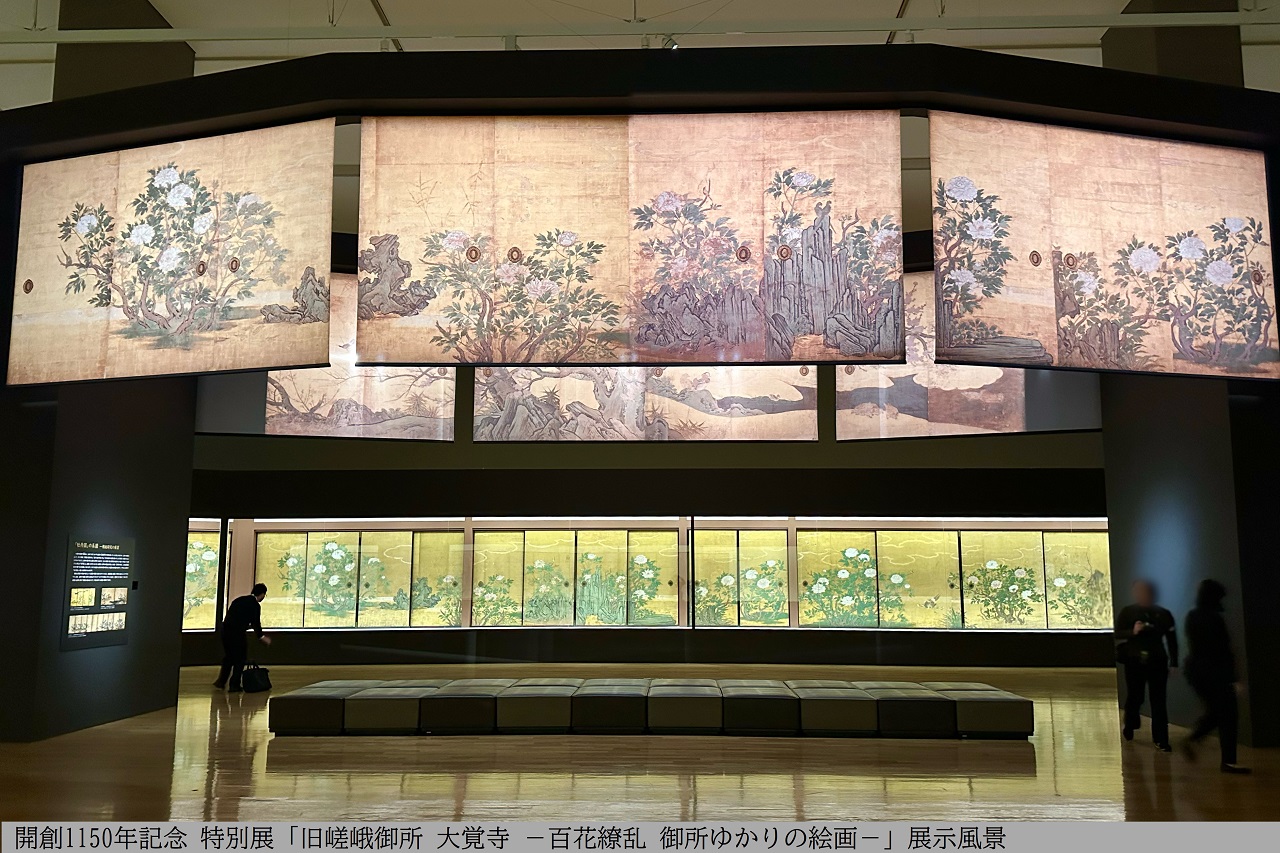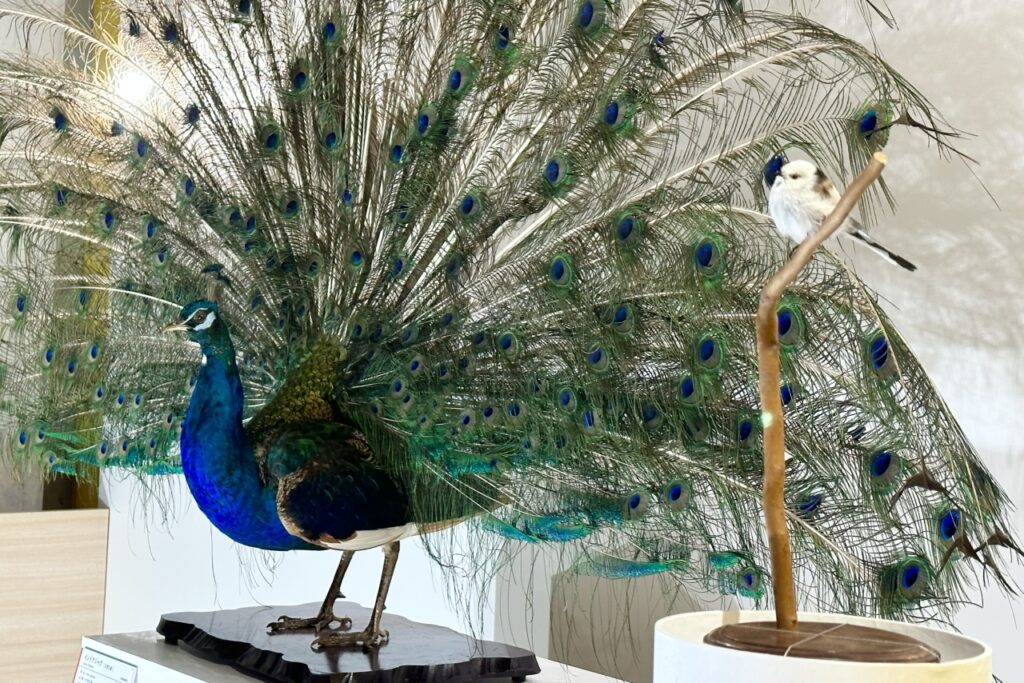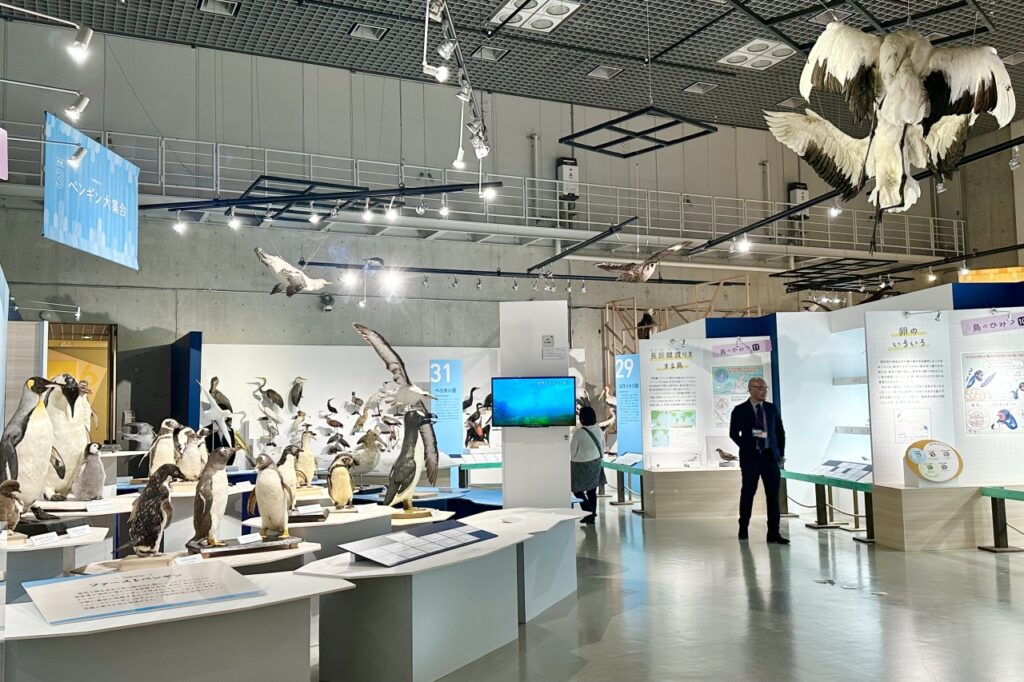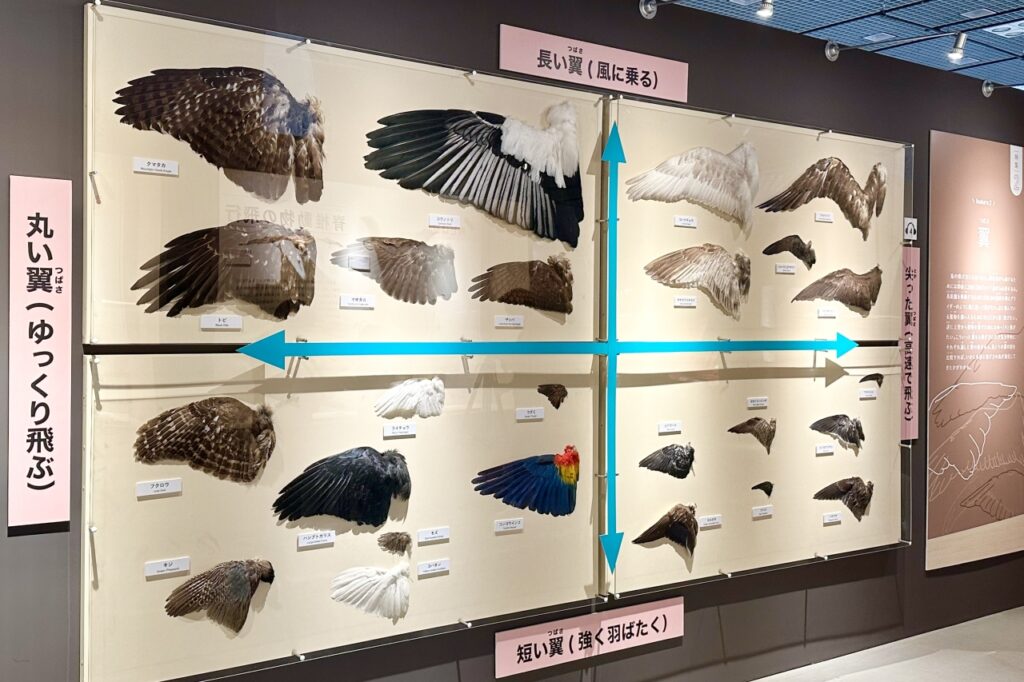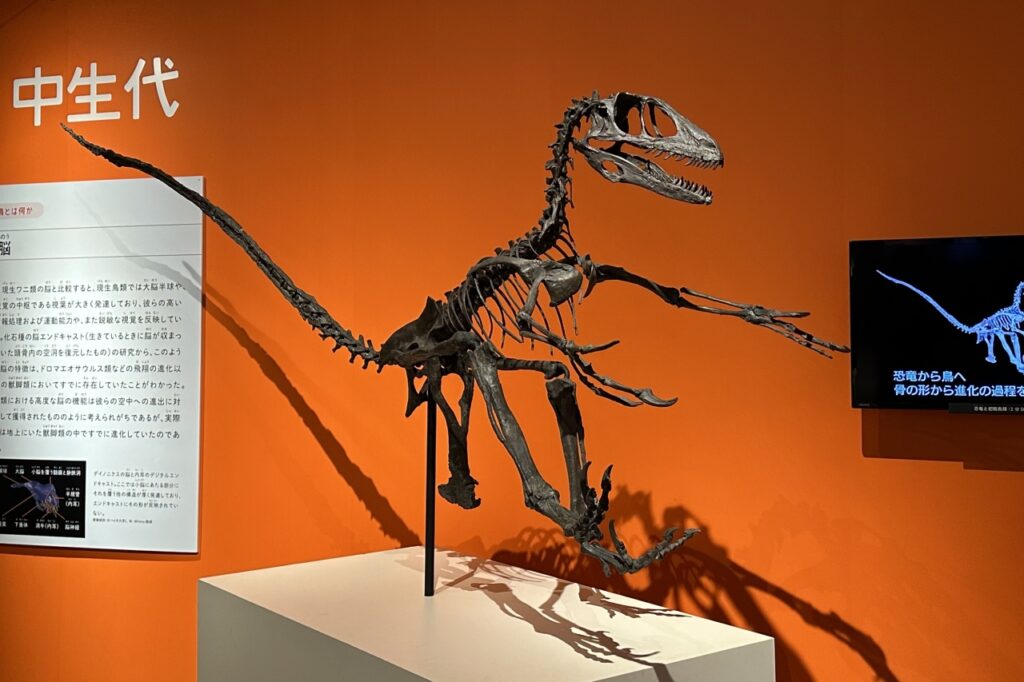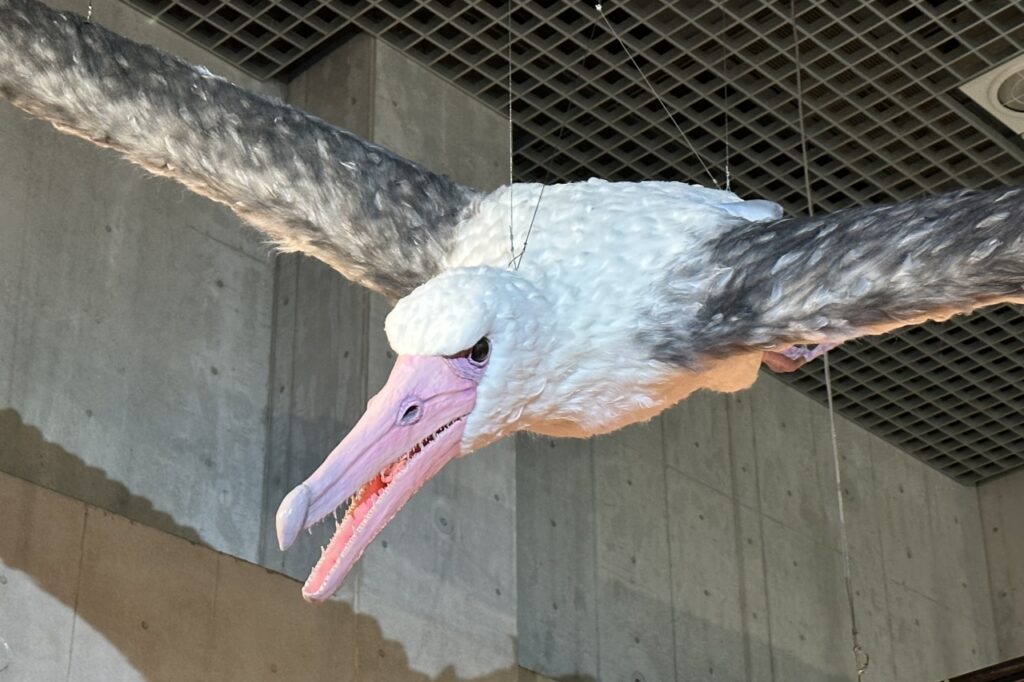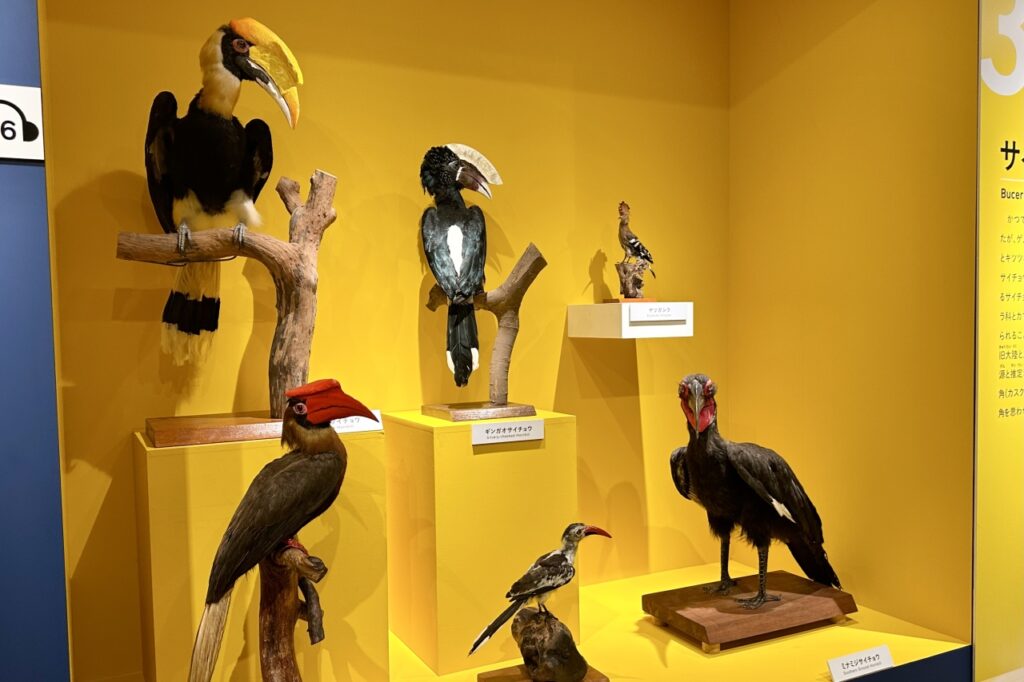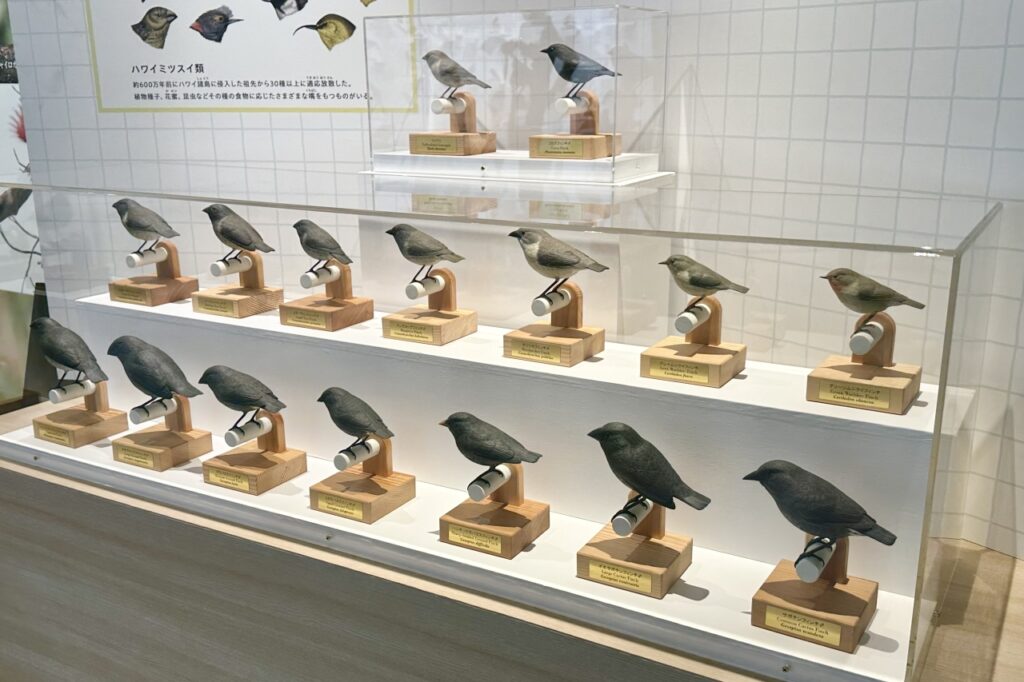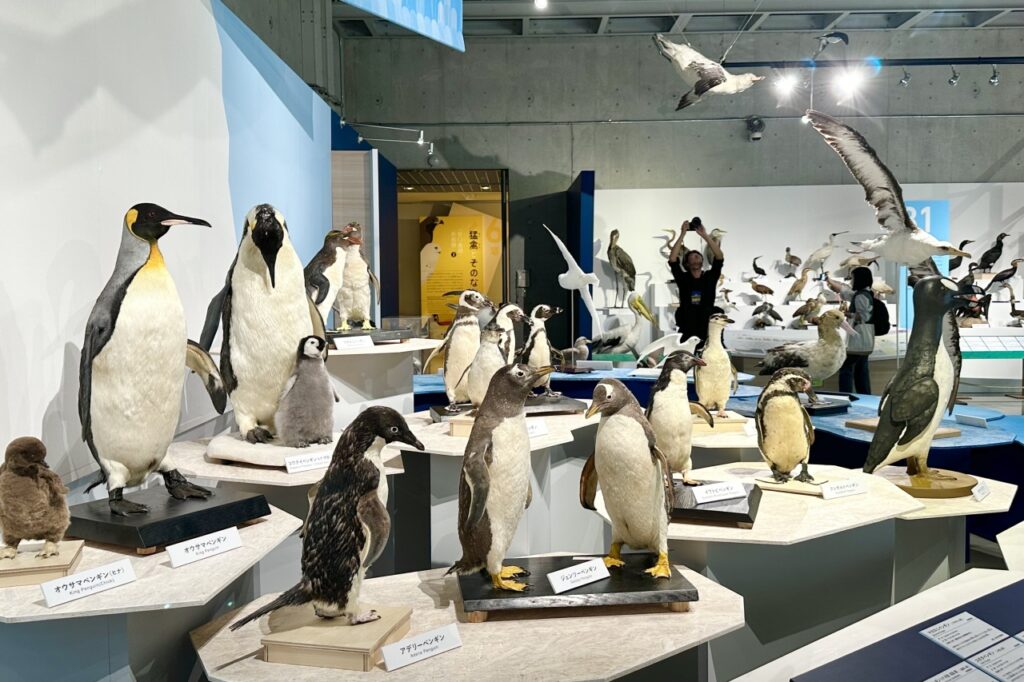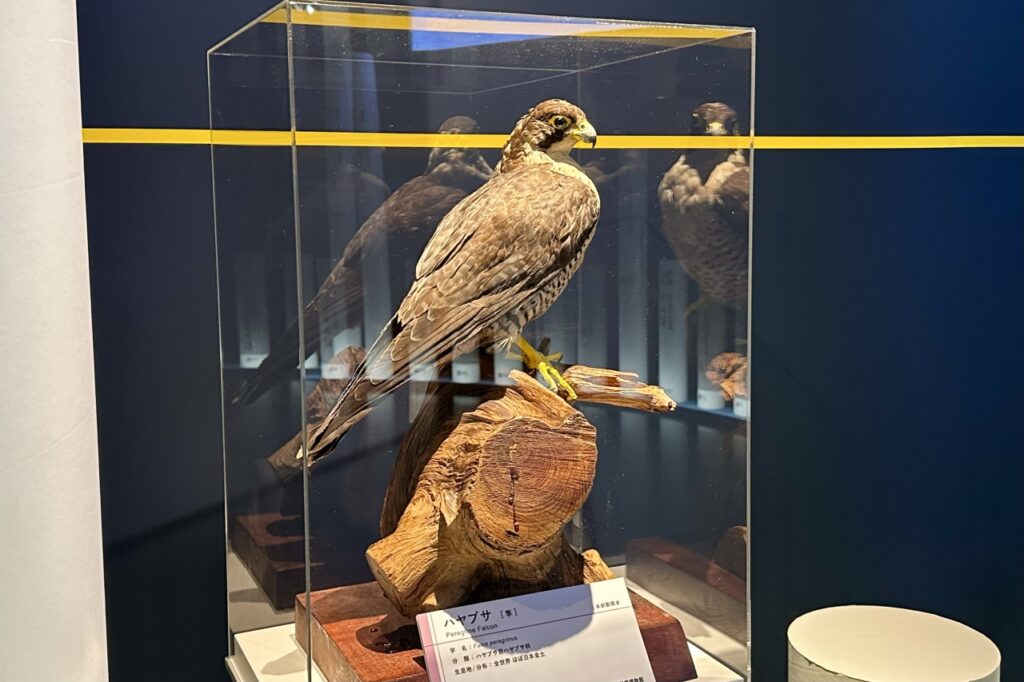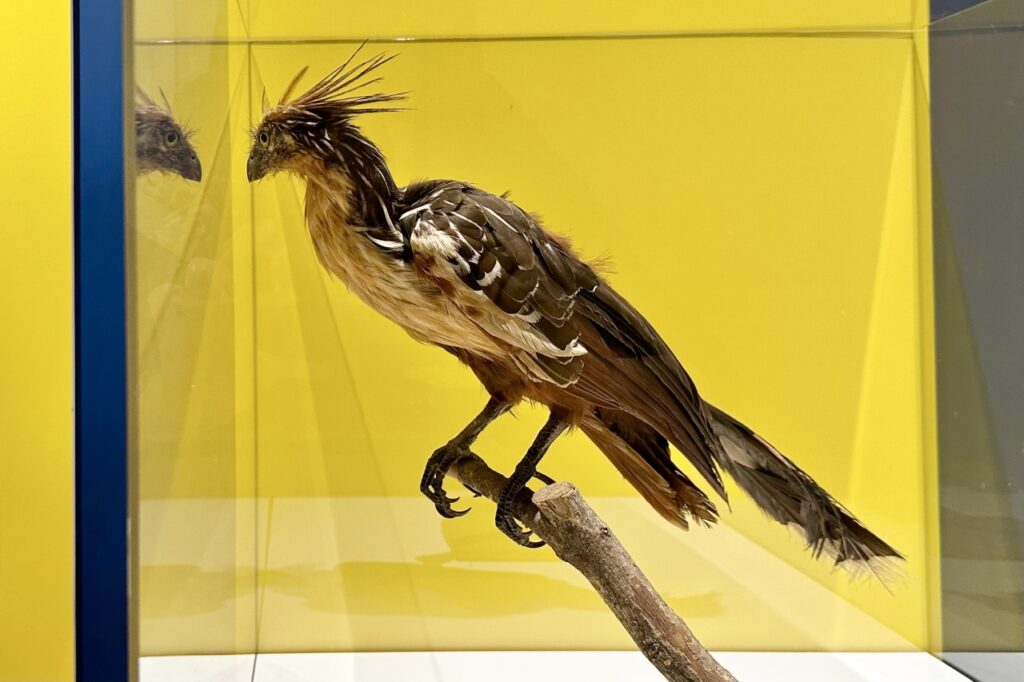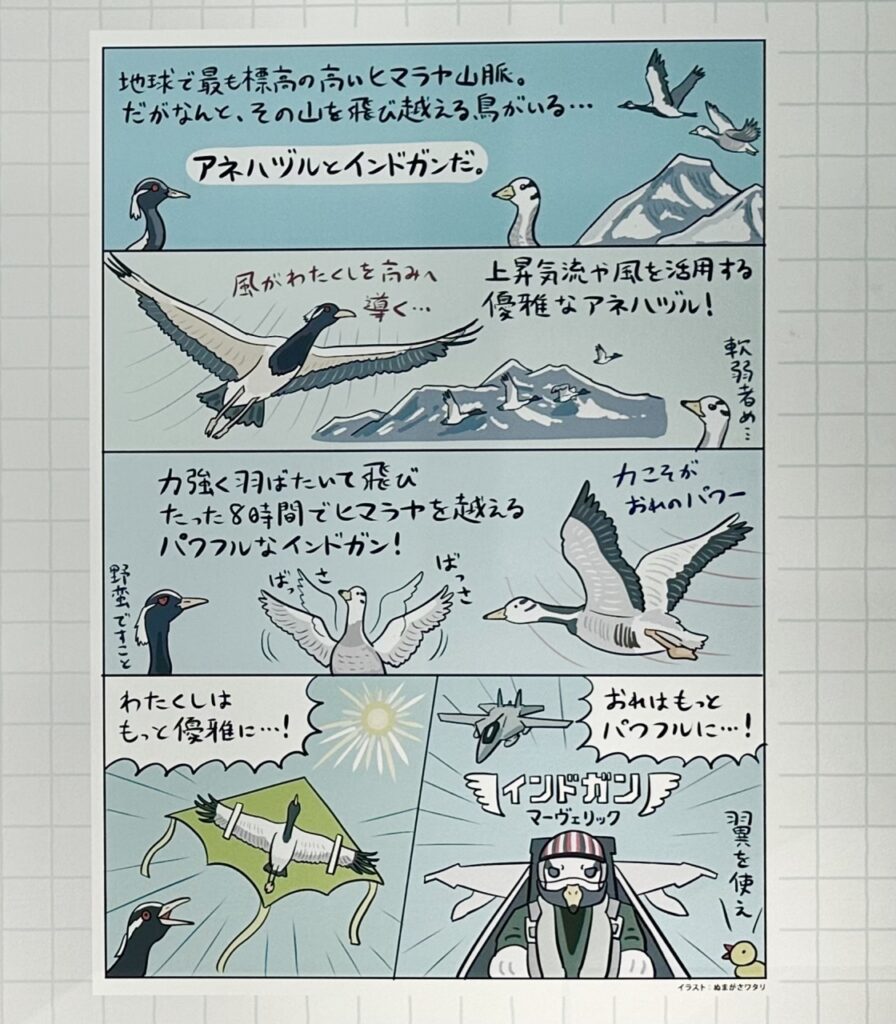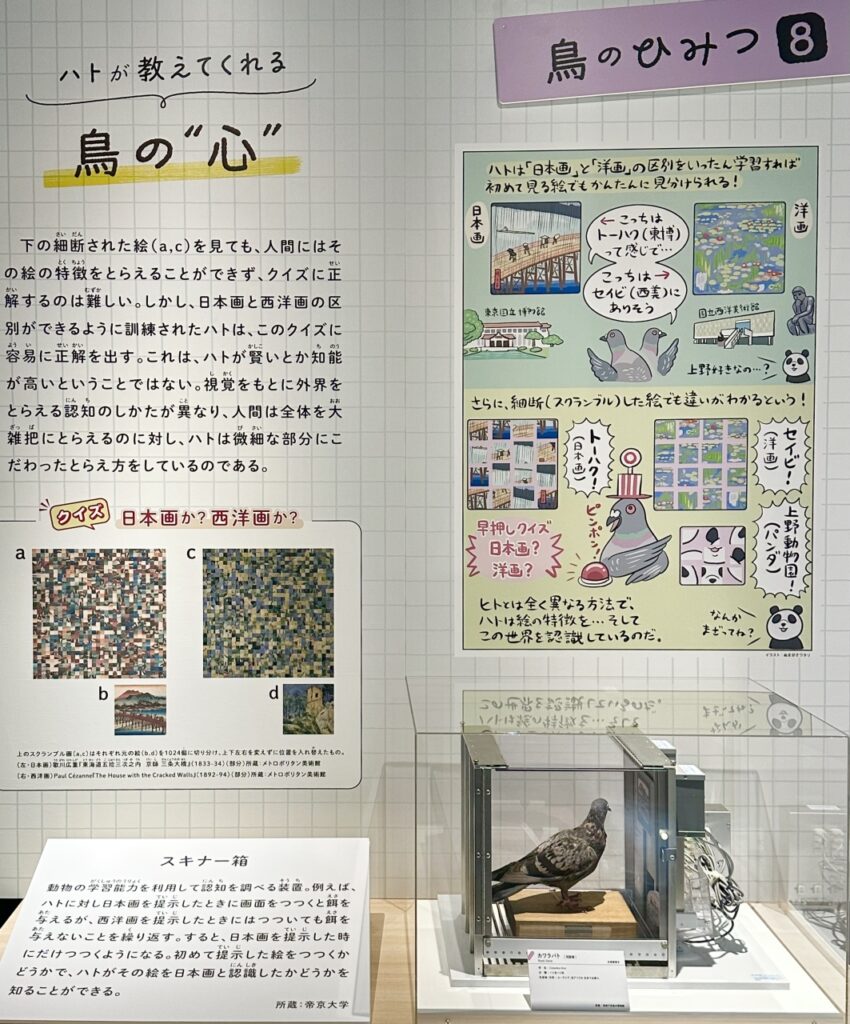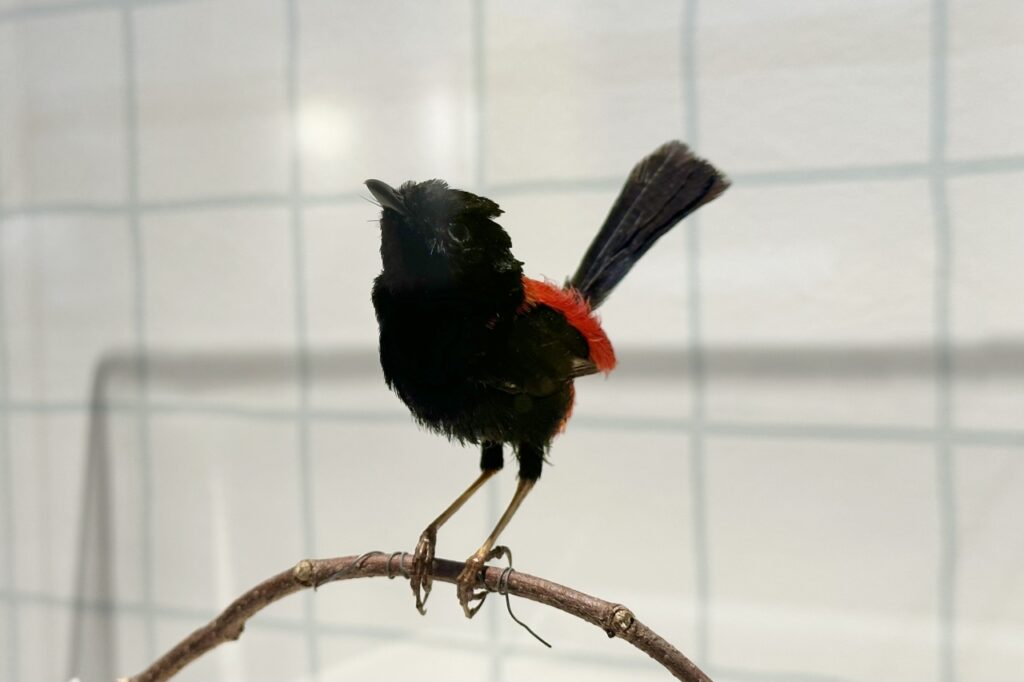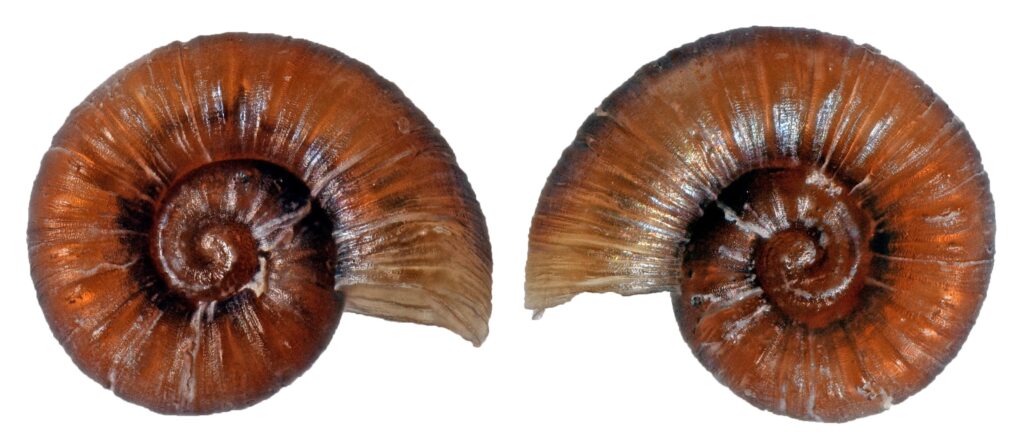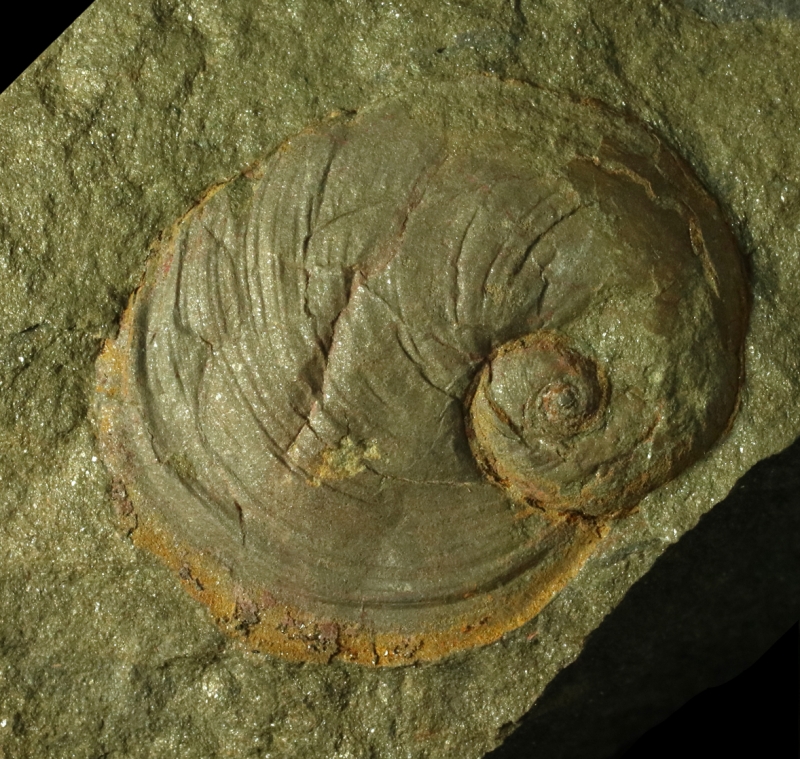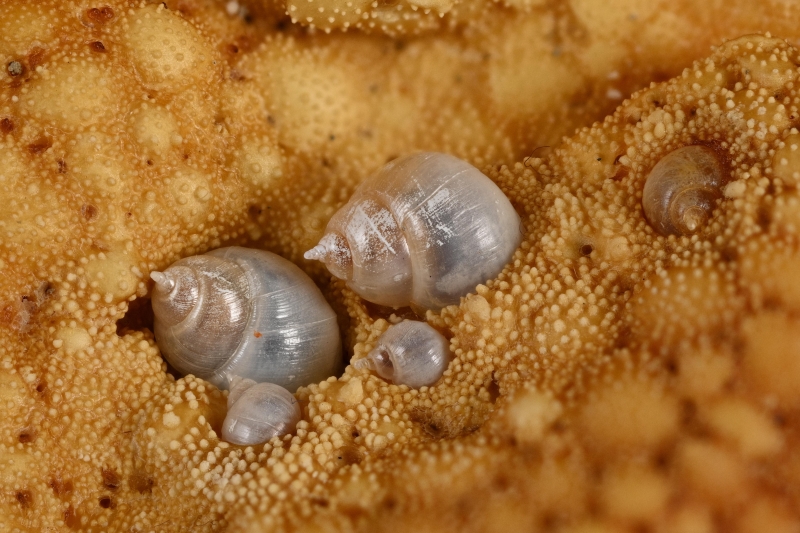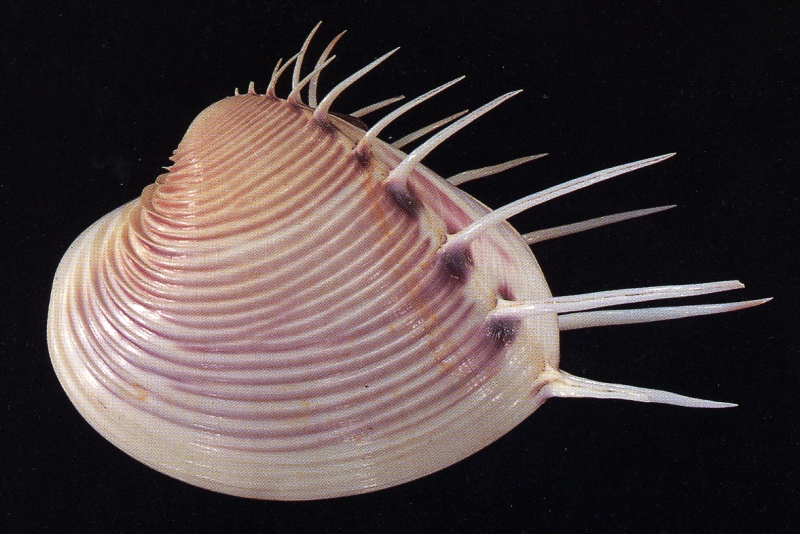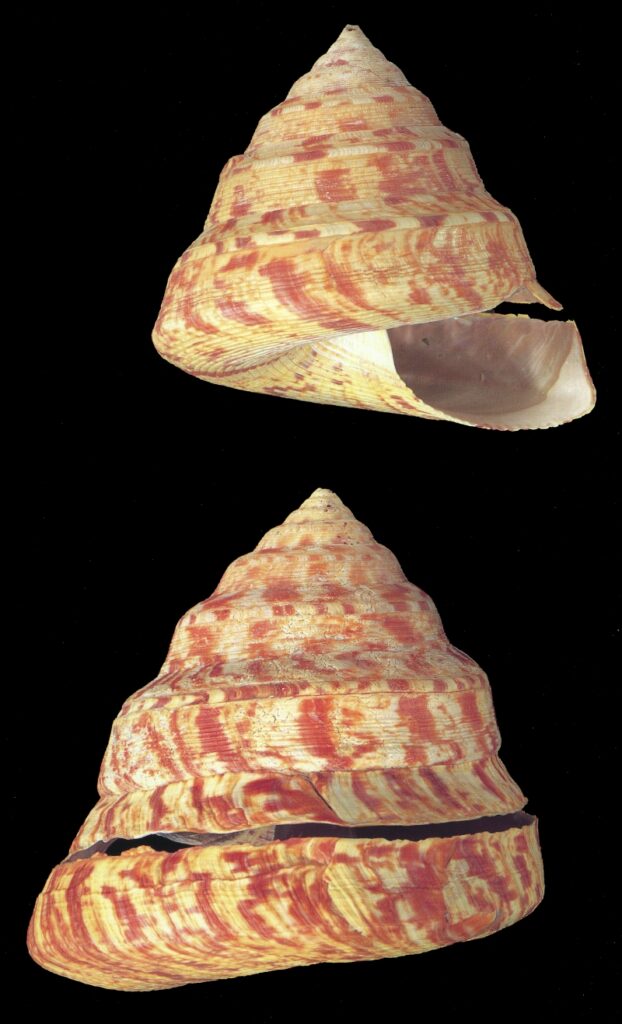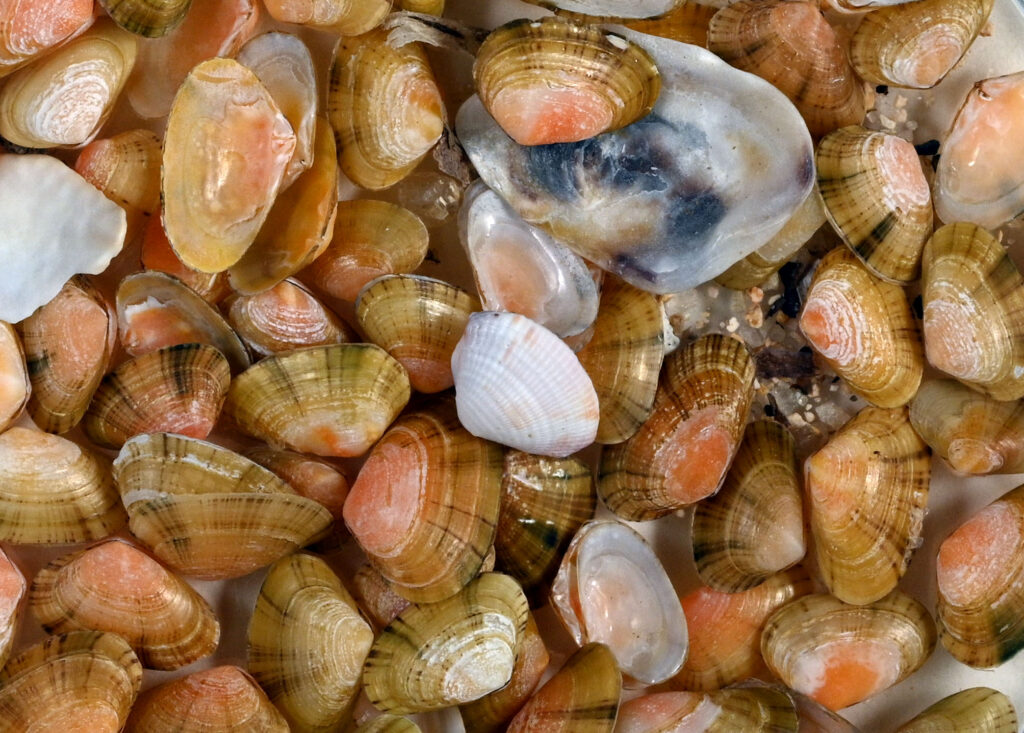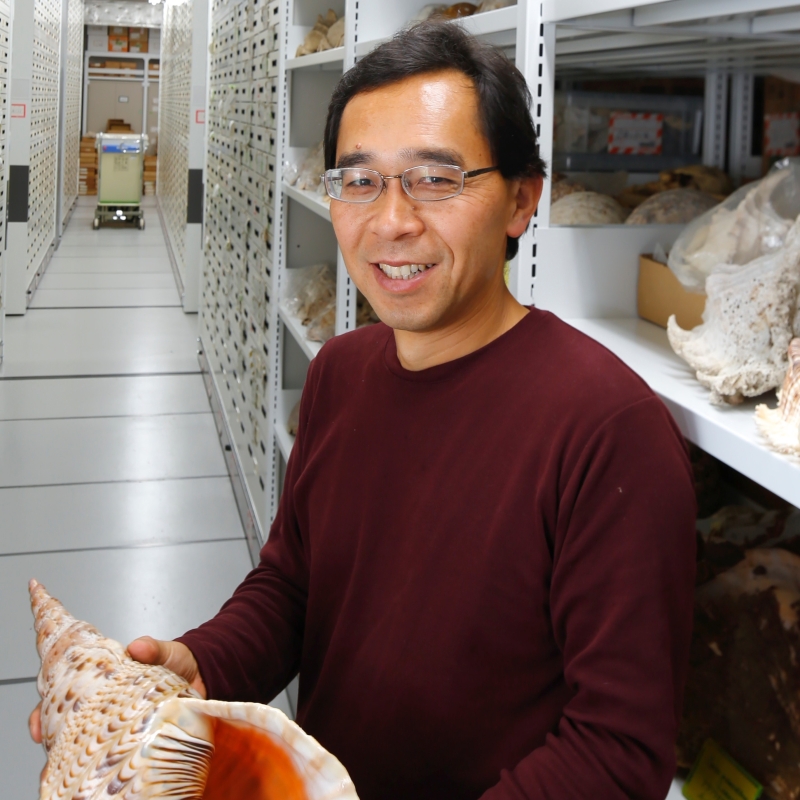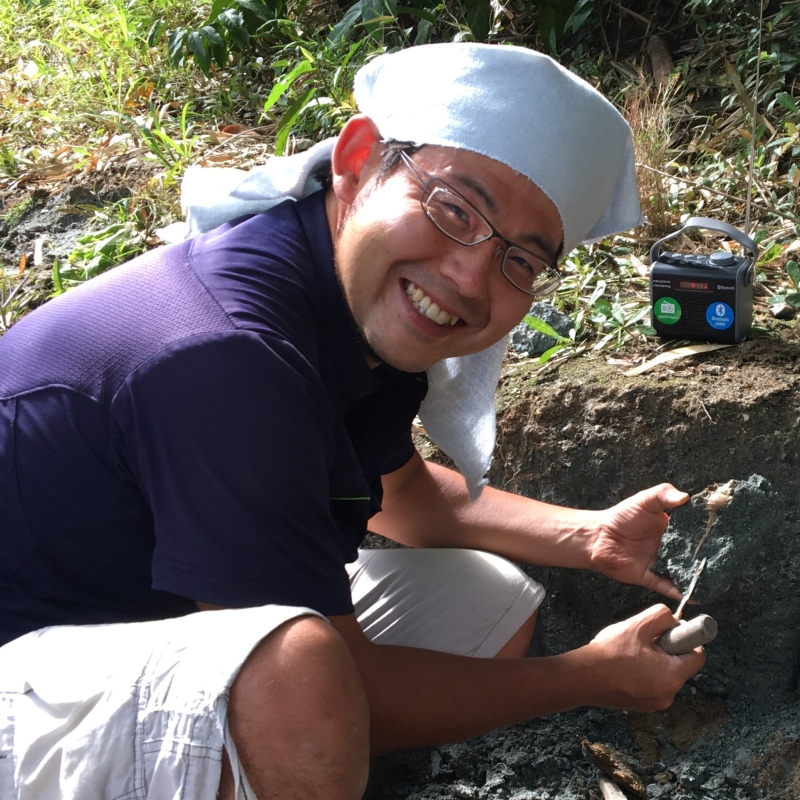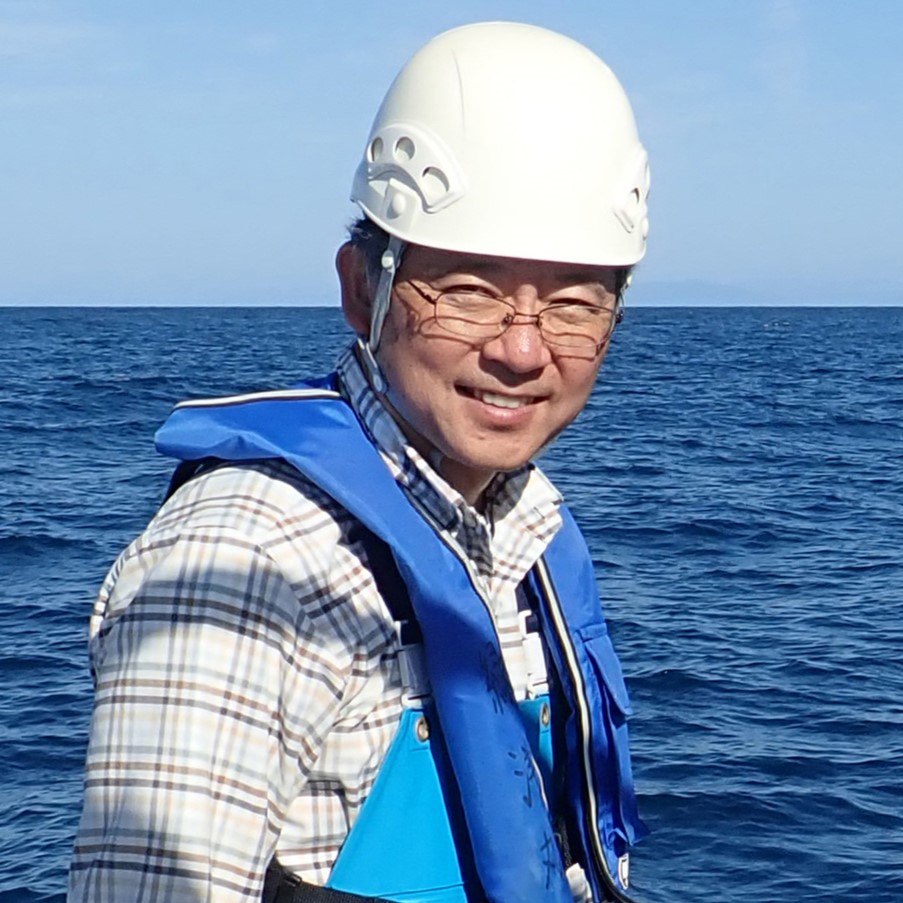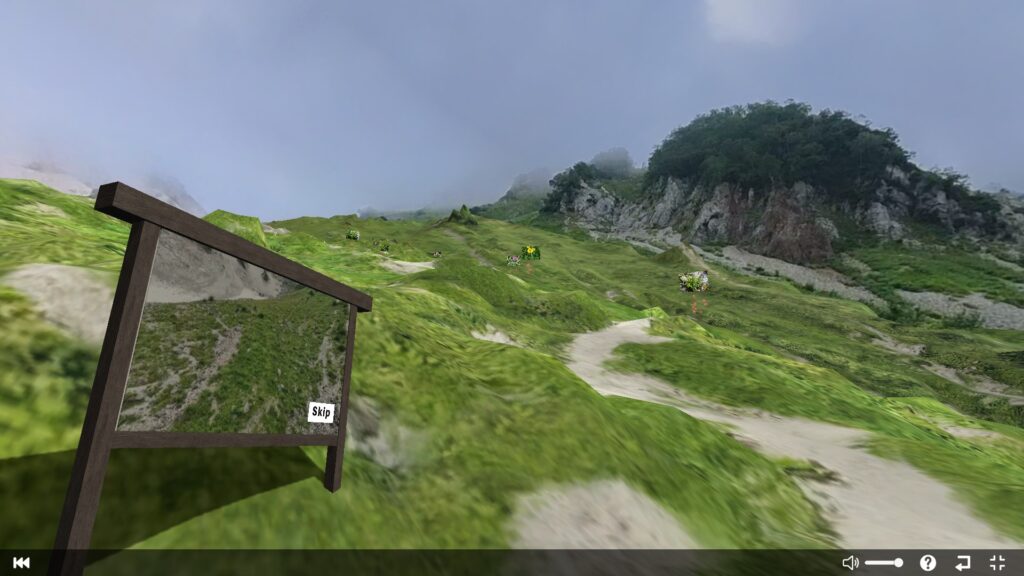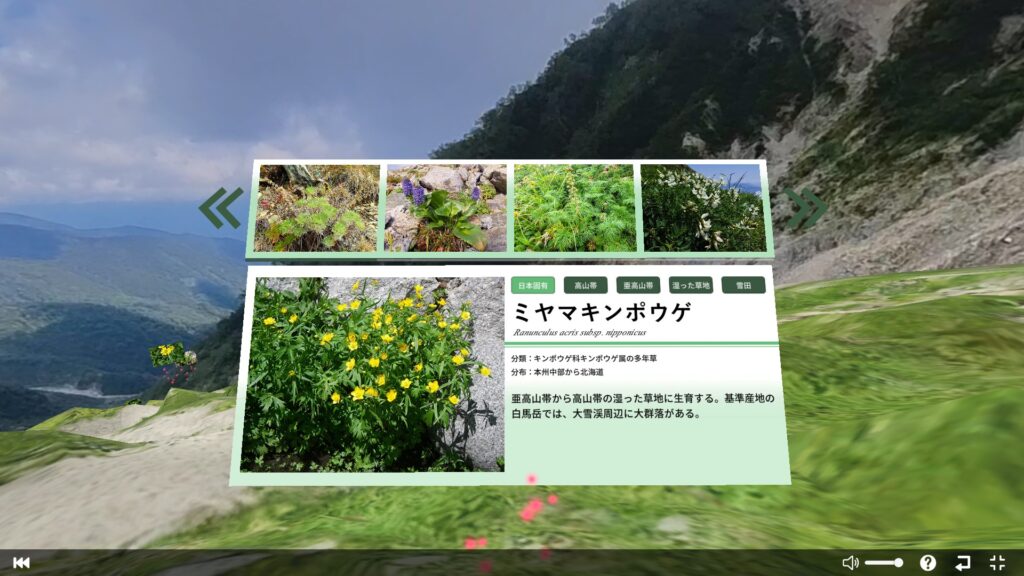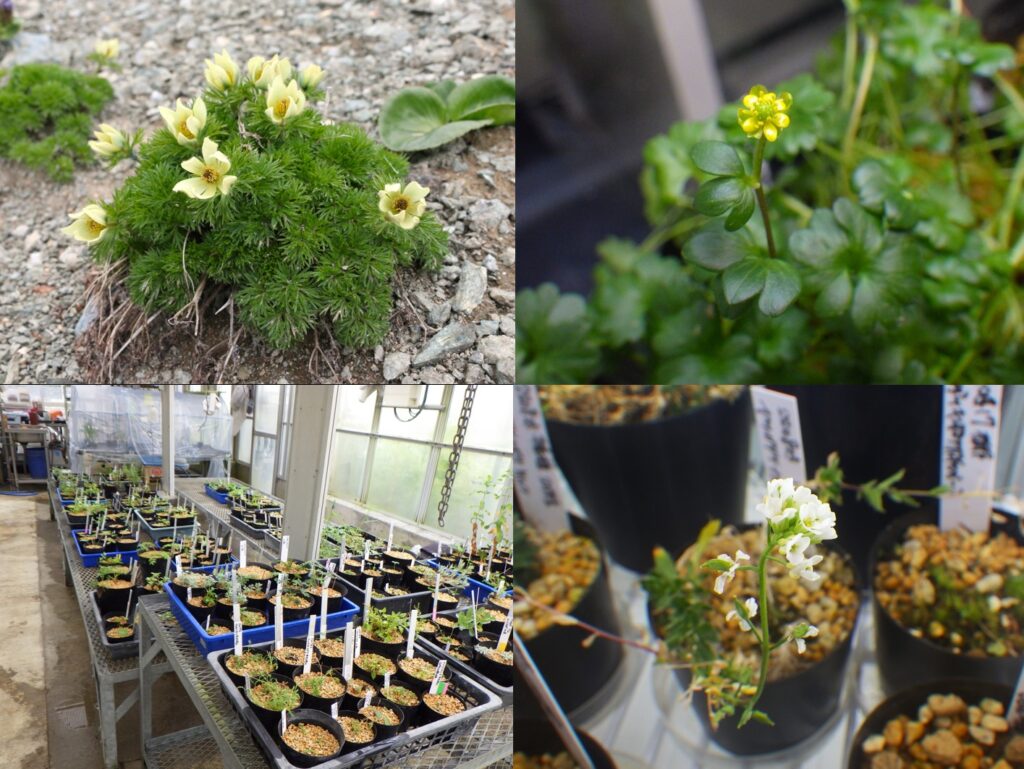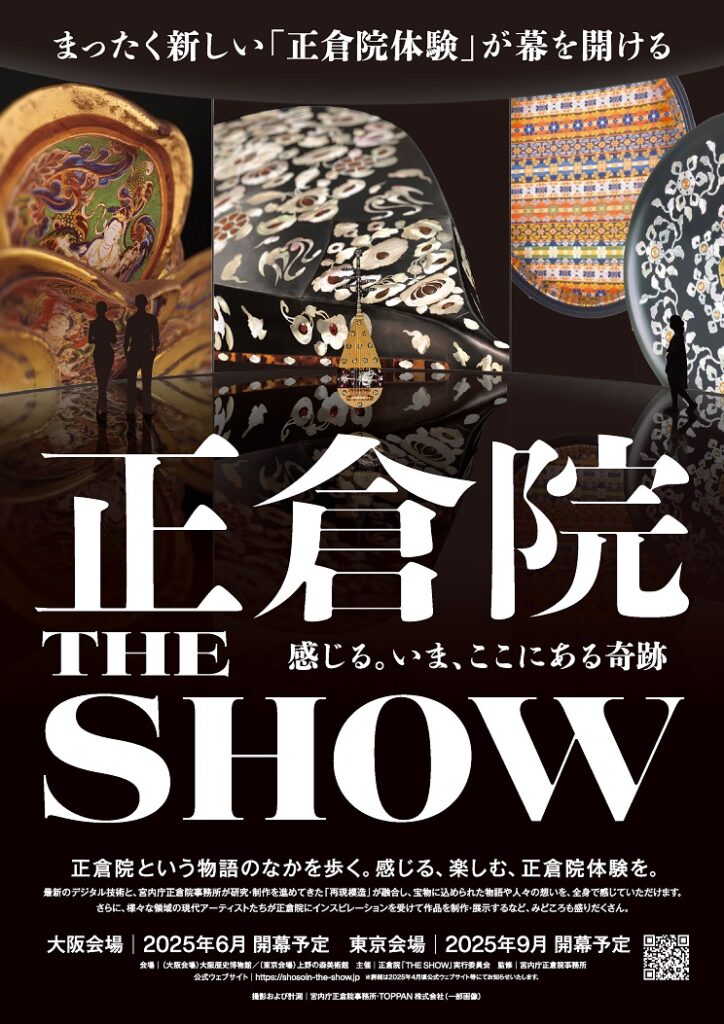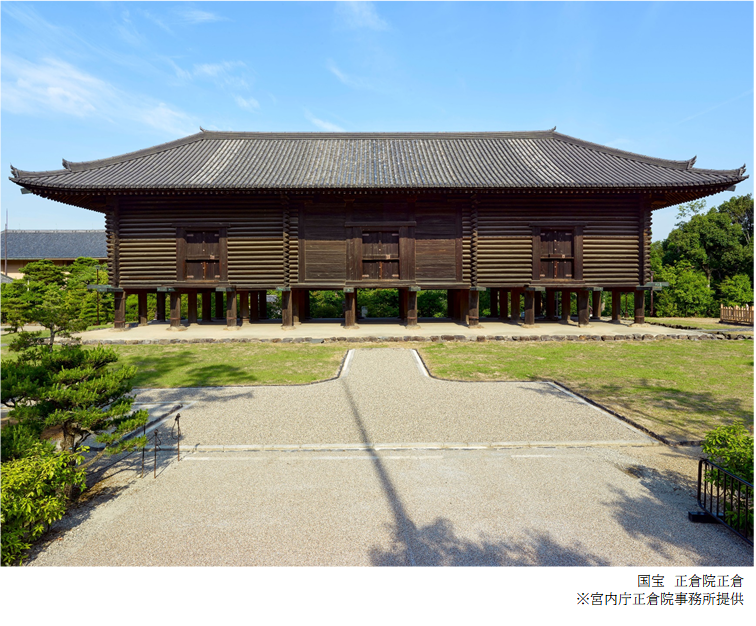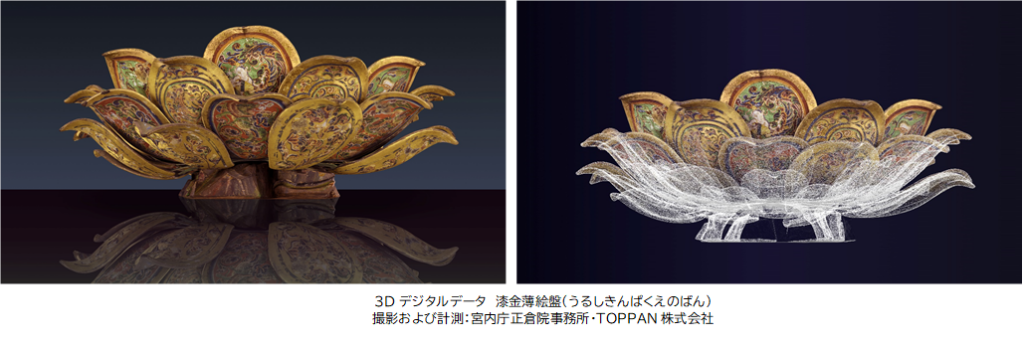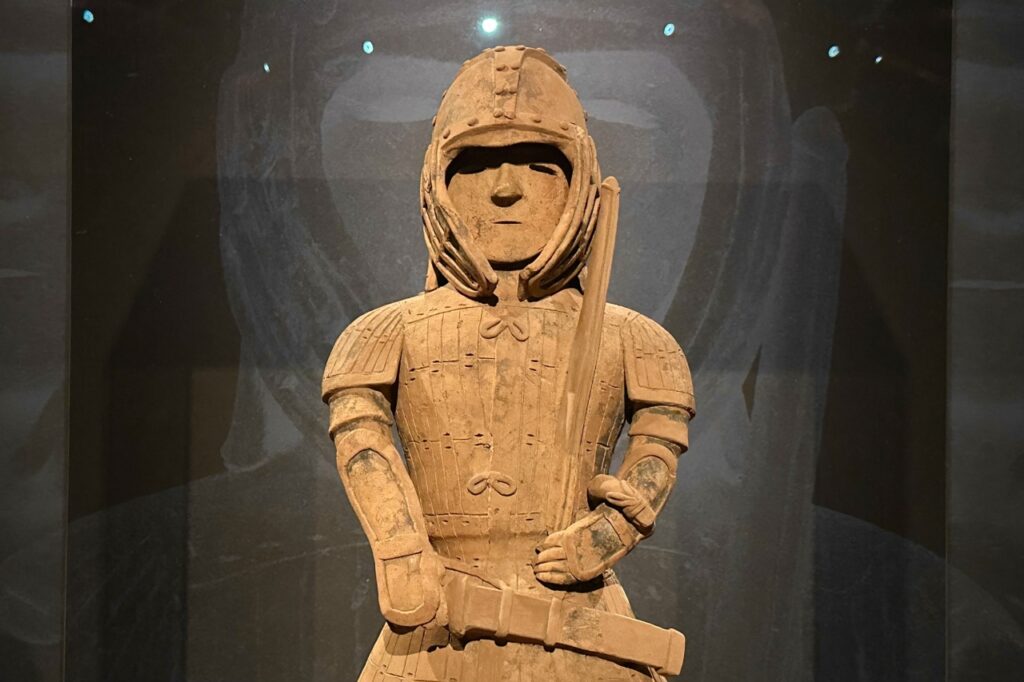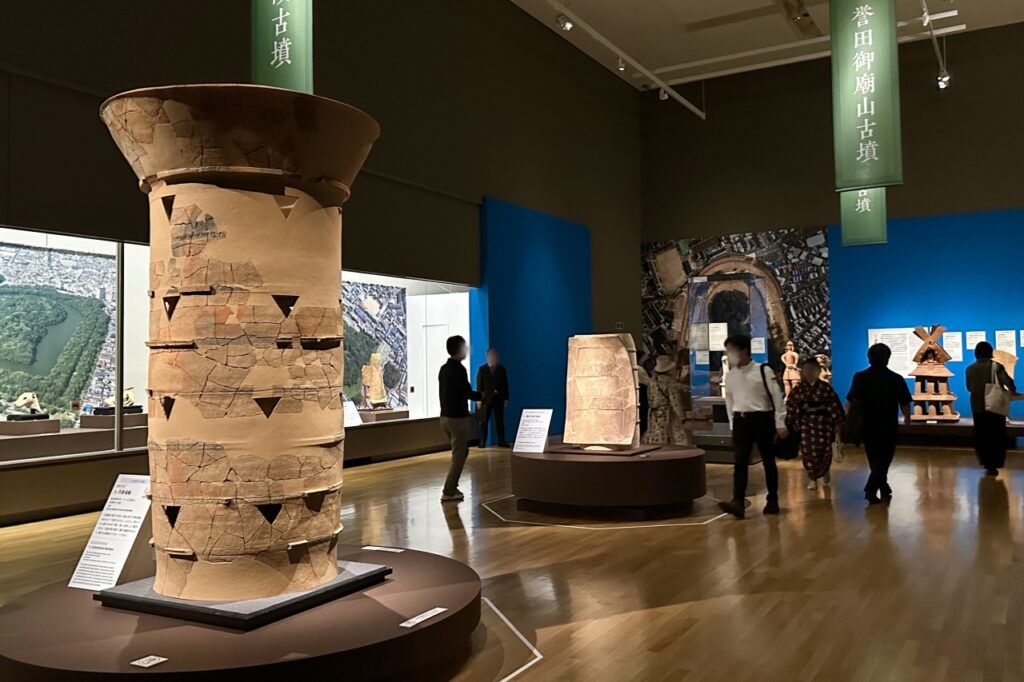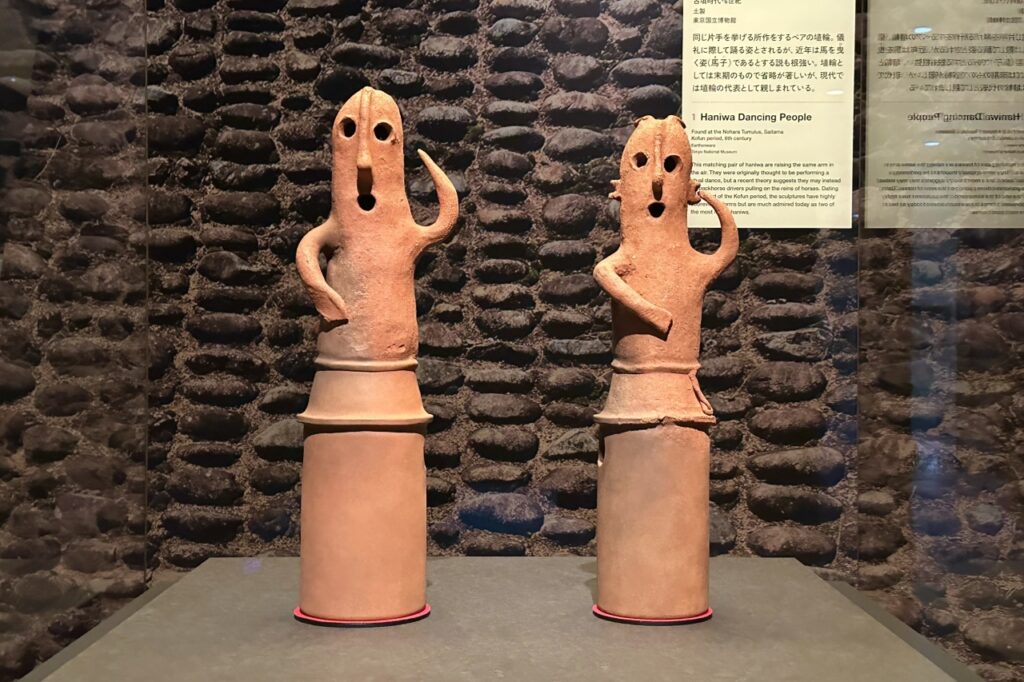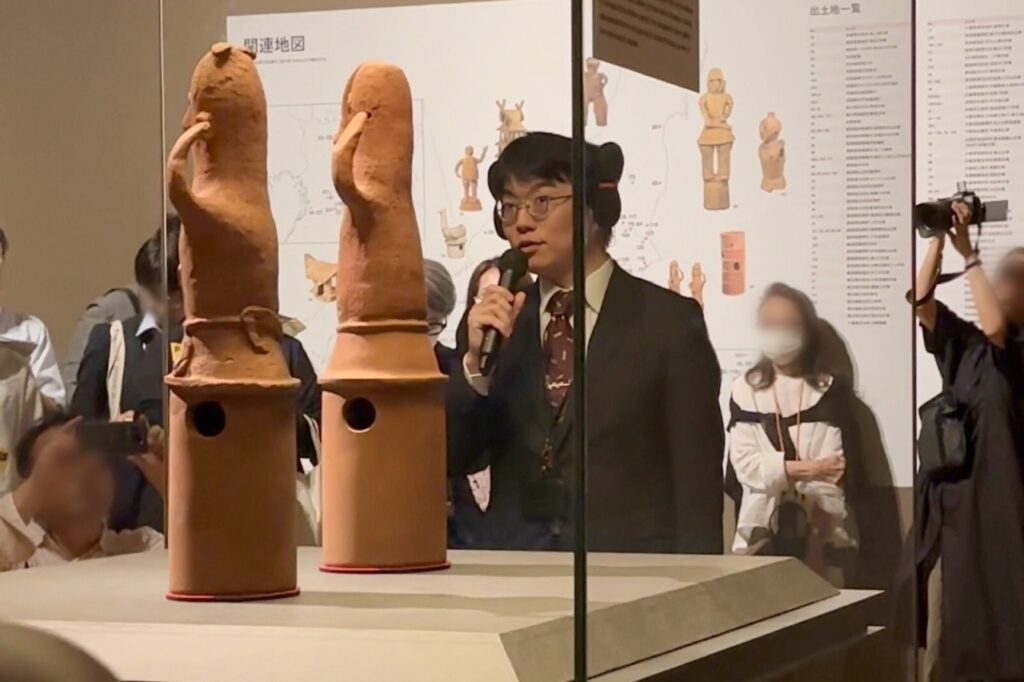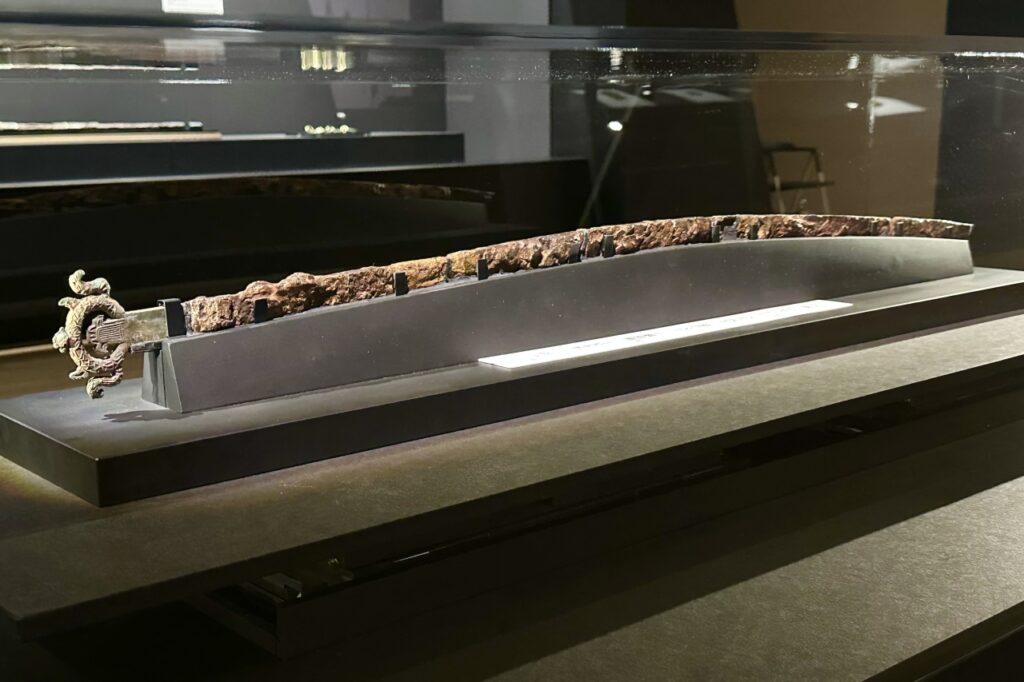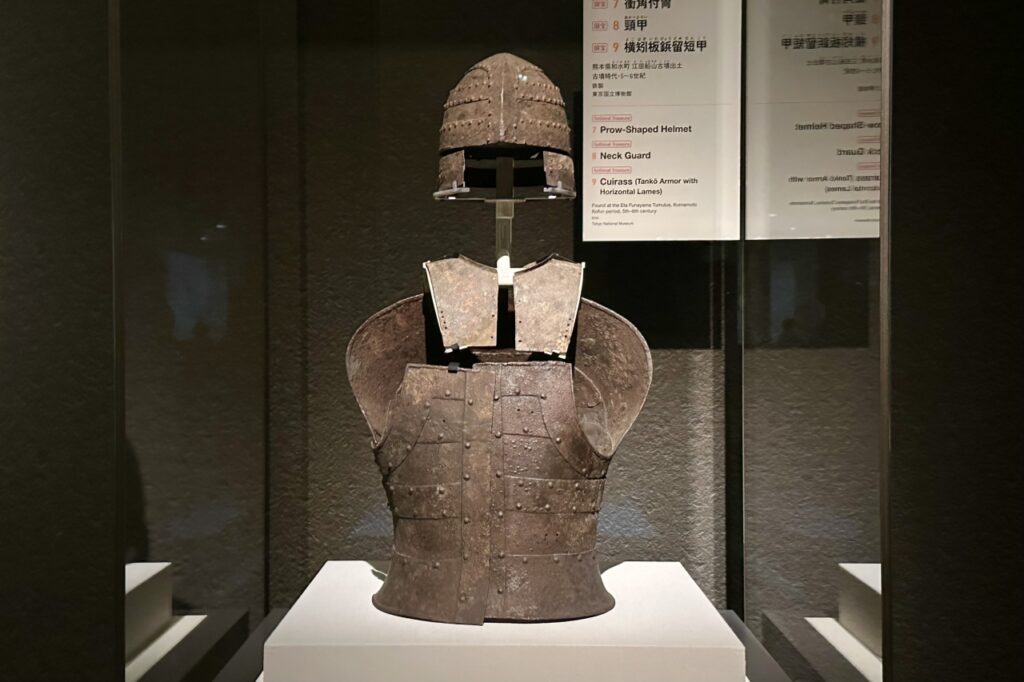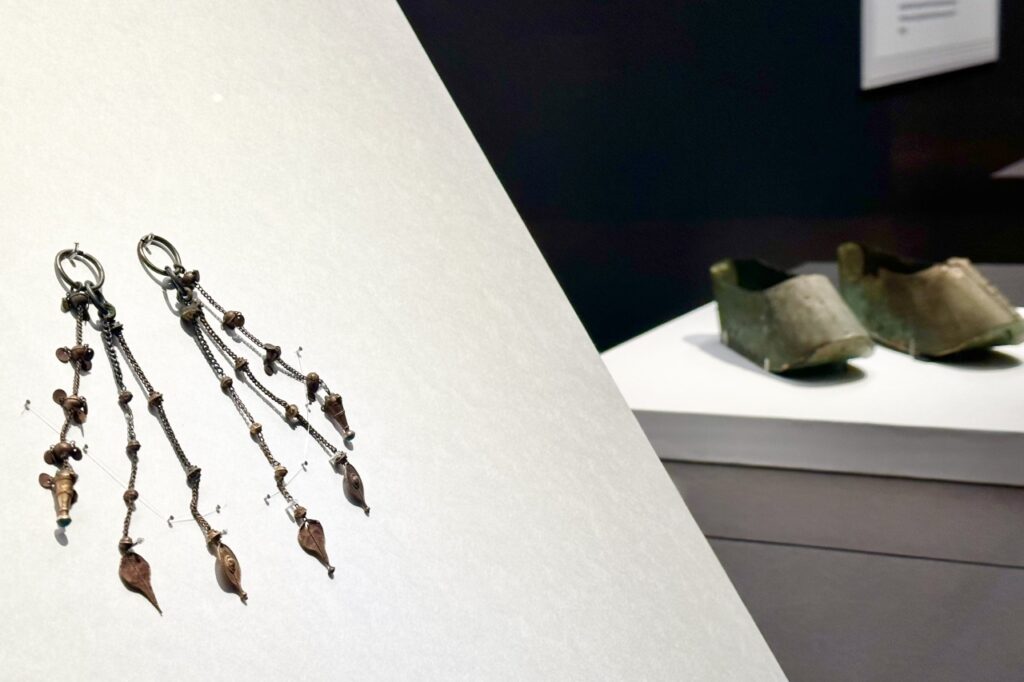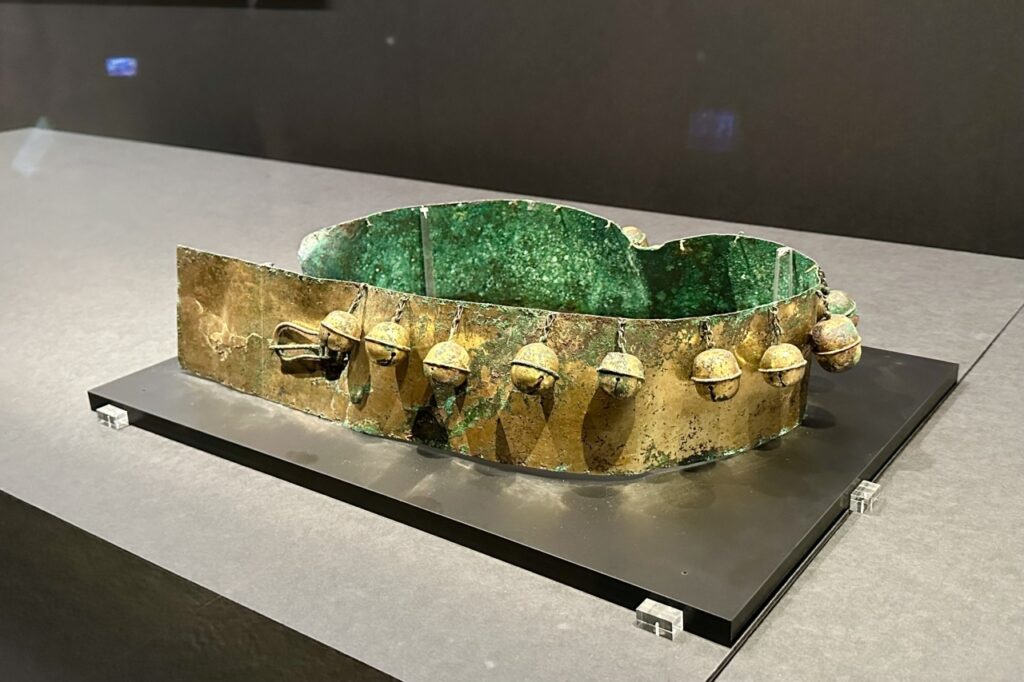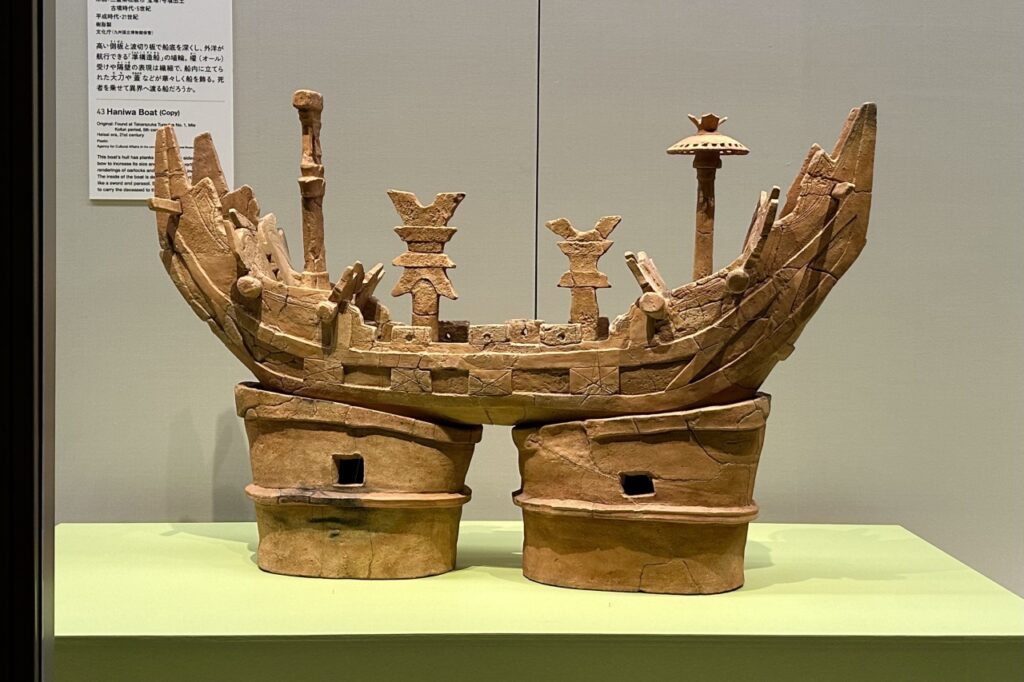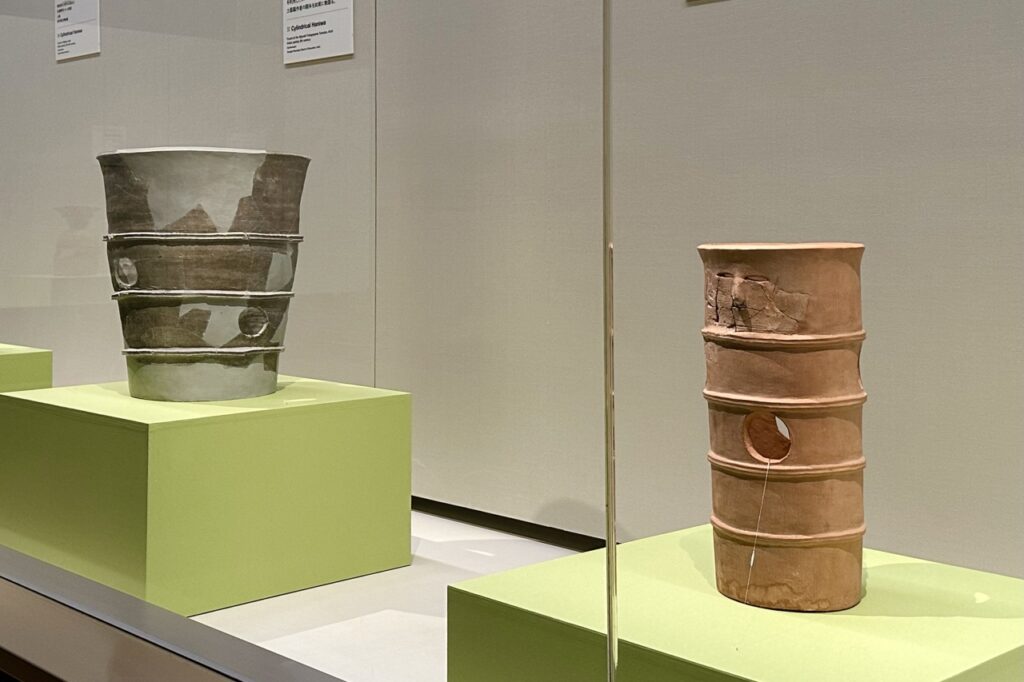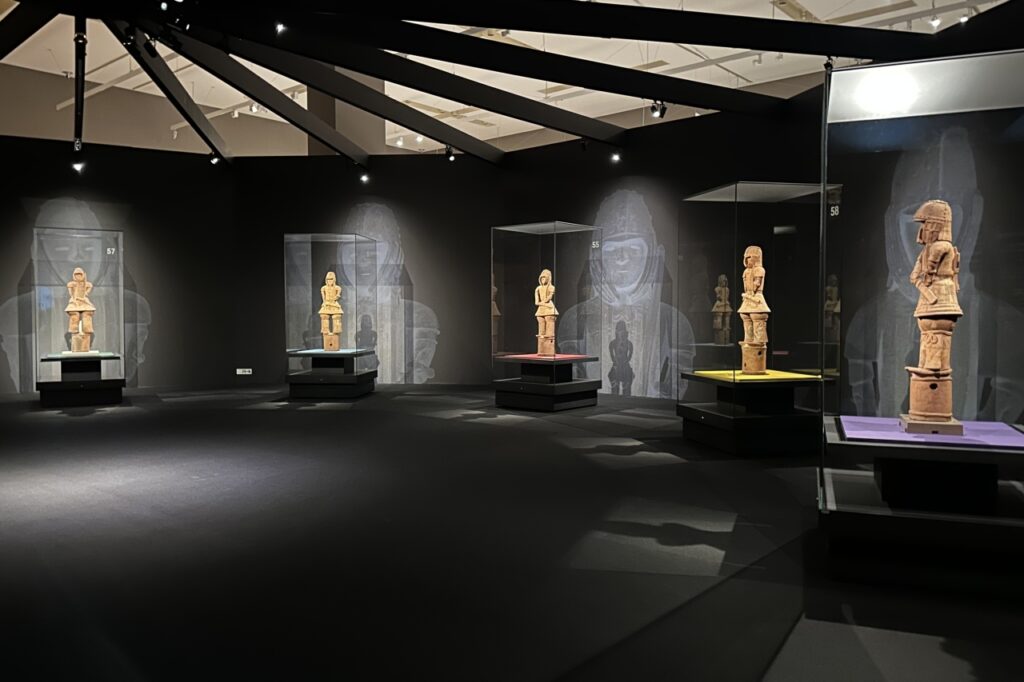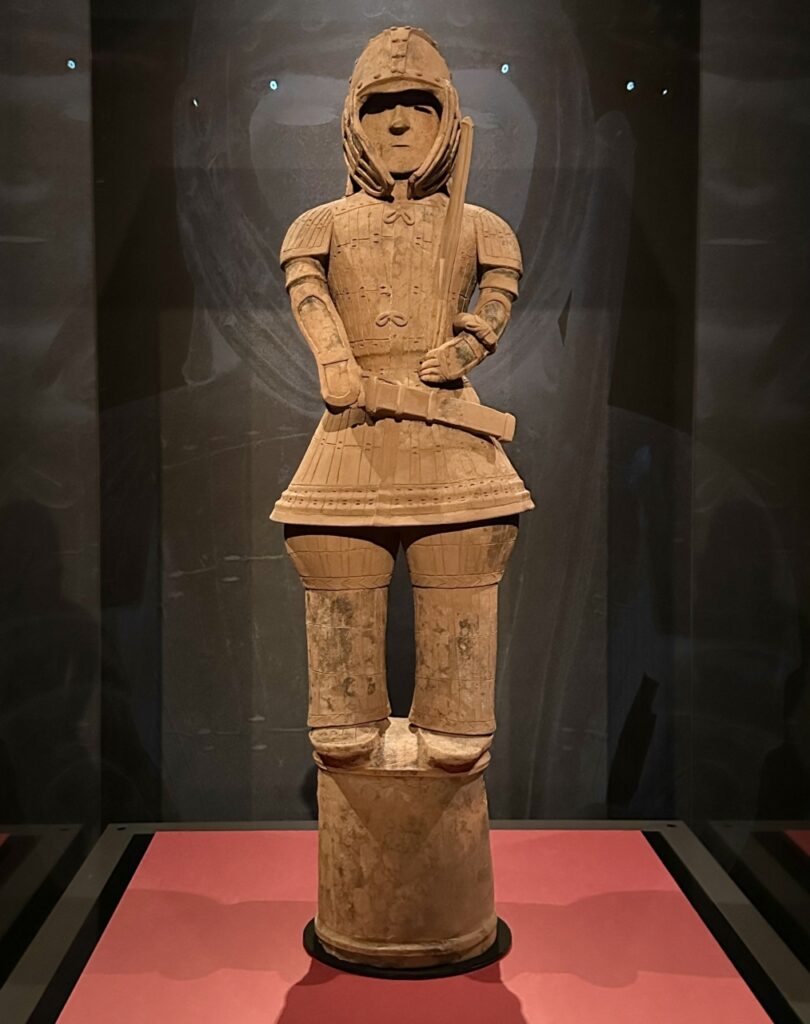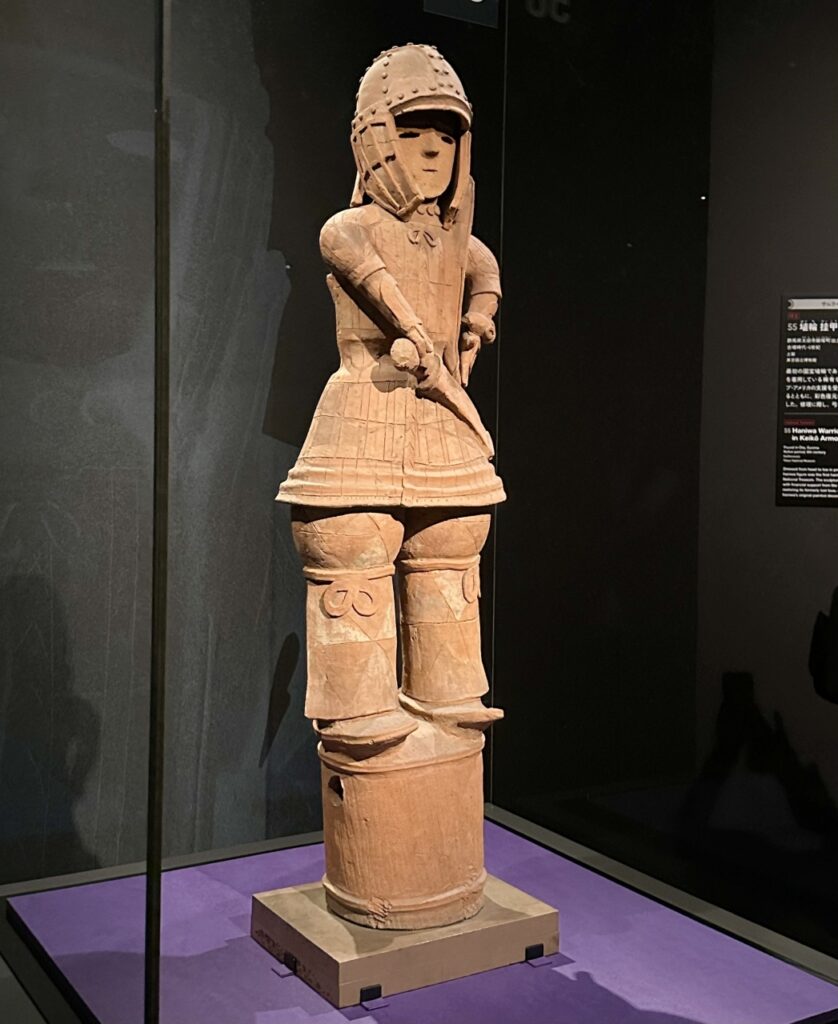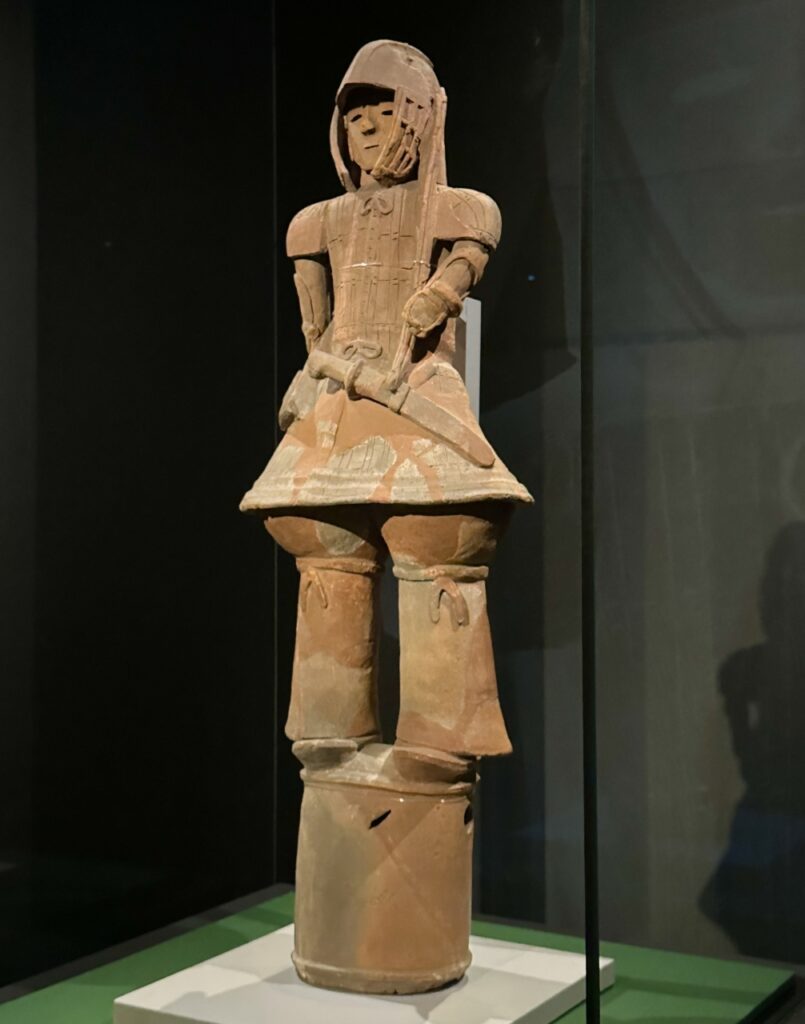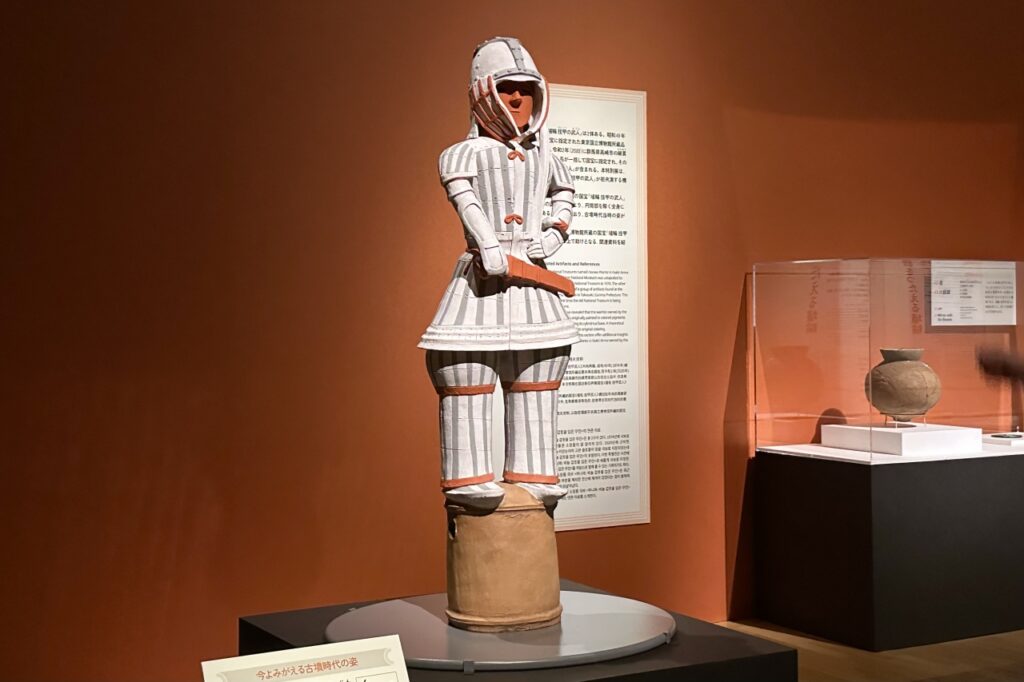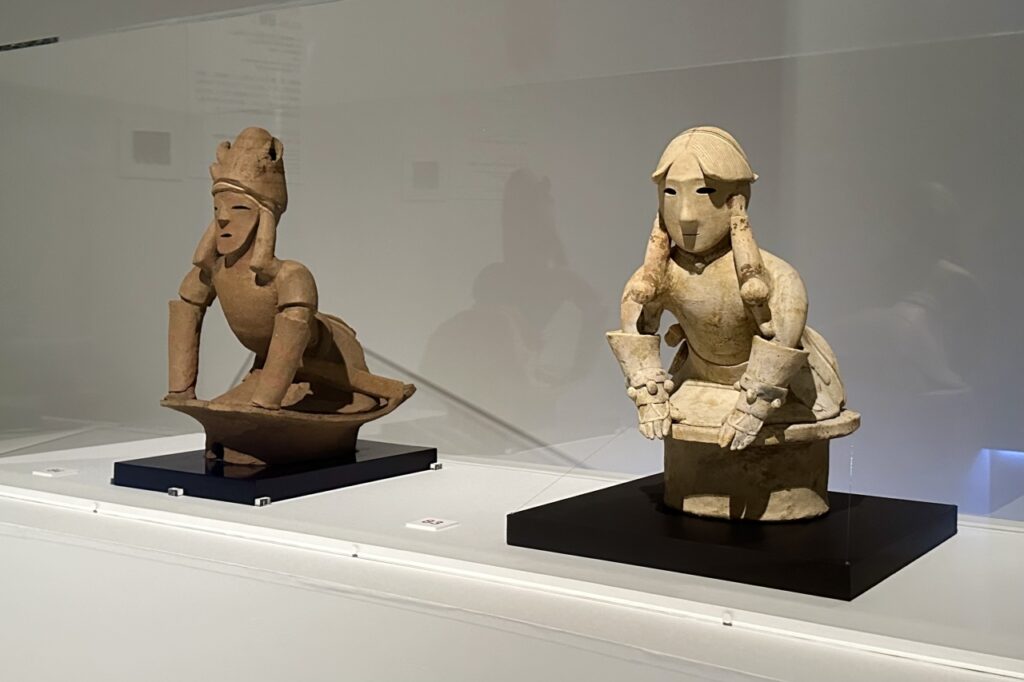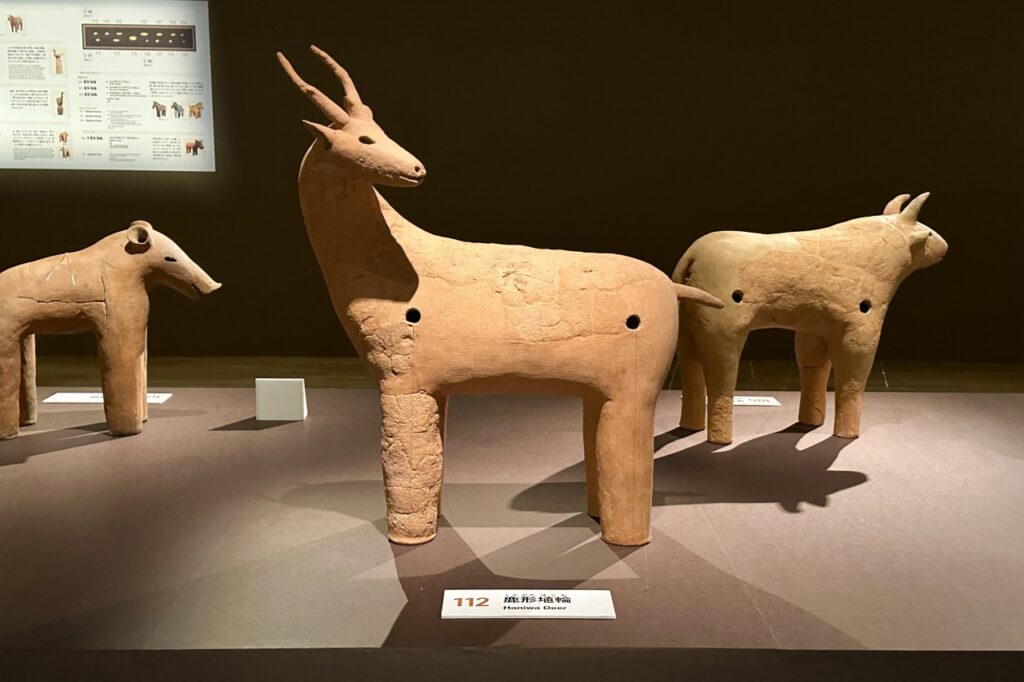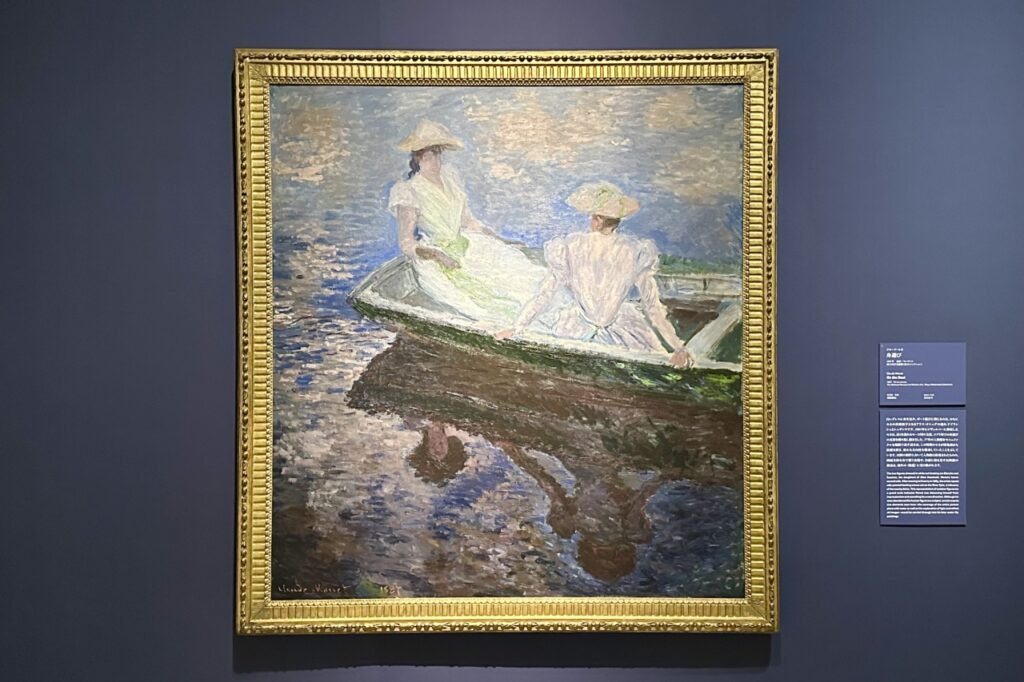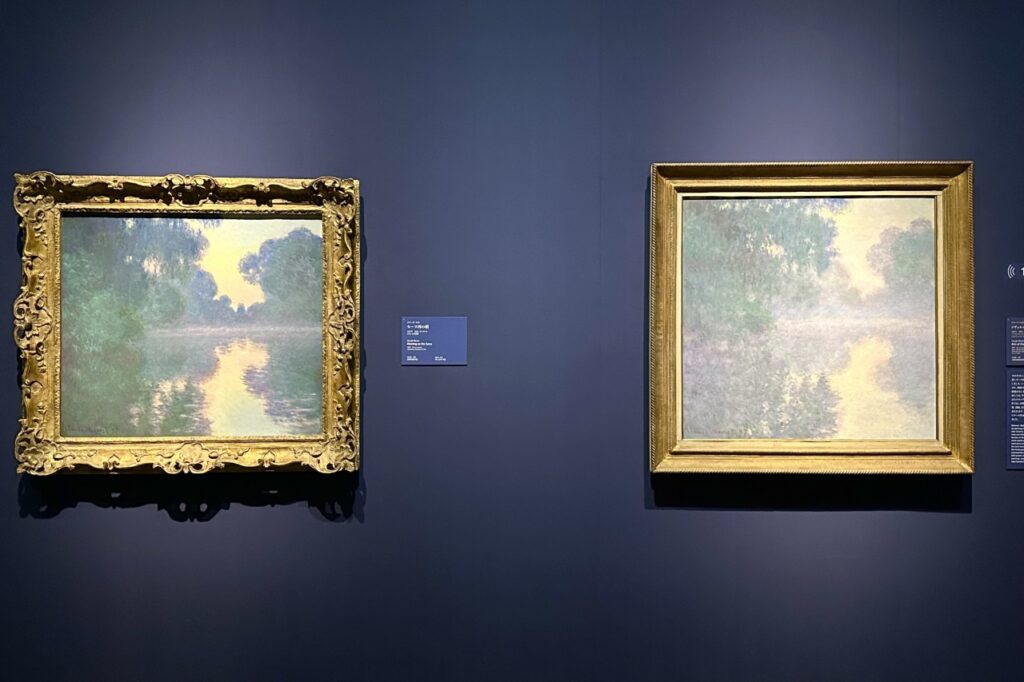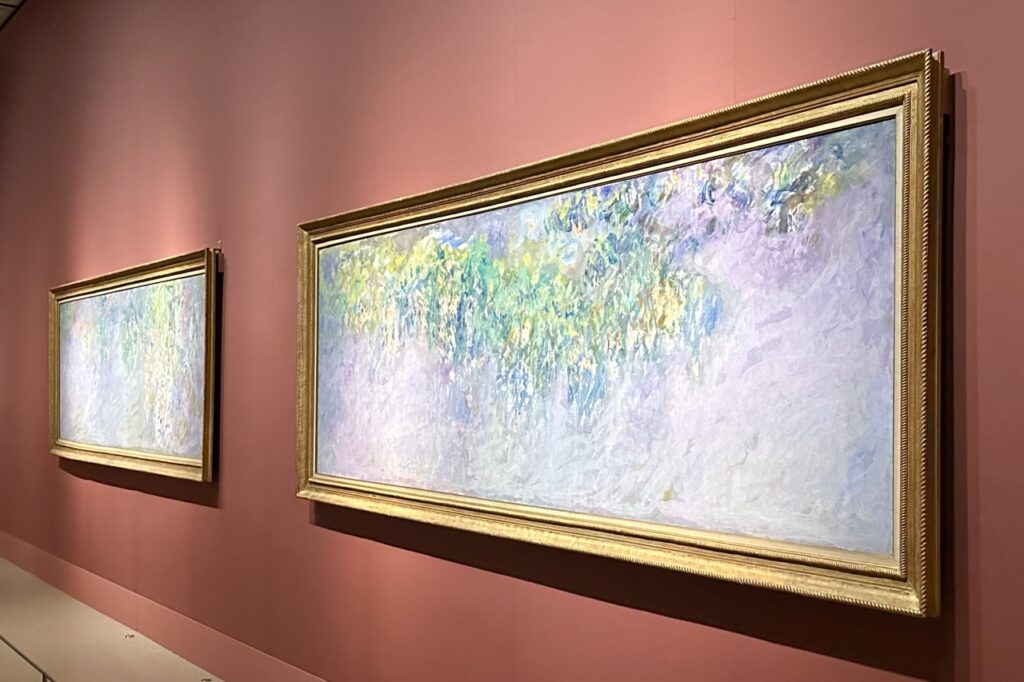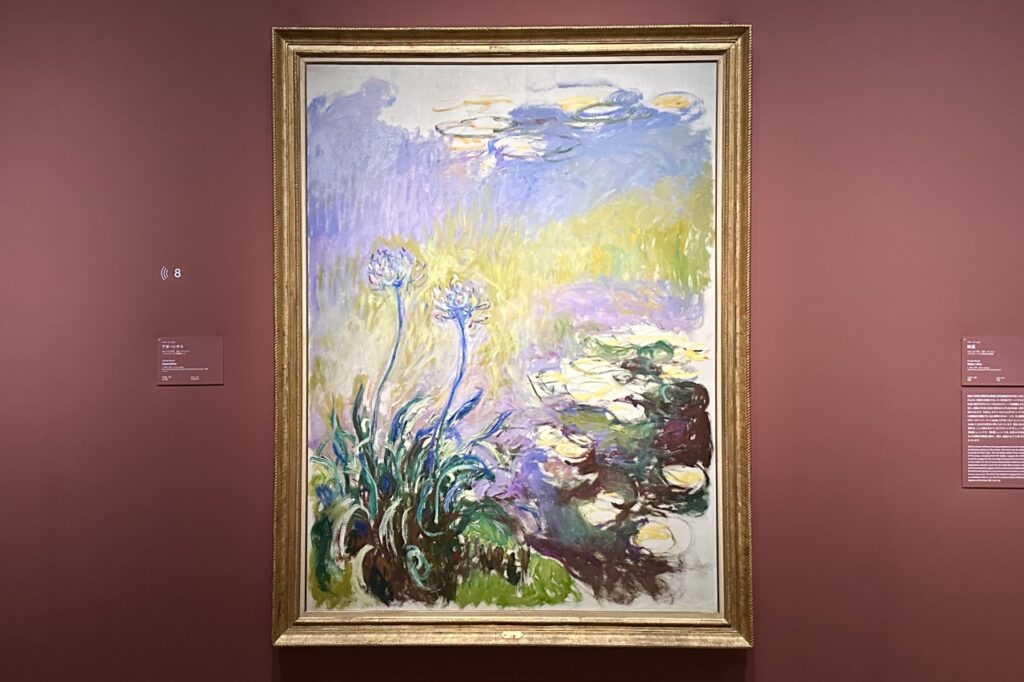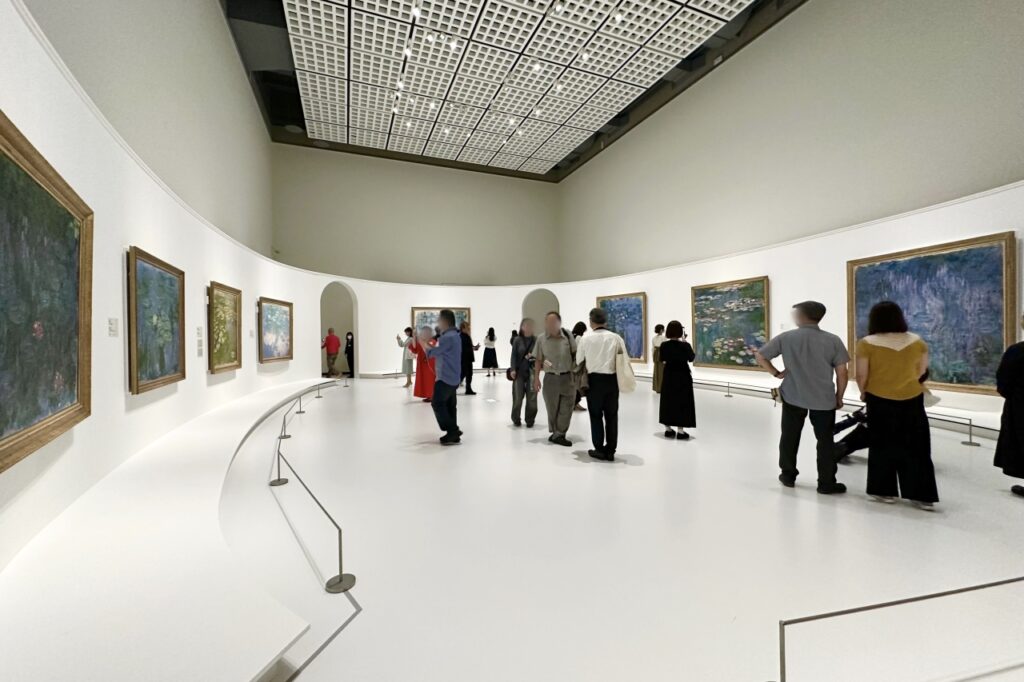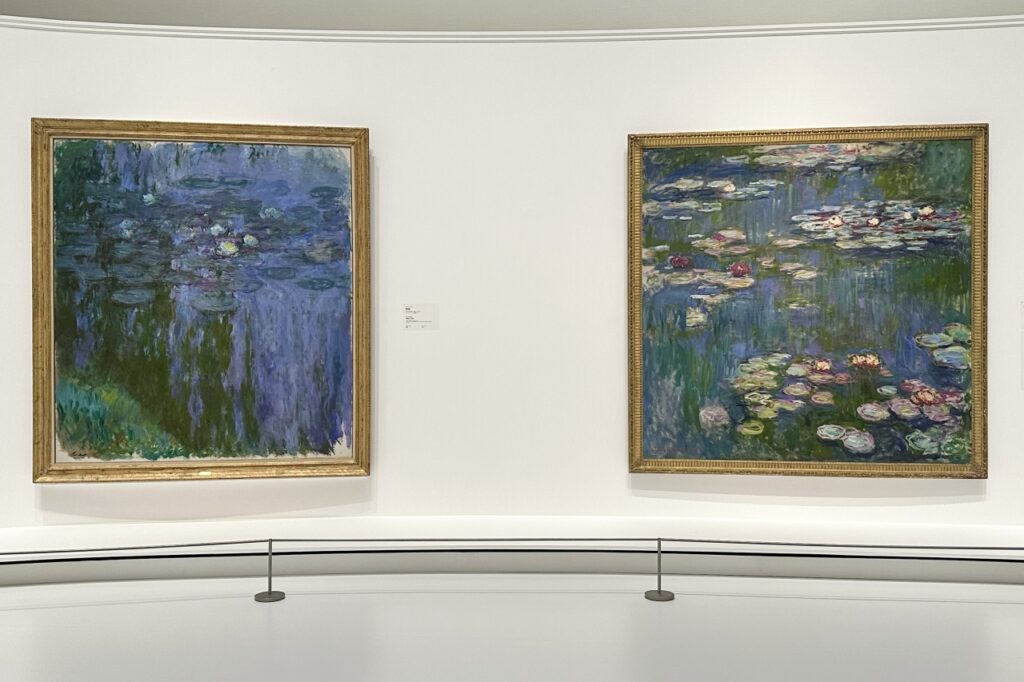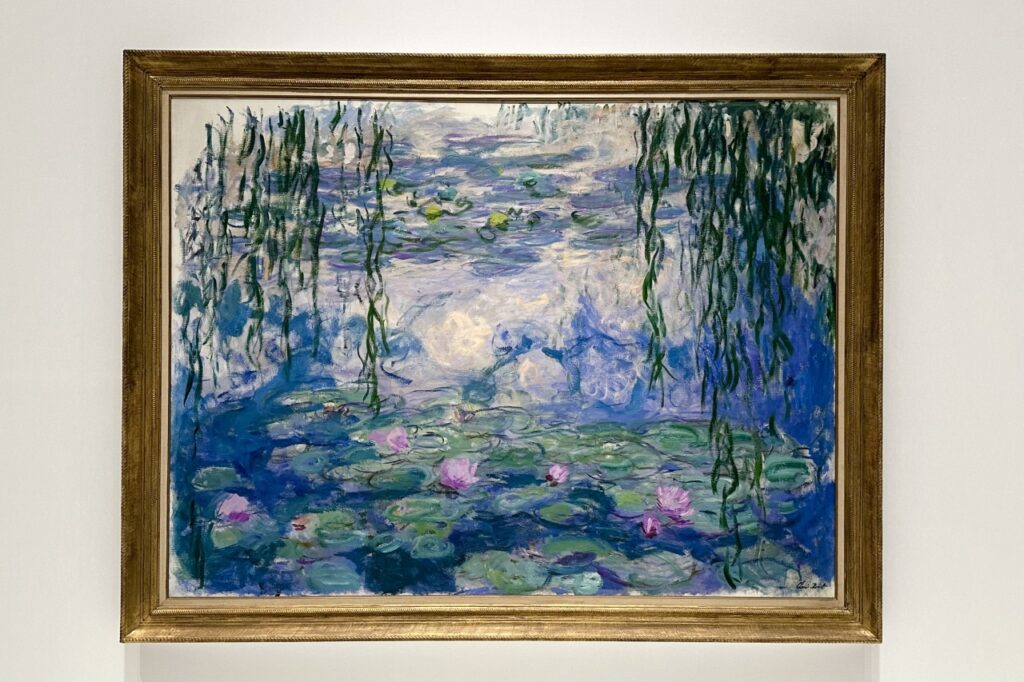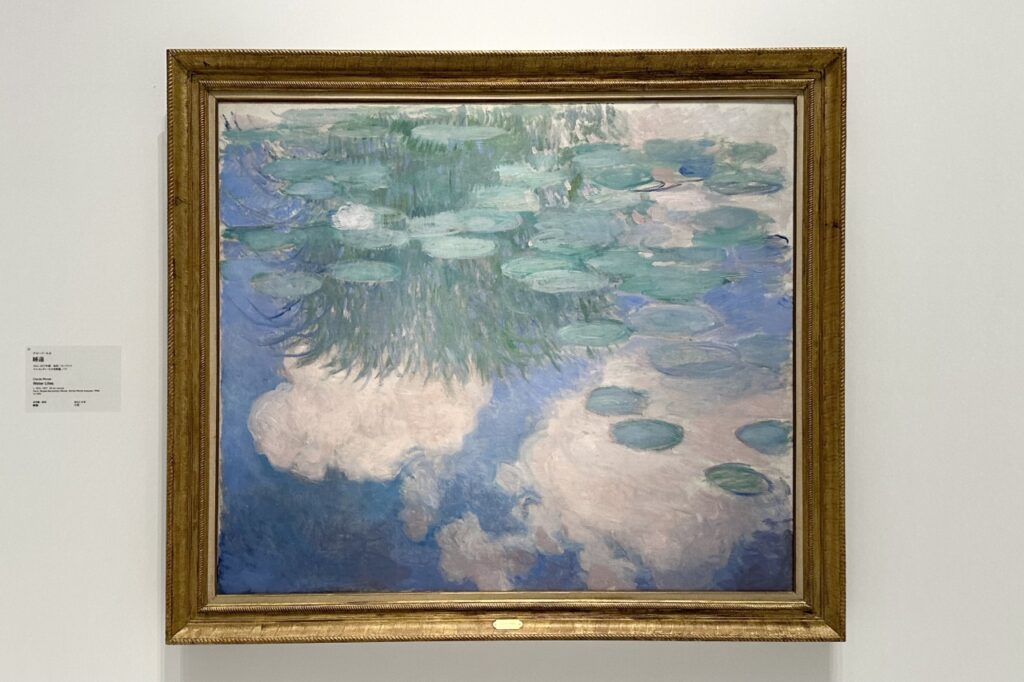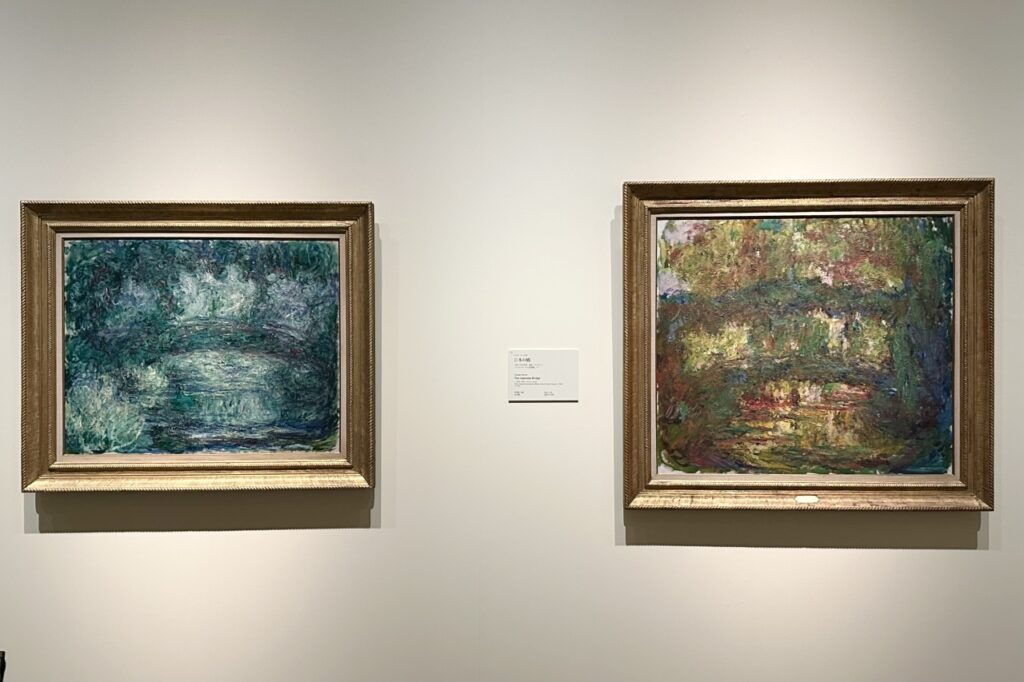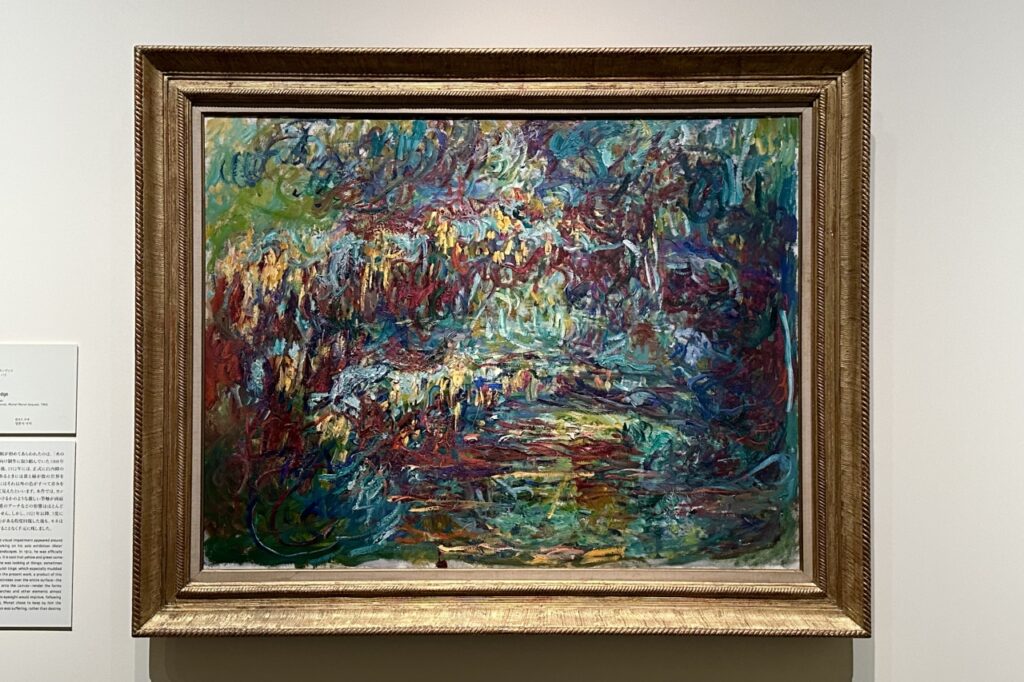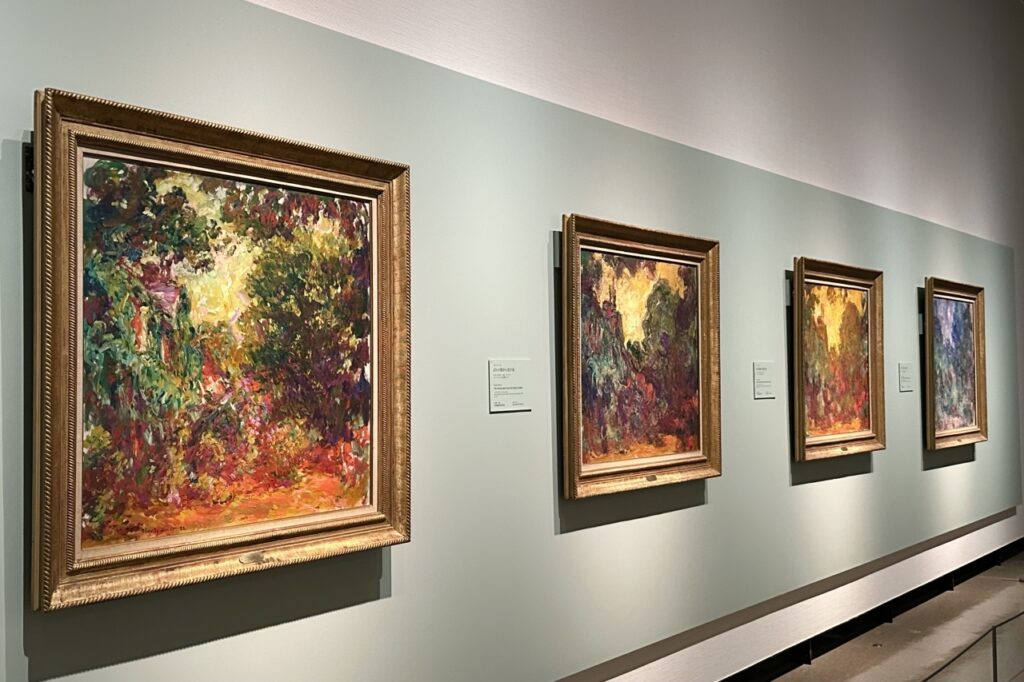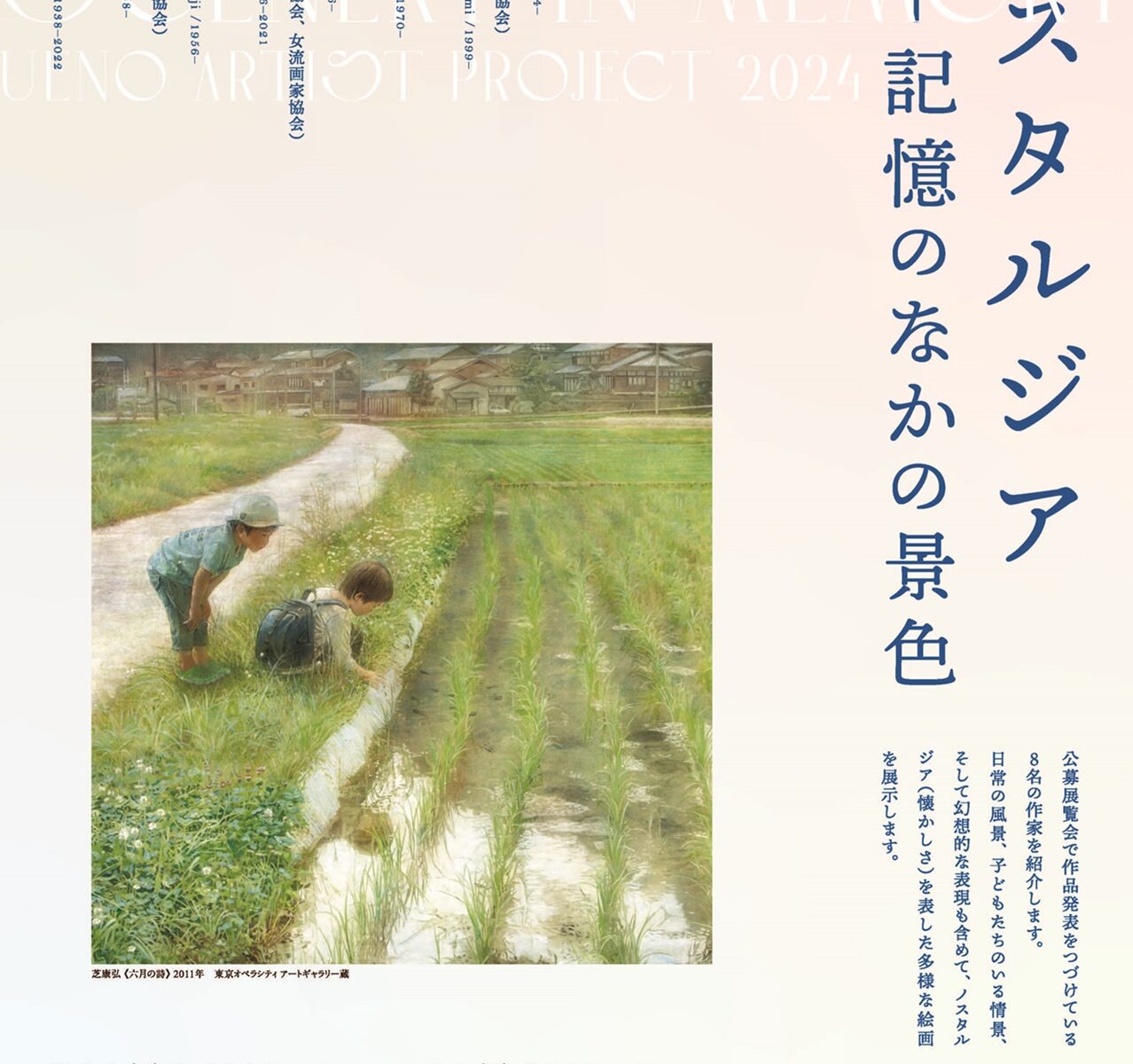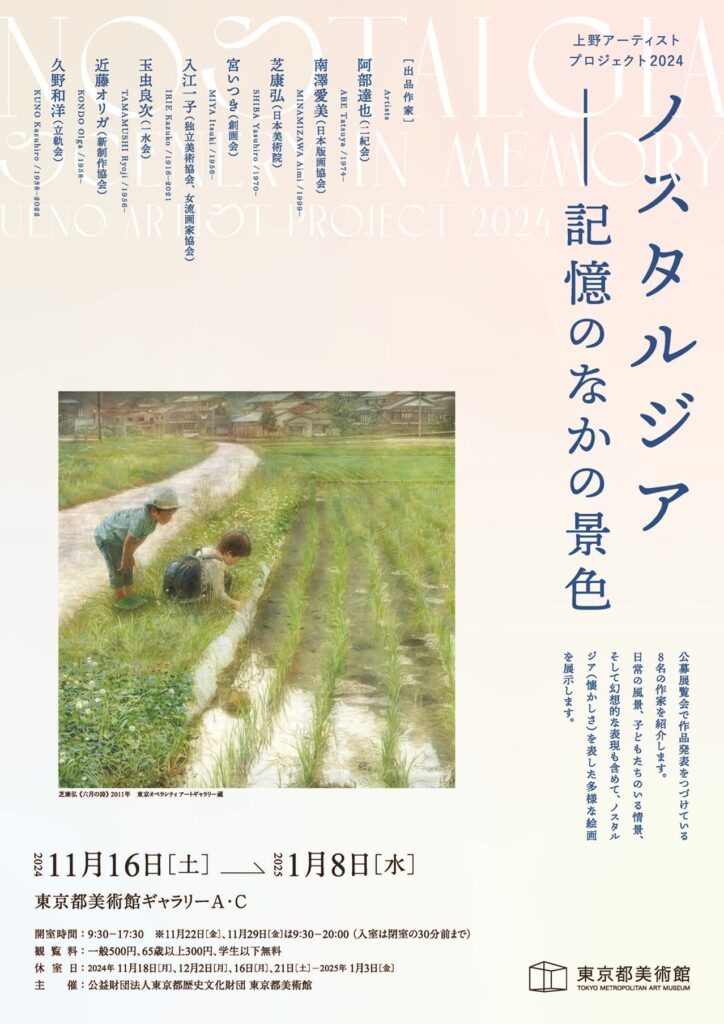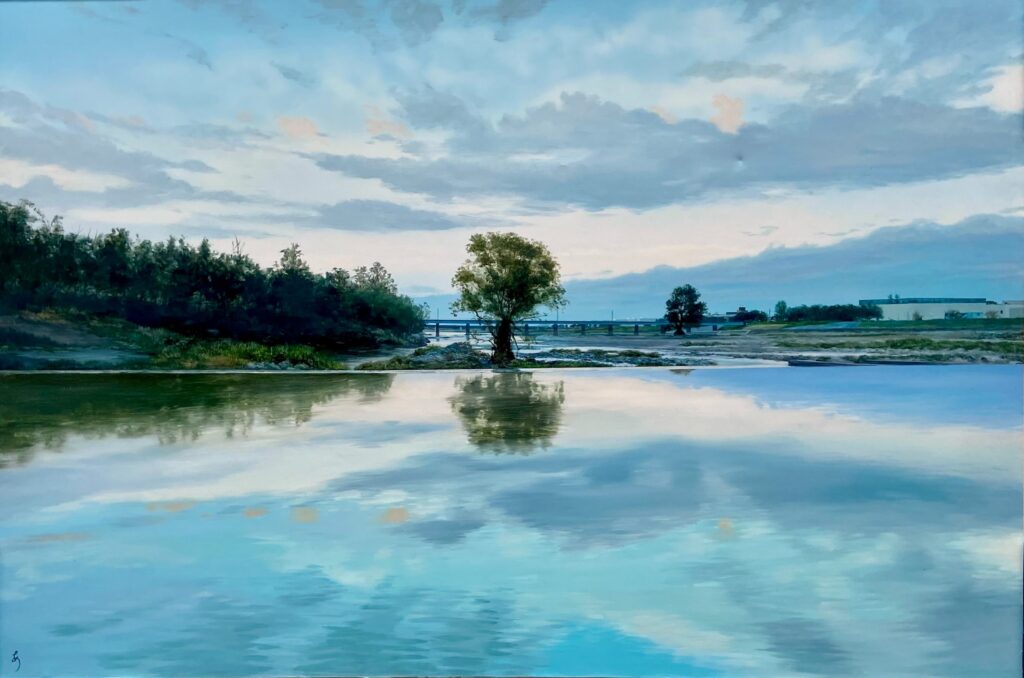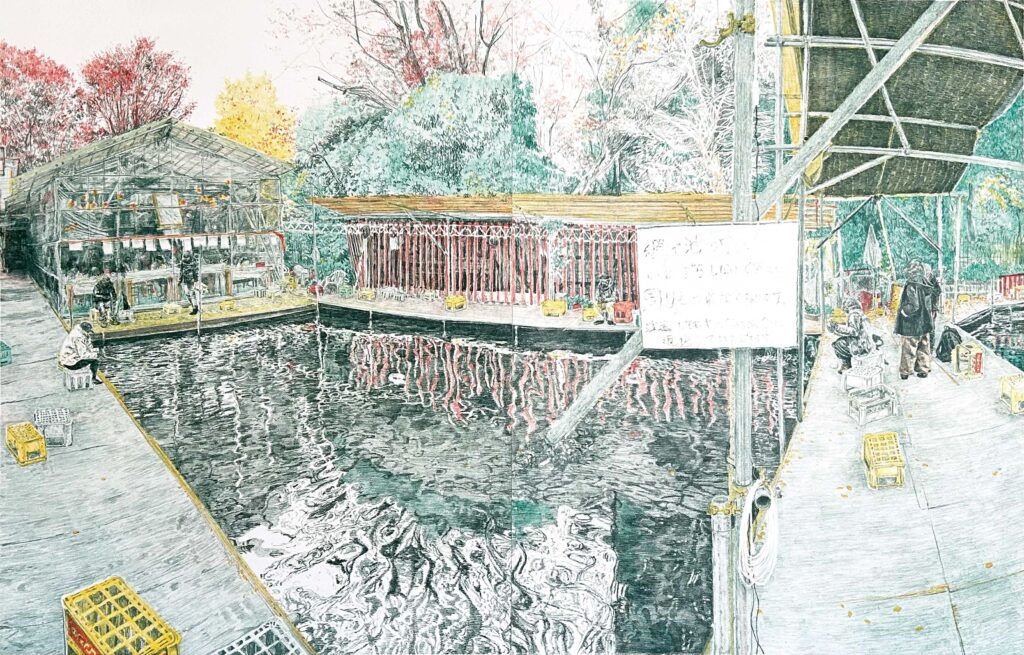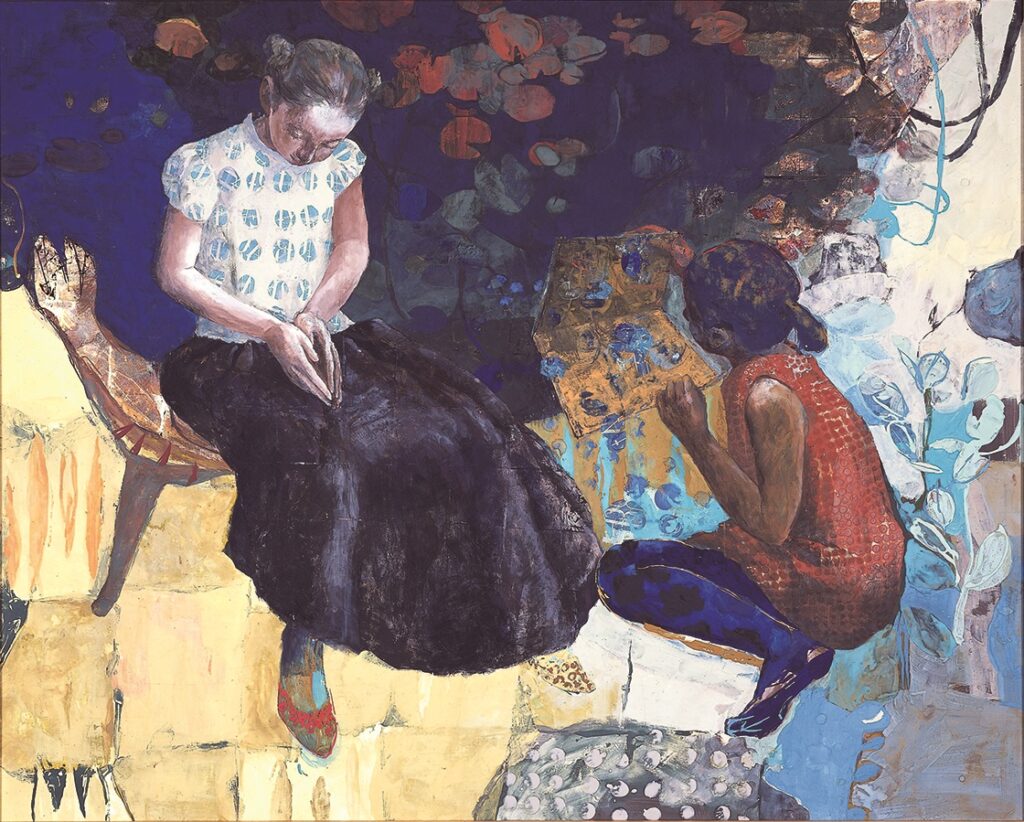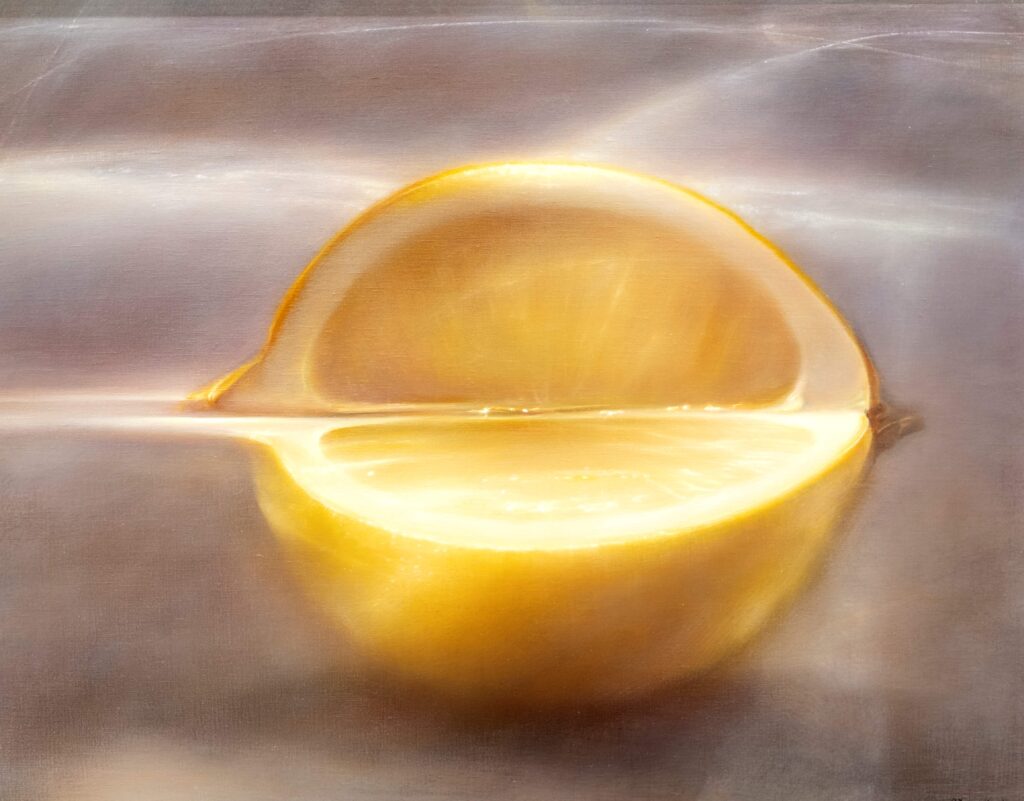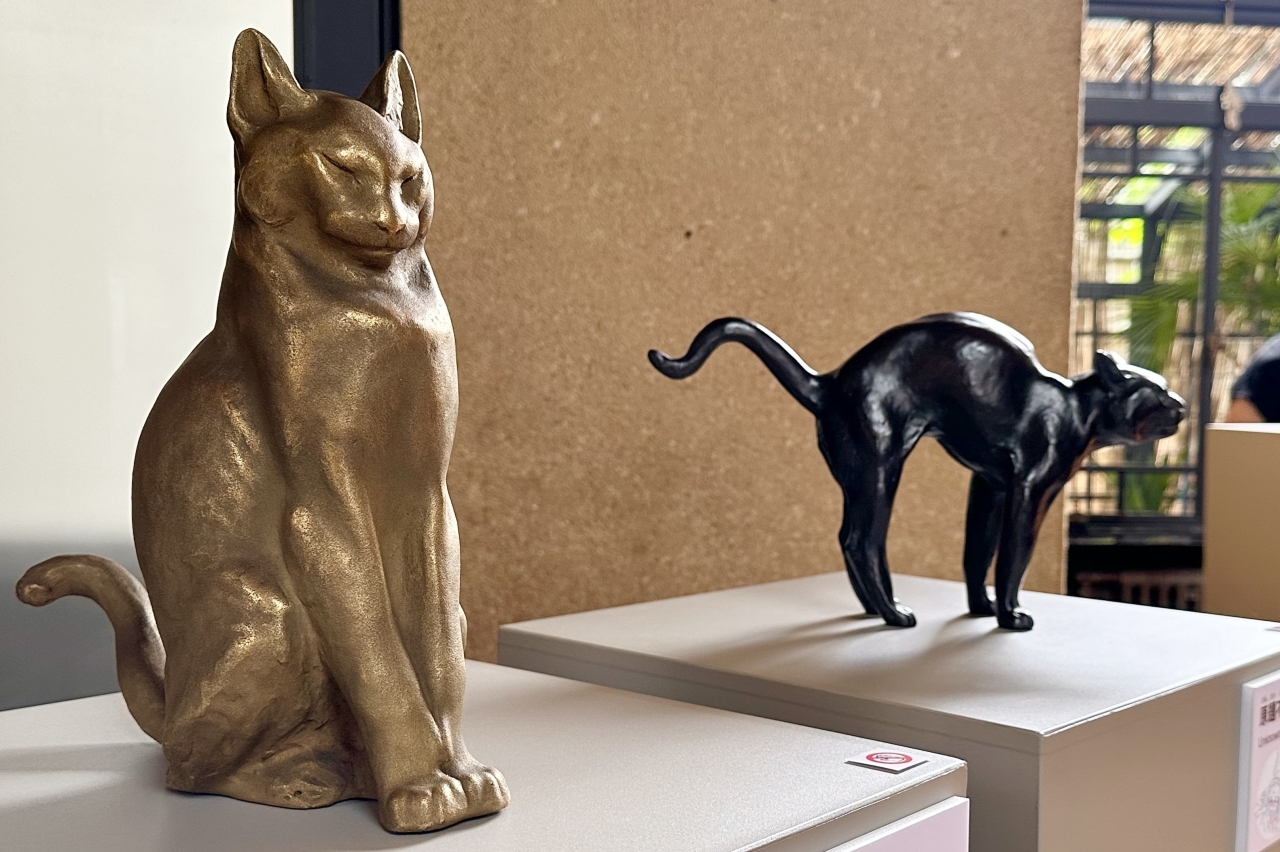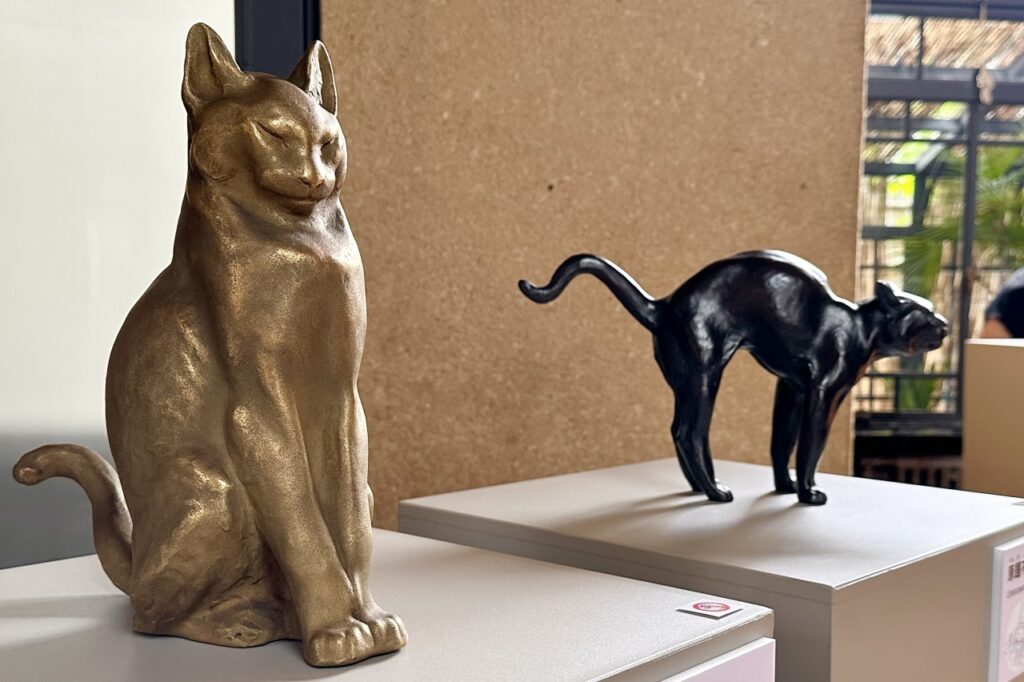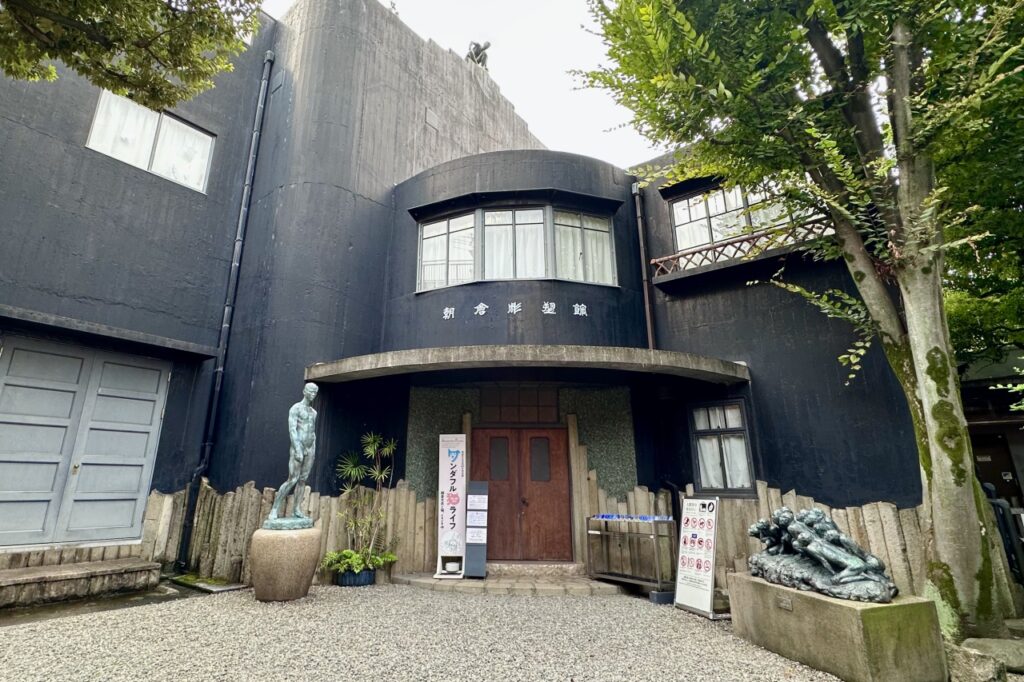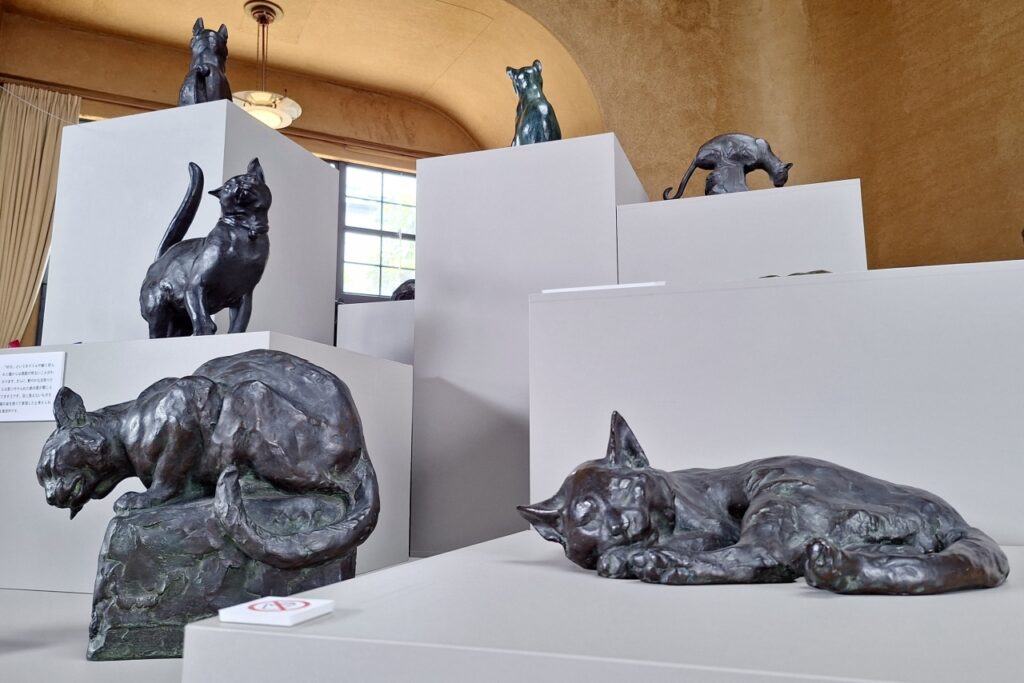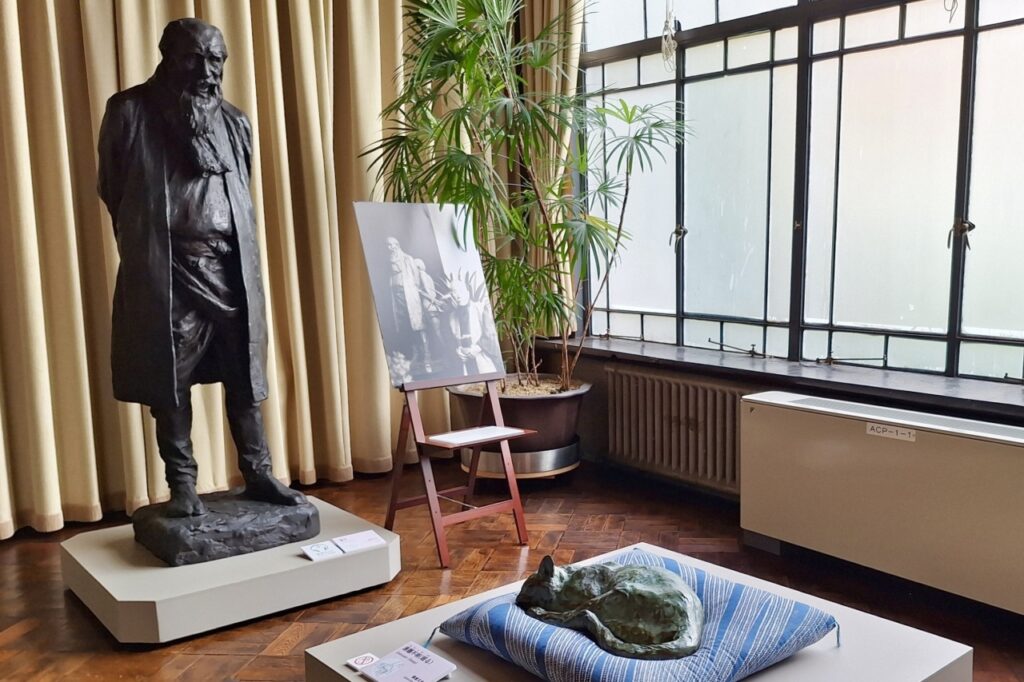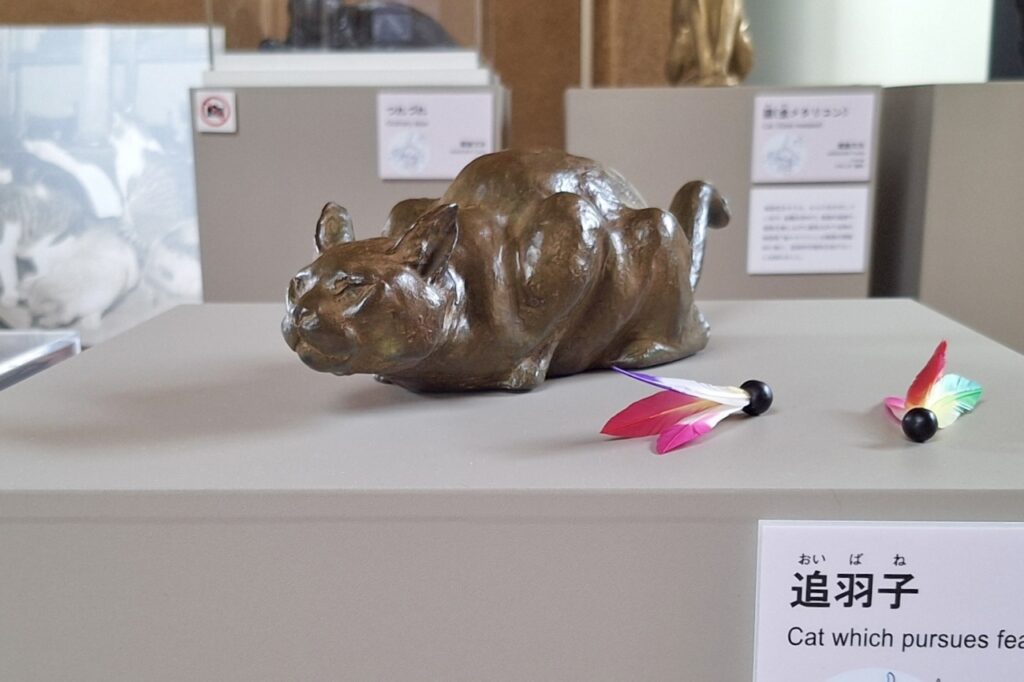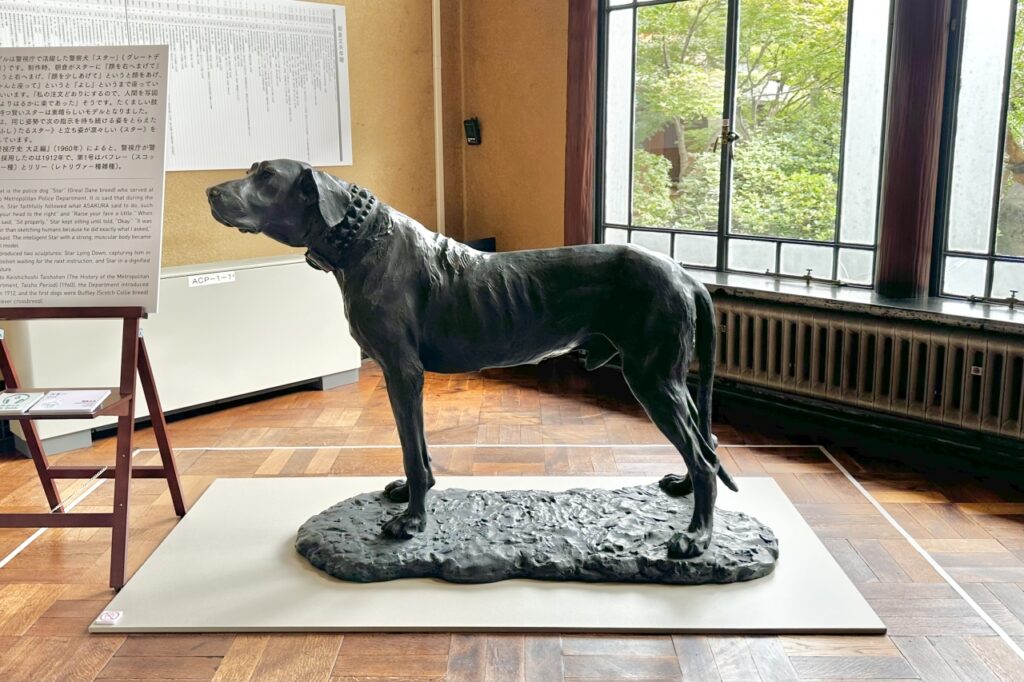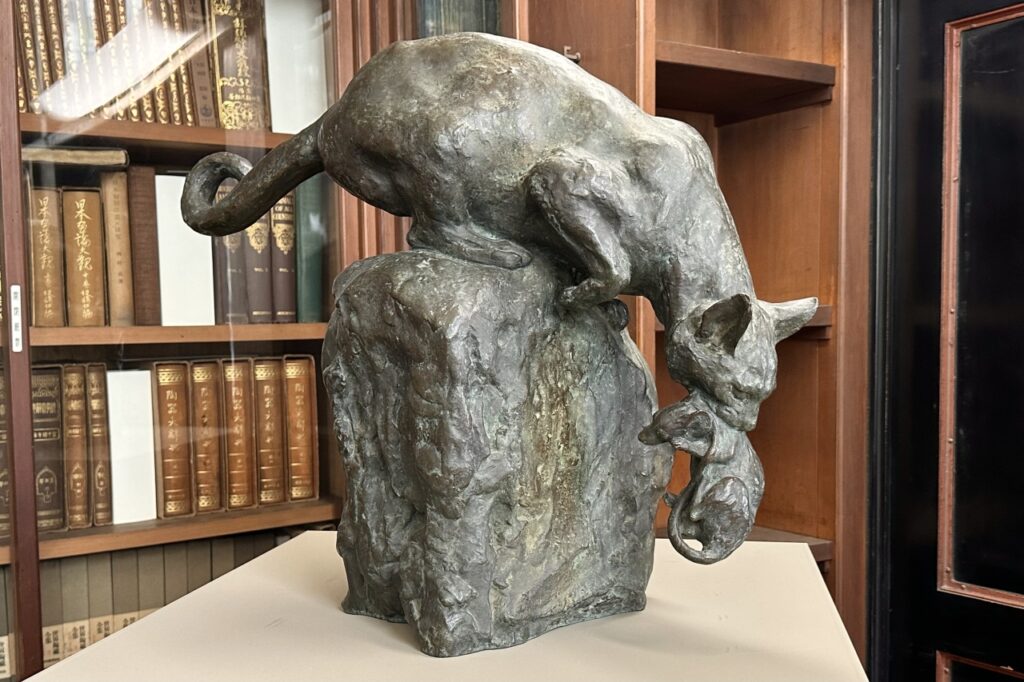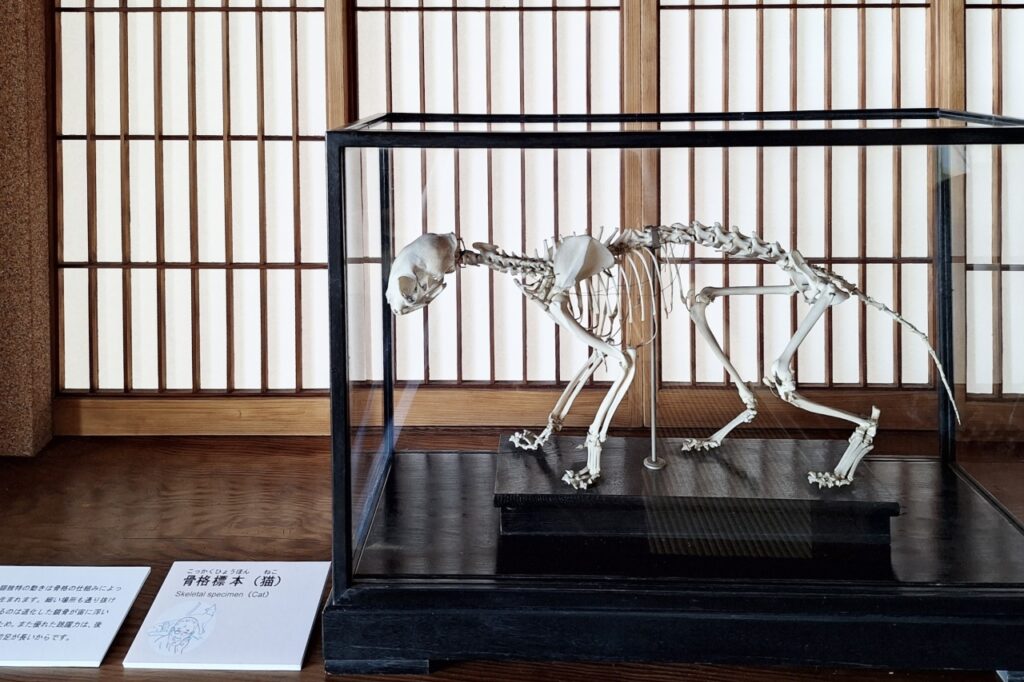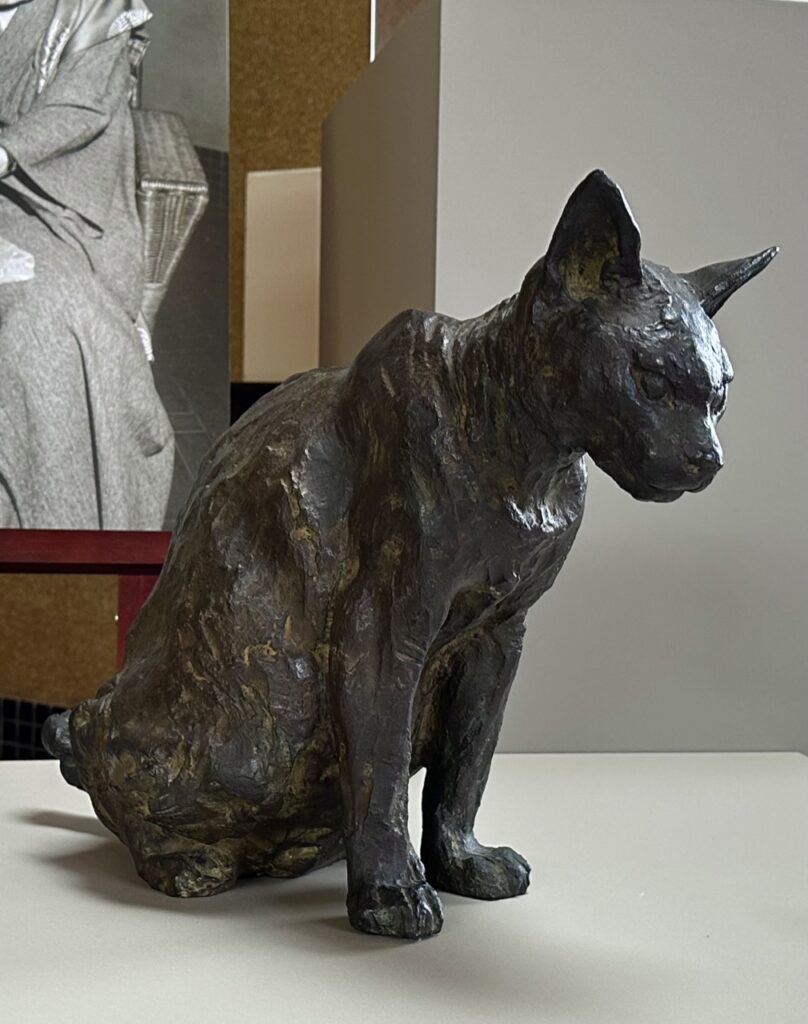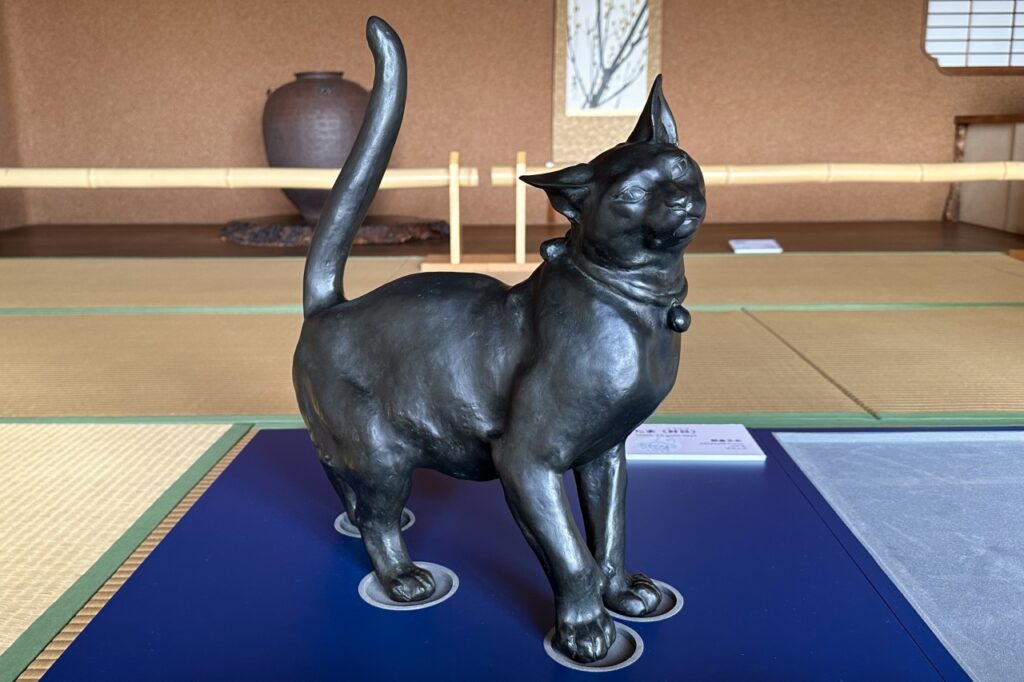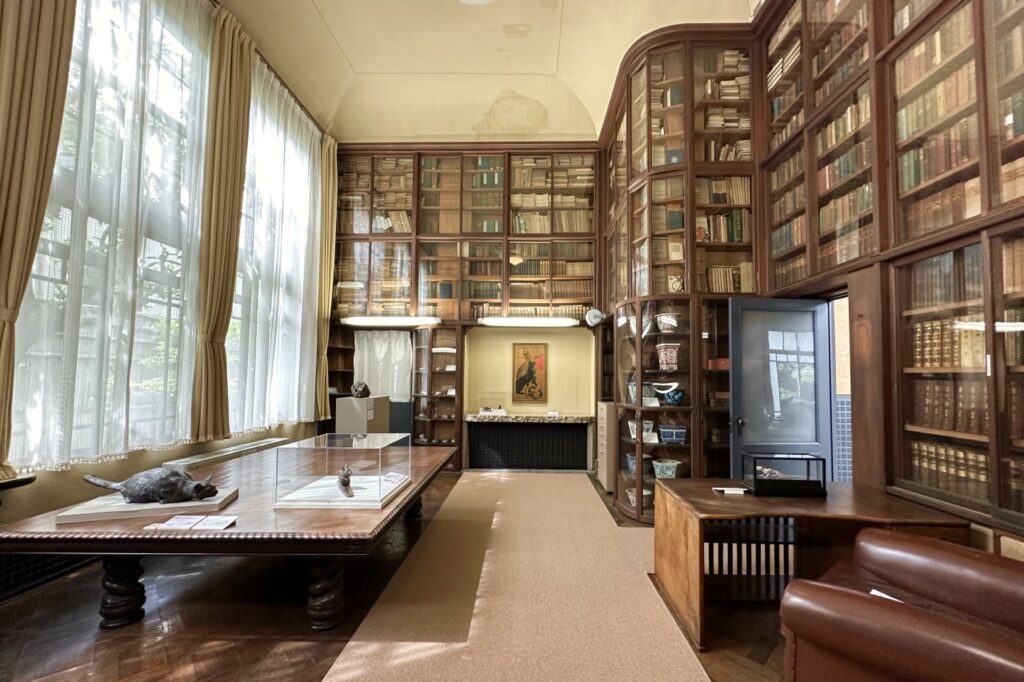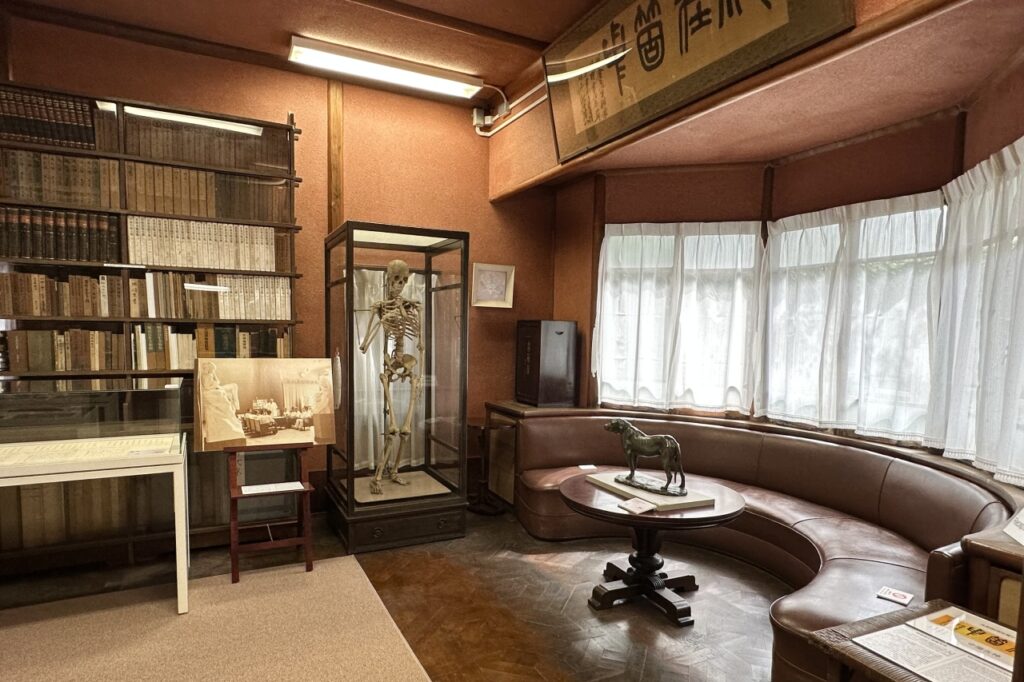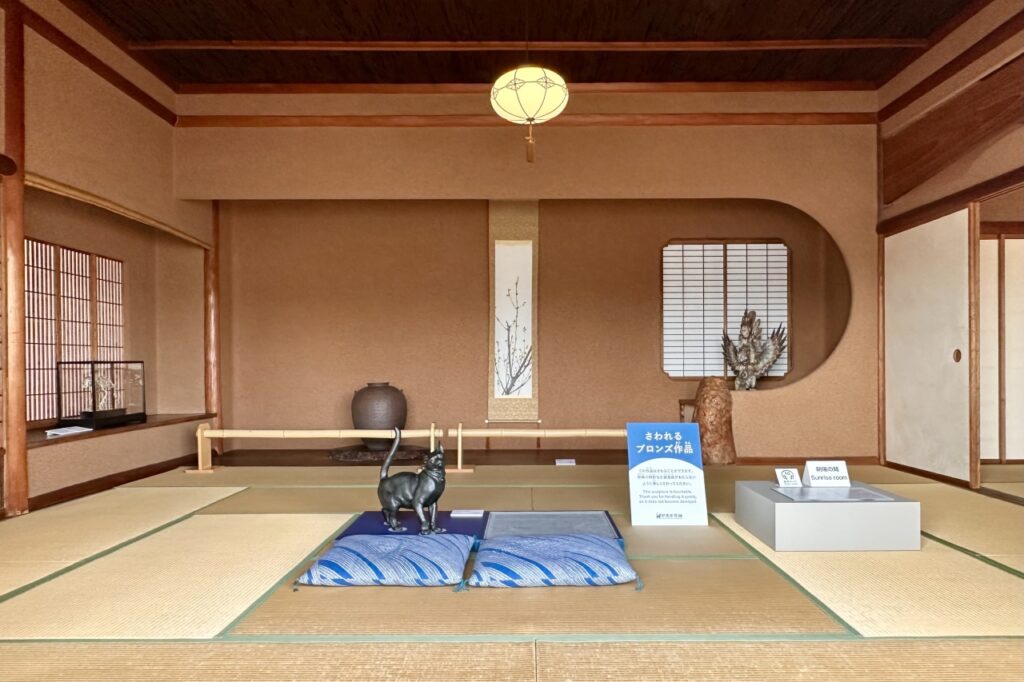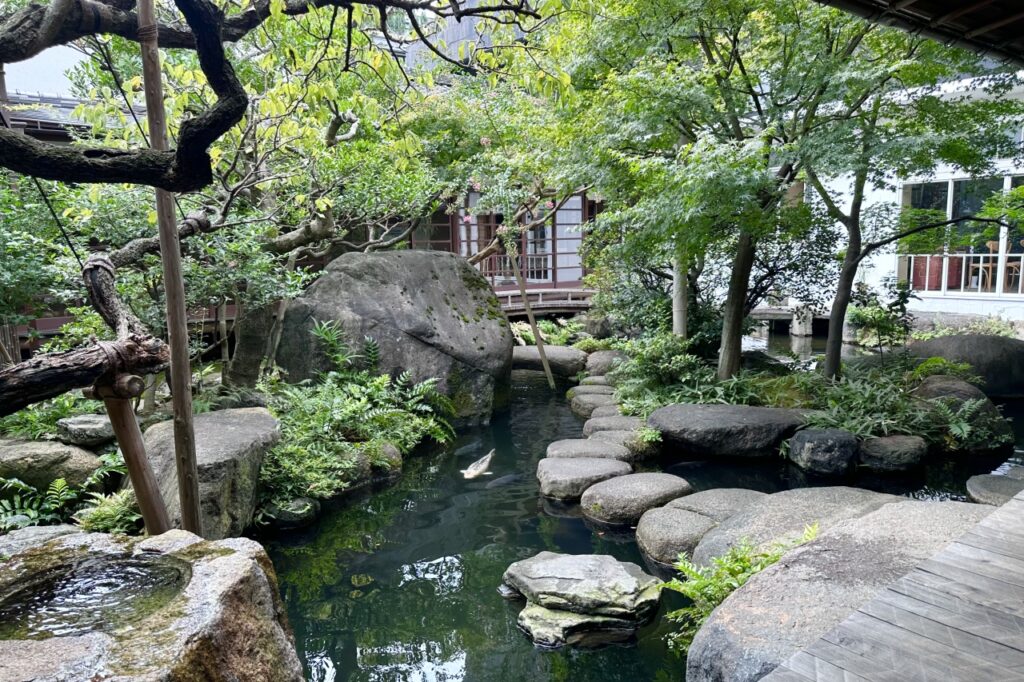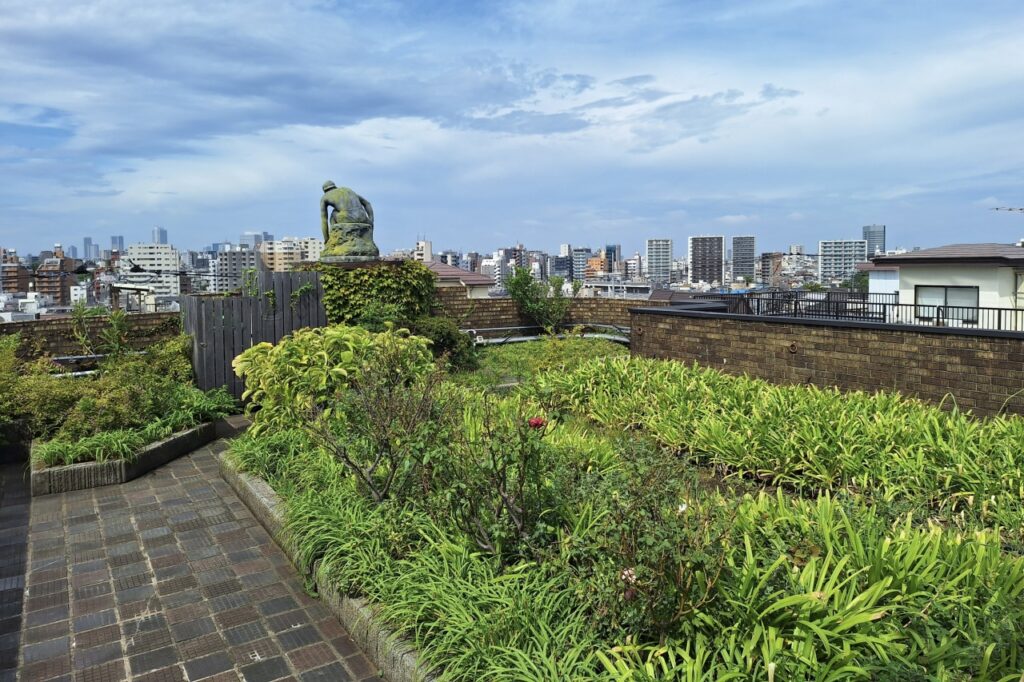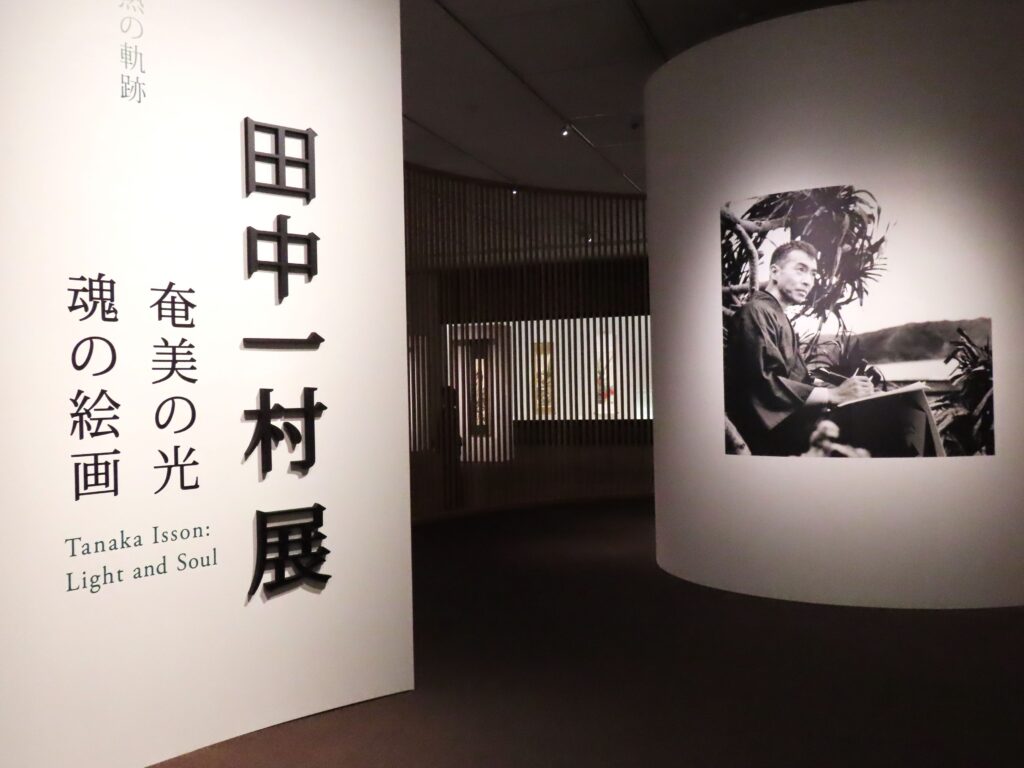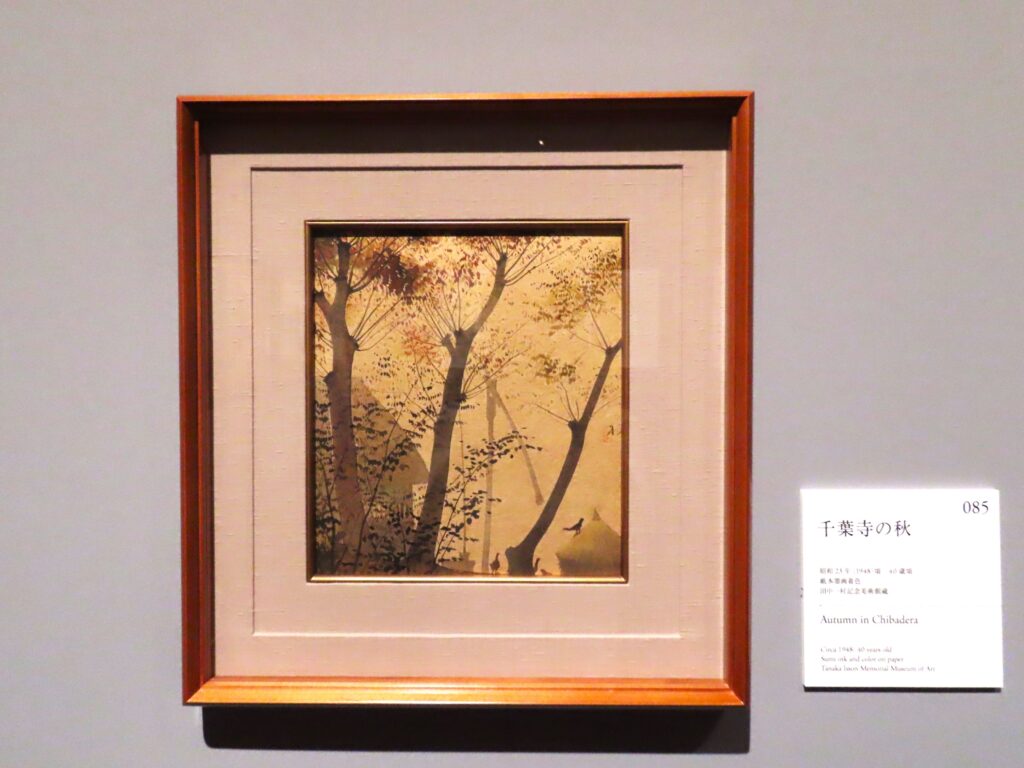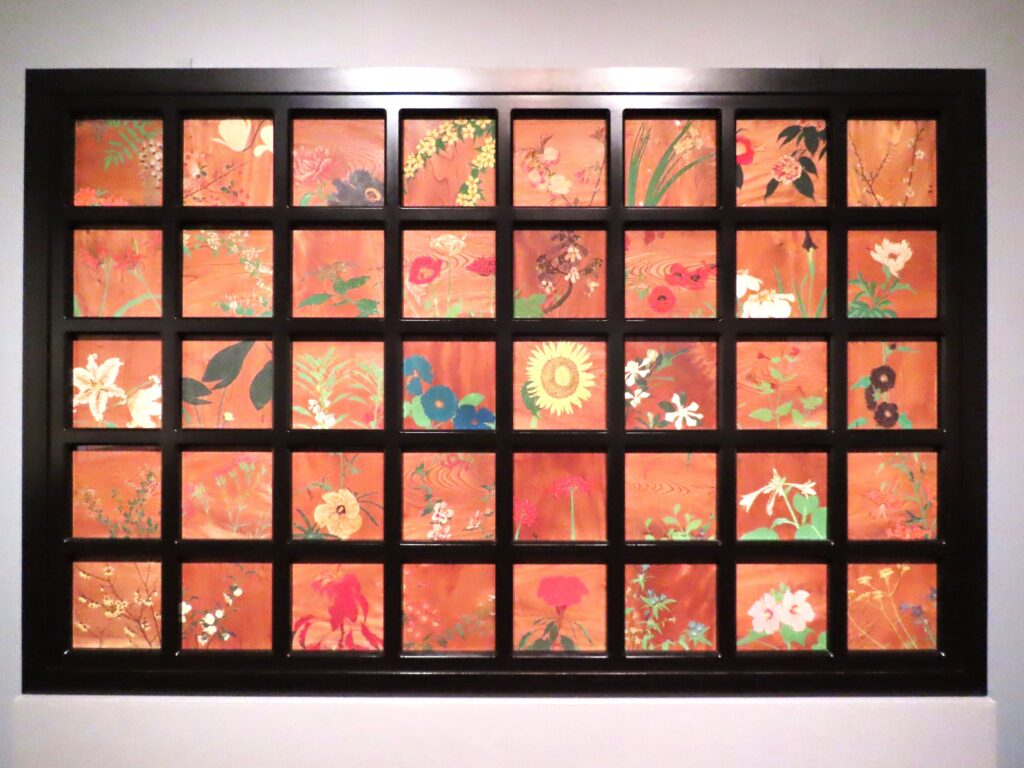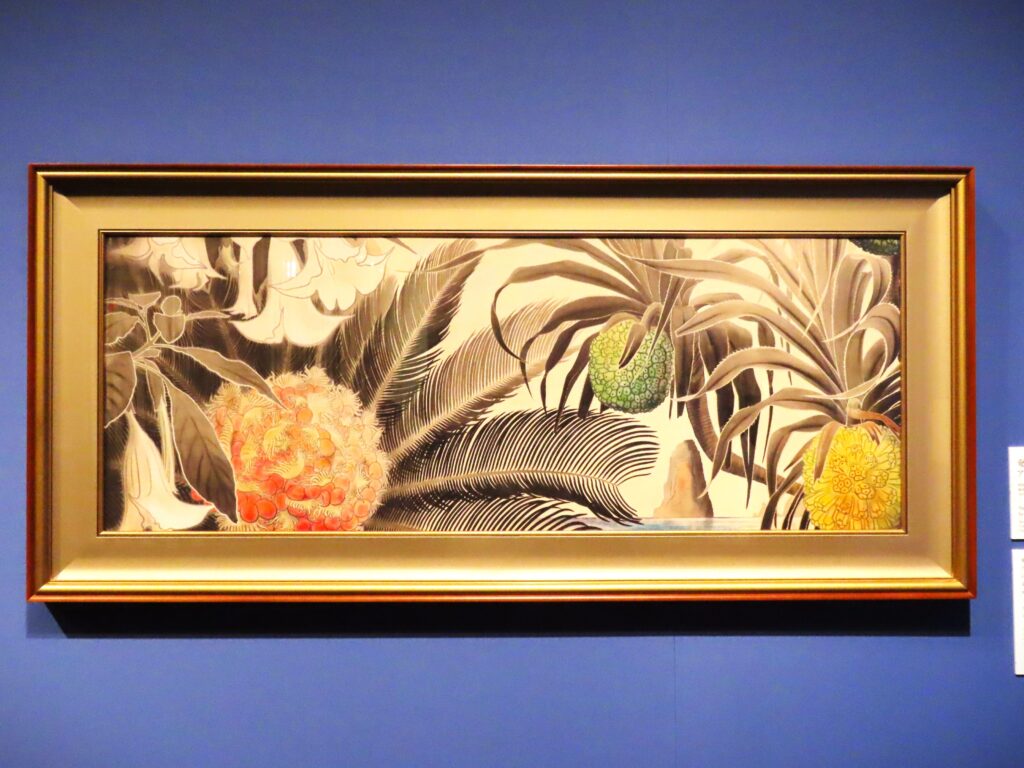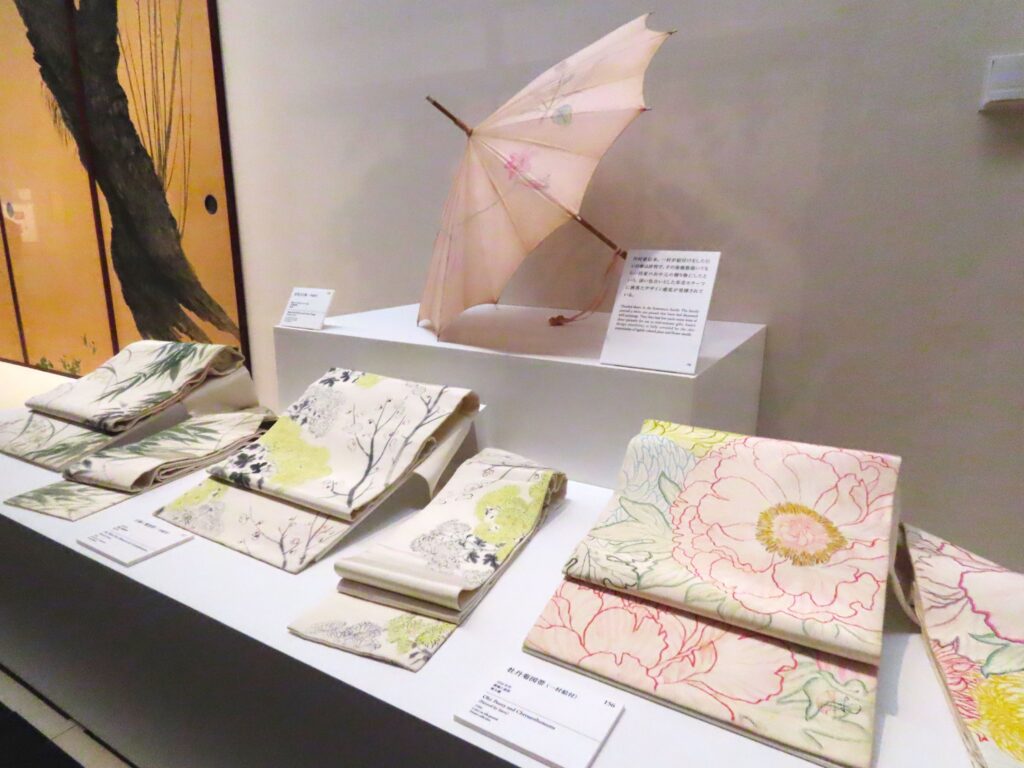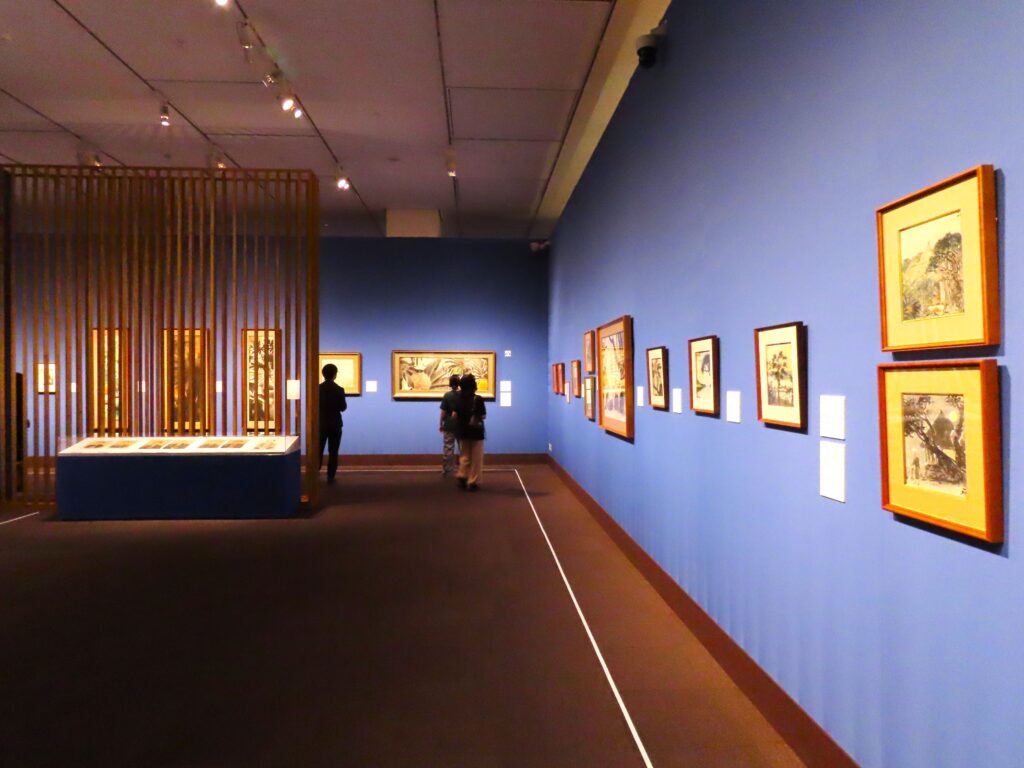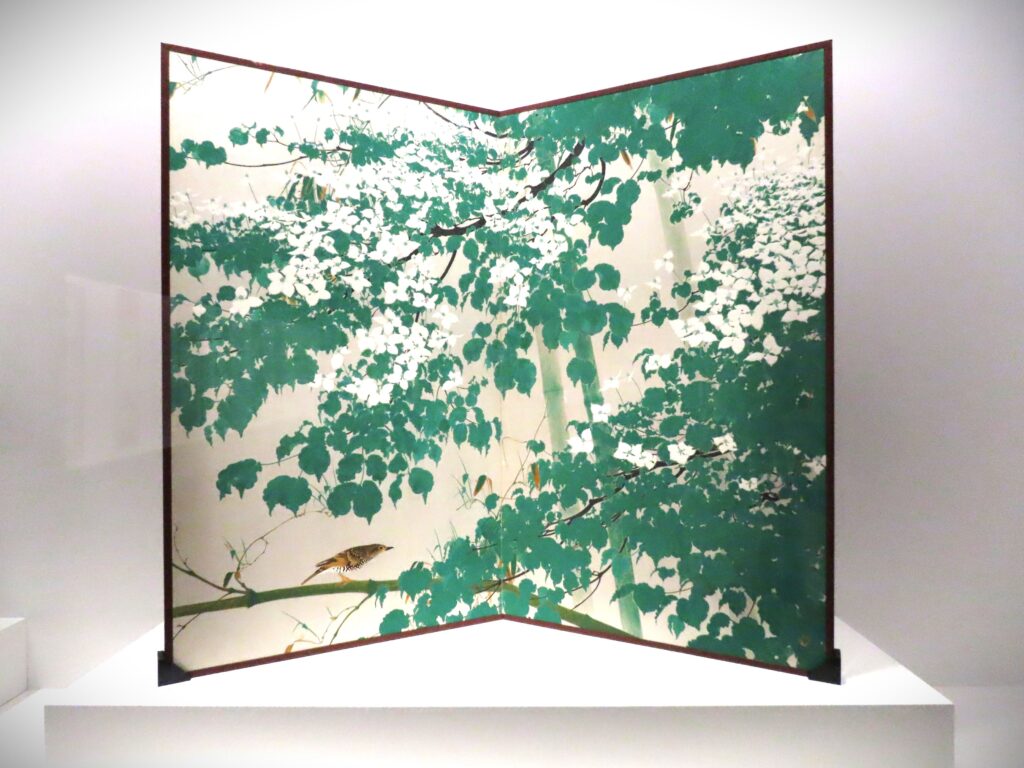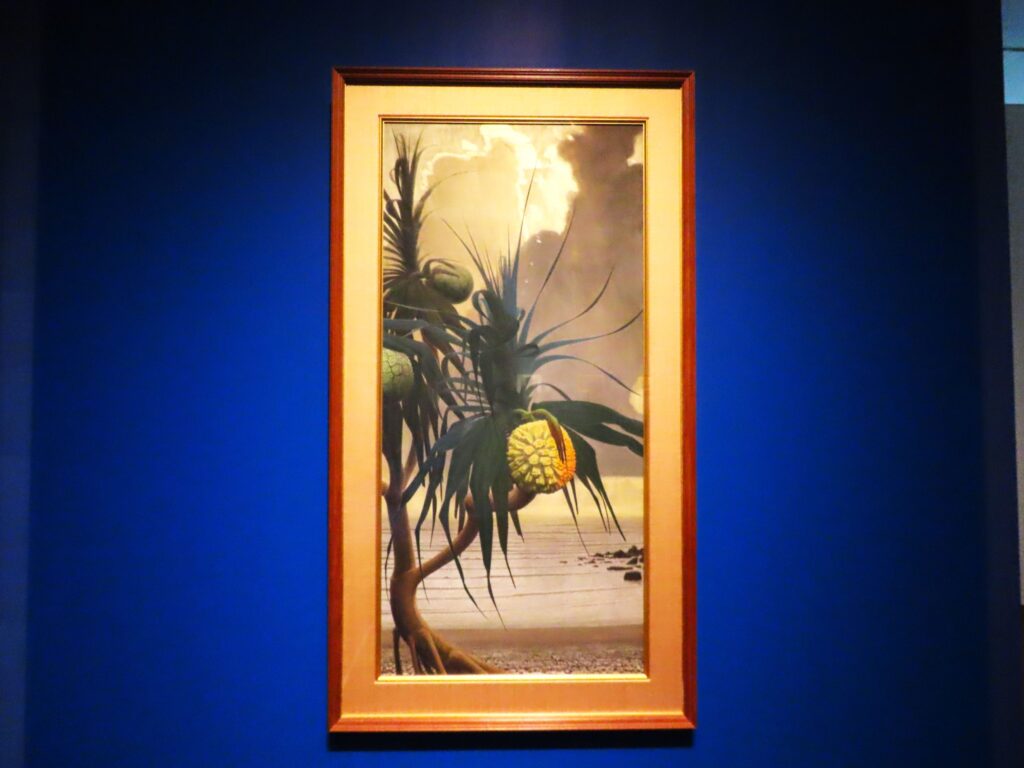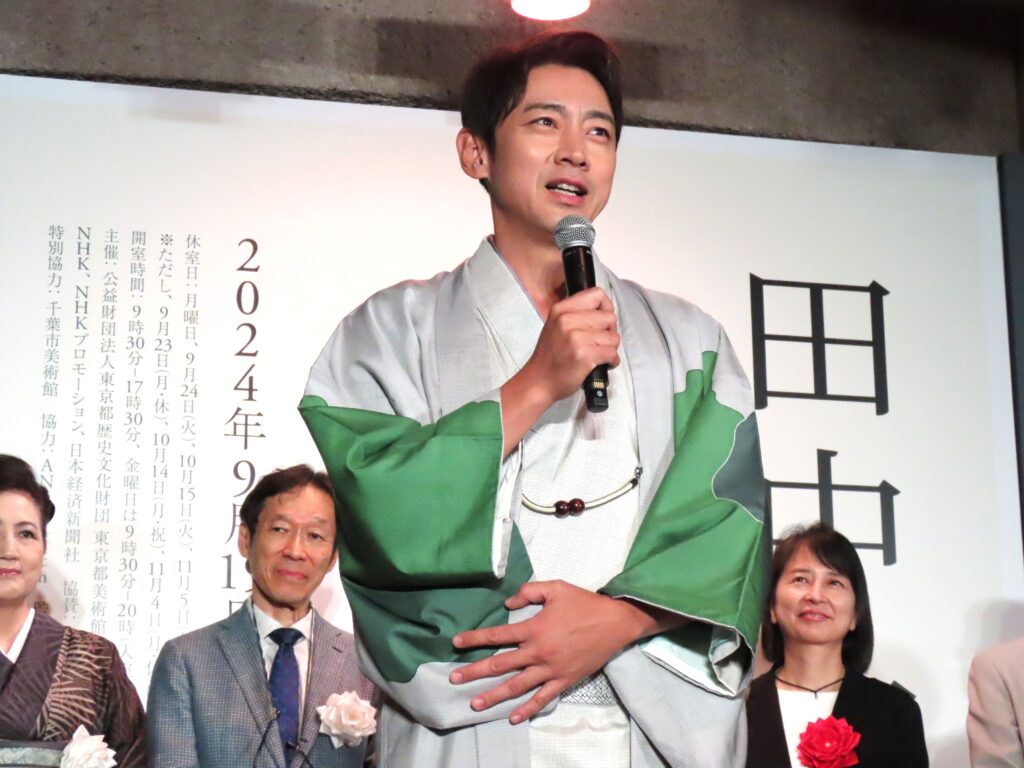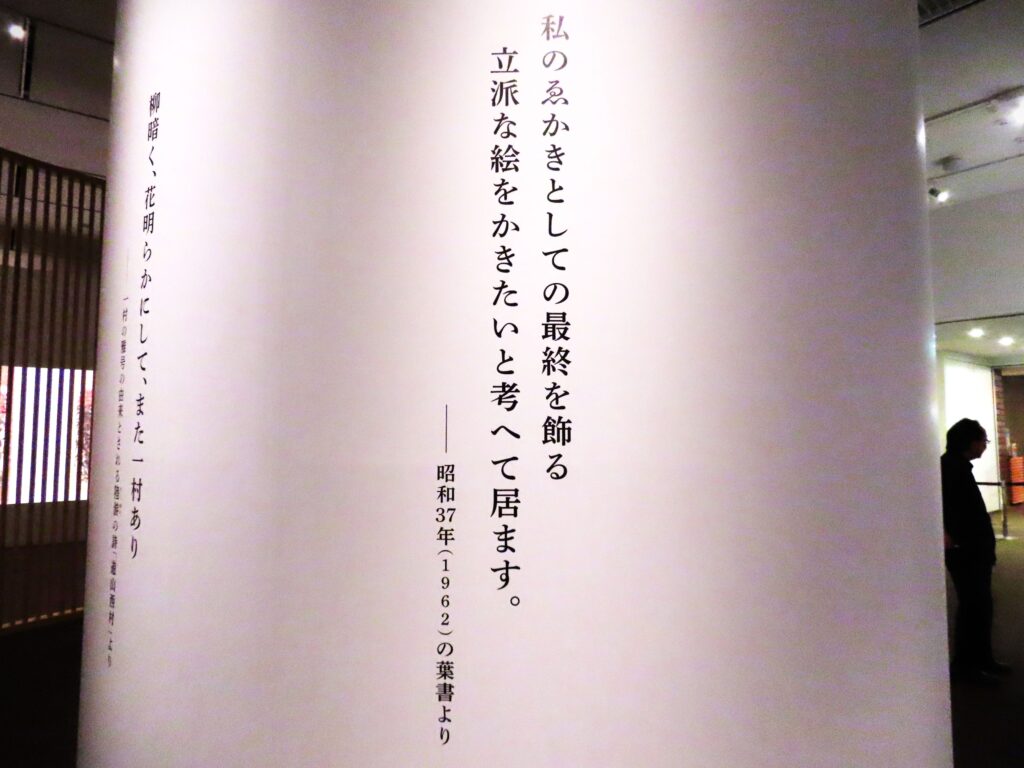Tokyo National Museum

Daikakuji Temple , located in Saga, Kyoto, has been loved by the imperial court and aristocrats as a scenic sightseeing spot ever since shortly after the capital was moved to Heian-kyo. It is the head temple of the Daikakuji school of the Shingon sect, whose founder was Kobo Daishi Kukai (774-835).
Its predecessor was Saga-in, a detached palace built by Emperor Saga (786-842) in the early Heian period, and in 876, at the request of his daughter, Princess Masako, it was converted into a temple and Daikaku-ji was founded. Since then, successive emperors and members of the imperial family have served as monzeki (head priests) at this prestigious temple, which has come to be affectionately known as Saga Gosho.
In anticipation of the 1150th anniversary of the founding of Daikakuji Temple in 2026, the Tokyo National Museum has opened a special exhibition commemorating the 1150th anniversary of the temple’s founding, “Former Saga Imperial Palace, Daikakuji Temple – A Profusion of Paintings Related to the Imperial Palace,” showcasing a number of outstanding temple treasures at once. The exhibition will run until Sunday, March 16, 2025.
*Works without a stated location are from Daikakuji Temple.
*Some artworks may be changed. Works without a display period listed will be on display throughout the entire exhibition period.
Early exhibition: January 21, 2025 (Tuesday) to February 16, 2025 (Sunday)
Late exhibition: February 18th (Tuesday) to March 16th (Sunday), 2025
*The contents of this article are current as of the time of coverage. Please check the official exhibition website for the latest information.

The venue is divided into four chapters, and the first chapter, “Emperor Saga and Kukai – From the Saga-in Imperial Villa to Daikaku-ji Temple,” displays works showing the history of Daikaku-ji Temple in its early days. The most eye-catching exhibit is the “Five Great Myo-o Statues,” which show the belief in the Five Great Myo -o, the core of Daikaku-ji Temple’s faith.
The Five Great Myo-o are made up of five Myo-o, who are esoteric Buddhist deities: Acala, Gosanze Myo-o, Gundari Myo-o, Daiitoku Myo-o, and Kongoyasha Myo-o. They were established in China during the Tang Dynasty, and are thought to have been introduced to Japan by Kukai, who returned from Tang. Emperor Saga, who loved Tang culture, was also a good friend of Kukai, and at Kukai’s urging, he enshrined the statues of the Five Great Myo-o in the Jibutsudo hall in the villa.
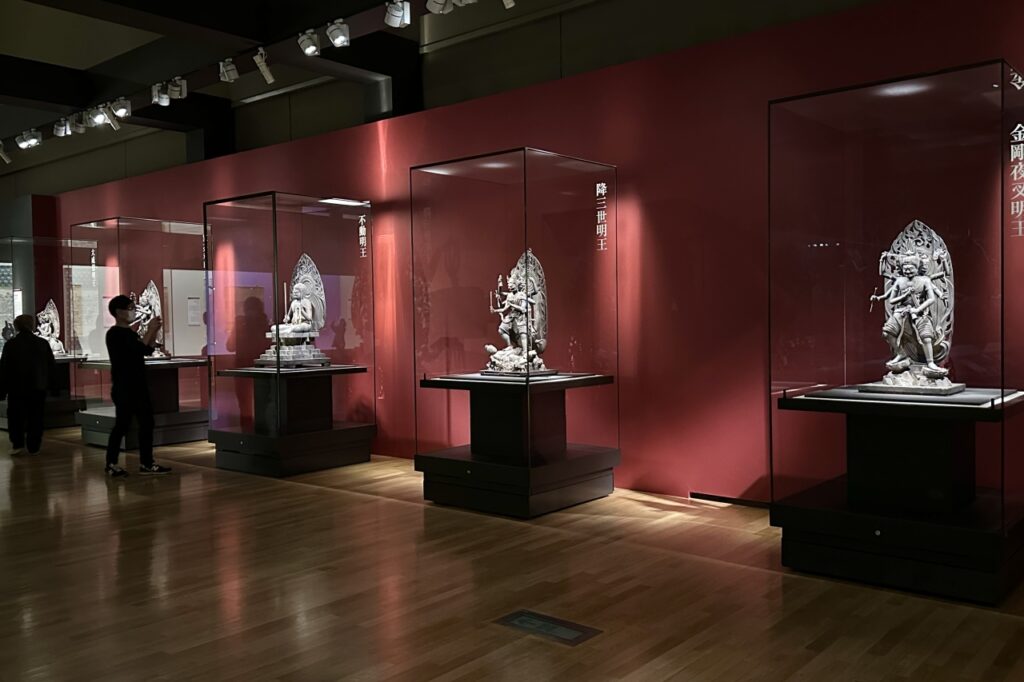

Although the statues from that time have already been lost, the faith in them has been passed down, and Daikakuji Temple still has three sets of “Five Great Wisdom Kings” in its collection today. Two of these sets are on display. One is the principal image of Daikakuji Temple, created at the palace of Emperor Goshirakawa by Myoen, a leading Buddhist sculptor of the En school, who created many Buddhist statues for the imperial court and high-ranking aristocrats in the late Heian period. The statue has a stern appearance with an angry expression, but its rounded, refined physique exudes a refined elegance, making it a masterpiece that harmonizes strength and grace. It is also not to be missed as this is the only surviving example of Myoen’s work.

The other statue is from the Godaido Hall of Seiryoji Temple in Kyoto, and is an impressive statue with a height of about 2m. Three of the statues are thought to have been made by the Muromachi period Buddhist sculptor Inshin, and two were restored in the Edo period.
Chapter 2, “Emperor Go-Uda, the Founder of the Restoration – The Beginnings of the Saga Imperial Palace,” focuses on the achievements of Emperor Go-Uda (1267-1324), who is known for developing the vast temple complex at Daikaku-ji Temple during the Kamakura period, including the main hall and monks’ quarters, as well as building the Sento Imperial Palace (the residence of the retired emperor) and ruling from a cloistered position, which led to the temple being called the “Saga Imperial Palace.” From the appearance of the vast temple complex at that time shown in the “Daikaku-ji Temple Grand Garan Map,” it is clear why Emperor Go-Uda is known as the “founder of the restoration of Daikaku-ji Temple.”

Emperor Gouda, who was a devout believer in Esoteric Shingon Buddhism, became an ajari (master monk) at Daikakuji Temple where he became a monk and left behind many sacred teachings and calligraphy while training his disciples. At the exhibition, you can see a number of valuable imperial calligraphy (handwritten by the emperor himself), such as the National Treasure “Emperor Gouda’s Imperial Handwriting: The Life of Kobo Daishi,” which records his reverence for Kukai, and “Emperor Gouda’s Imperial Handwriting: Kanjo Inmyō,” which records various theories on the esoteric Buddhism ritual of ablution.
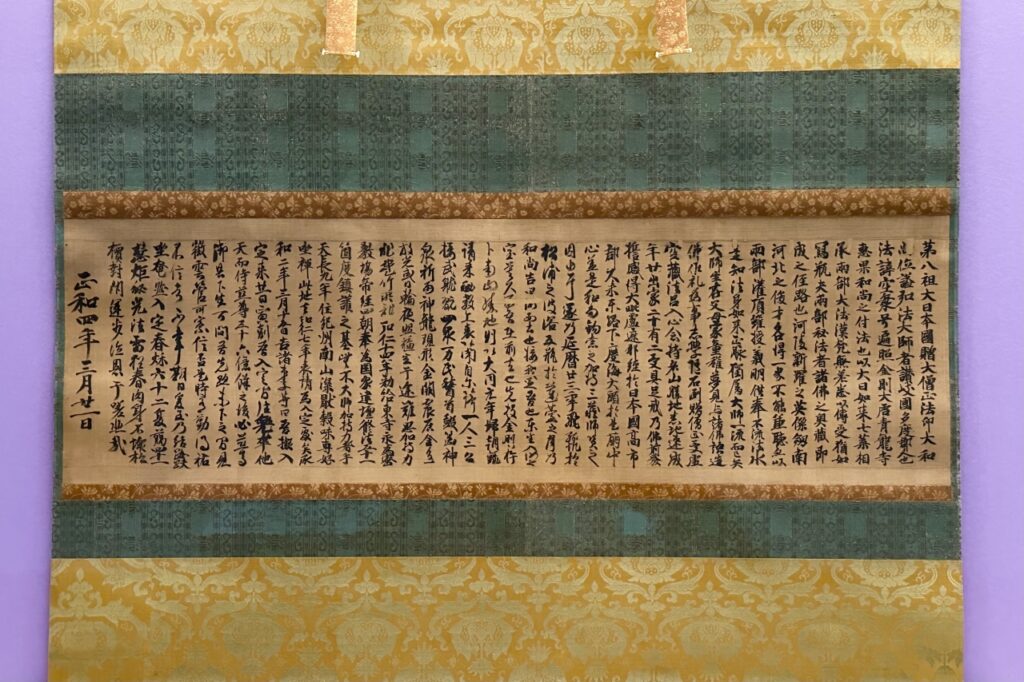
Although Daikakuji Temple had a large and well-equipped temple complex, it became the headquarters of the imperial line (the Daikakuji line, later the Southern Court) that continued from Emperor Gosaga, and as a result, it was embroiled in many wars after the Nanboku-cho period, and suffered a series of hardships, including the Onin War, when most of the temple buildings were burned down. Chapter 3, “Emperors and Court Culture,” introduces the achievements of the successive emperors and head priests who supported Daikakuji Temple at that time, and the court culture that was brought about by them.
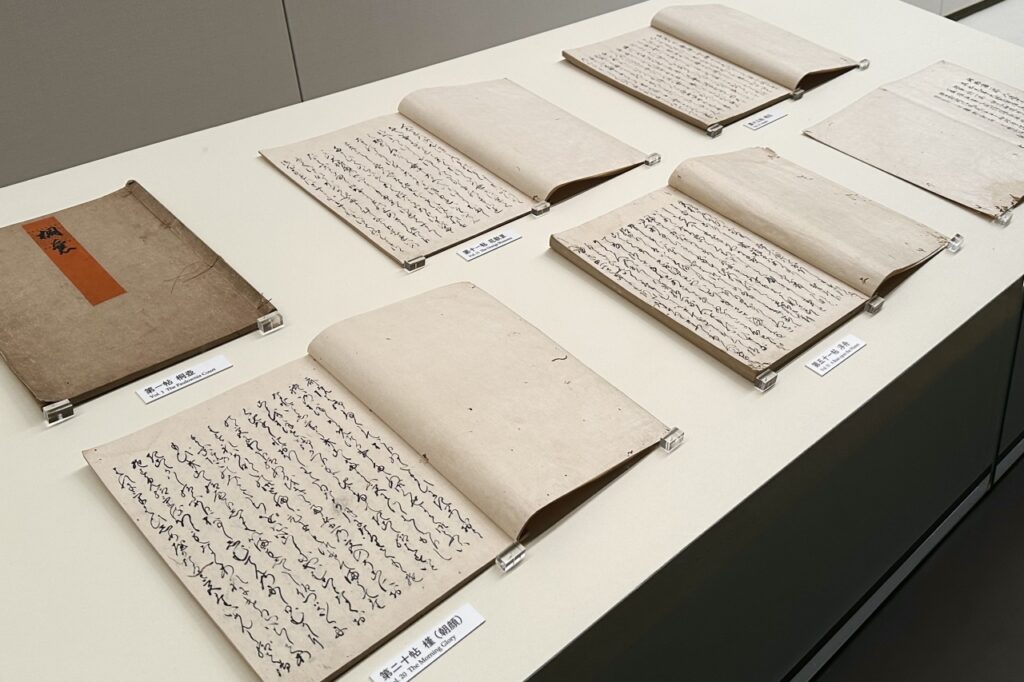
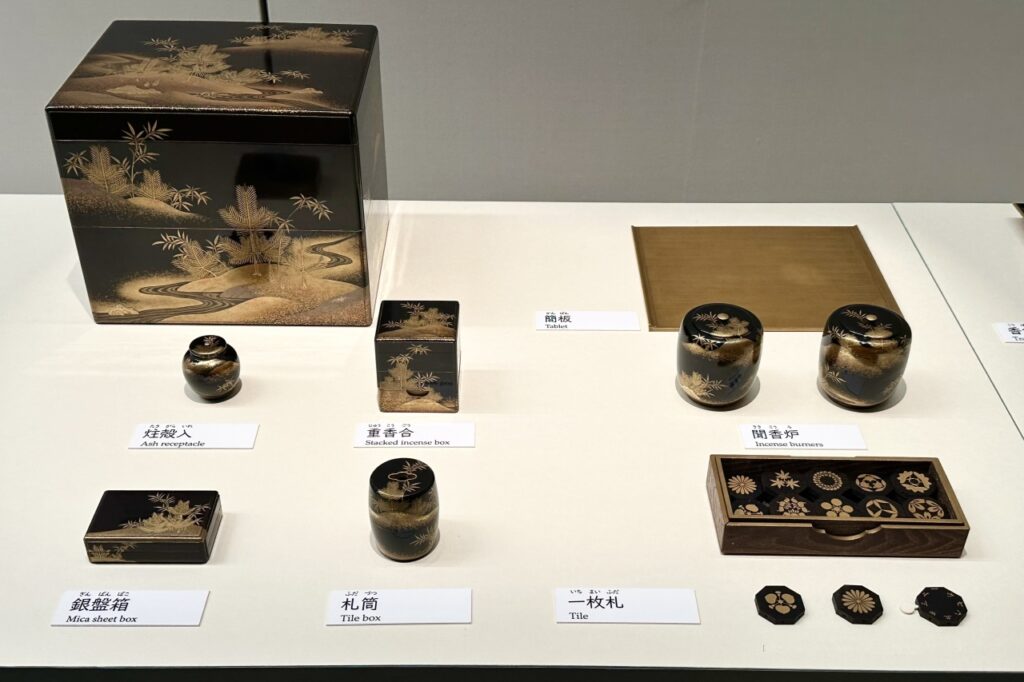
One of the highlights of this chapter is the simultaneous display of the two swords, “Usukiyoku (Hizamaru)” and “Onikirimaru (Higekiri),” which are said to be “sister swords” made by Minamoto no Mitsunaka in the mid-Heian period as swords to protect the country and passed down to successive heads of the Seiwa Genji clan.
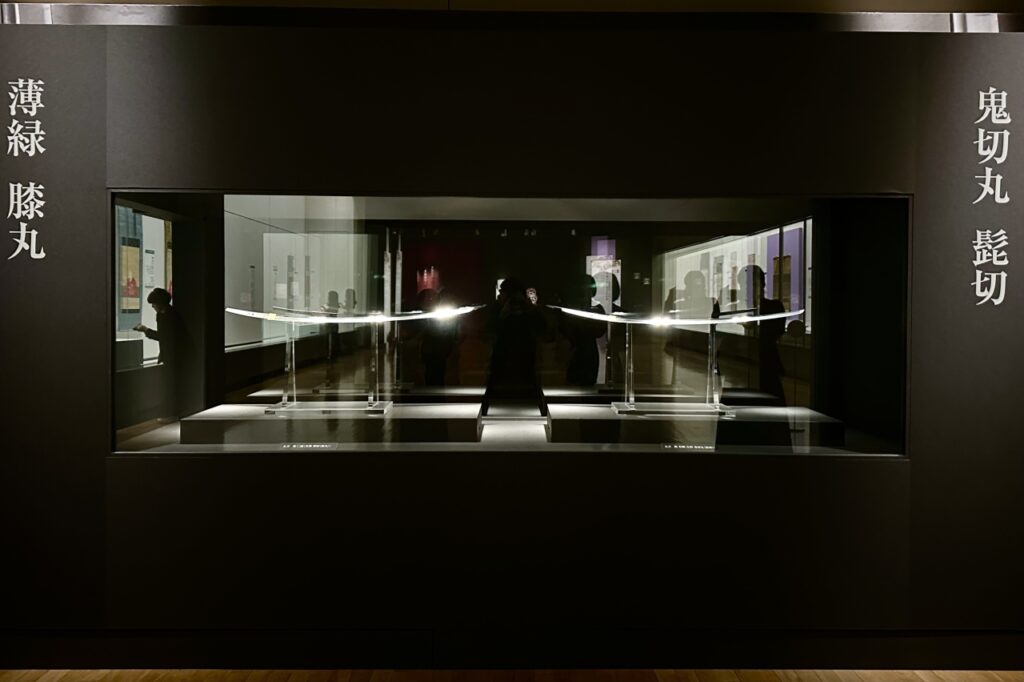
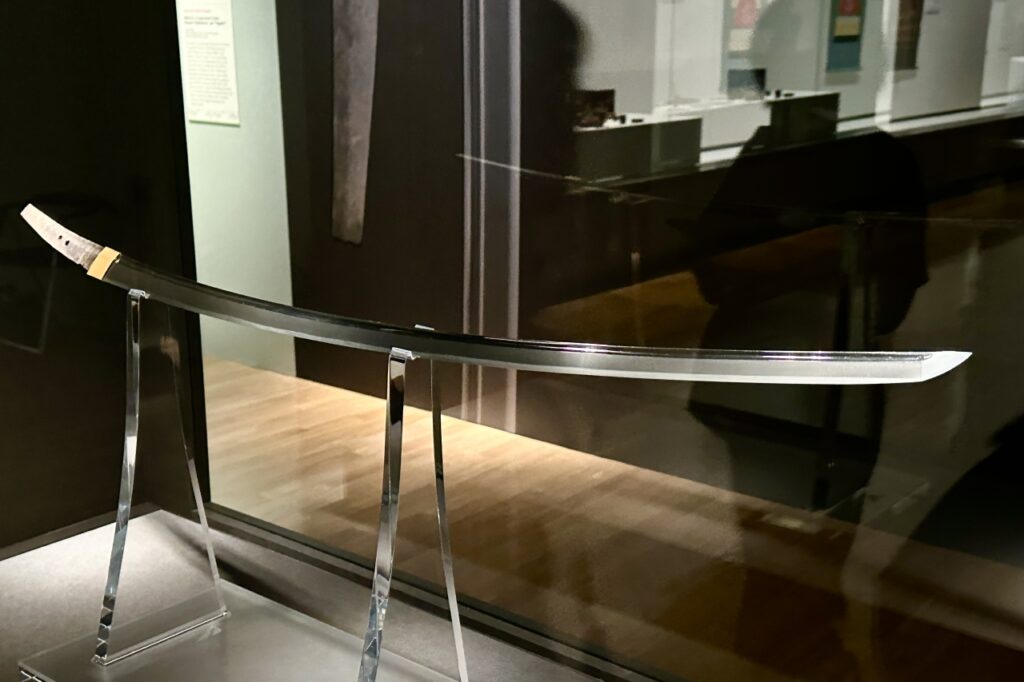
The “Usu Midori (Hizamaru)” has a wide, bold, curved blade with a low tempered, small, irregular blade pattern. It was used by the main line of the Genji clan, including Yorimitsu, Yoshitsune, and Yoritomo, and was passed down to the Otomo, Tahara, and Saionji families, and then to the Yasui Monzeki temple before being passed down to Daikakuji. The “Onikirimaru (Higekiri)” has a slightly narrower blade with a graceful, medium curve and irregular blade pattern. This sword came into the hands of Nitta Yoshisada when the Kamakura Shogunate fell, and was donated to Kitano Tenmangu Shrine via Shiba Takatsune, who killed Yoshisada, and his descendants, the Mogami family.
Based on the belief that “a sword with excellent design has a spiritual power beyond human understanding,” these “brother swords” are said to have many mystical tales attached to them. These legends are closely linked to the rise and fall of the Genji clan, suggesting that the two swords not only symbolize the legitimacy and authority of the main line of the Genji clan, but were also believed to lead their owners to victory. This will be the first time that the two swords will be exhibited together in Tokyo. A special display case and display stand have been set up to make it easy to see the beautiful blades.
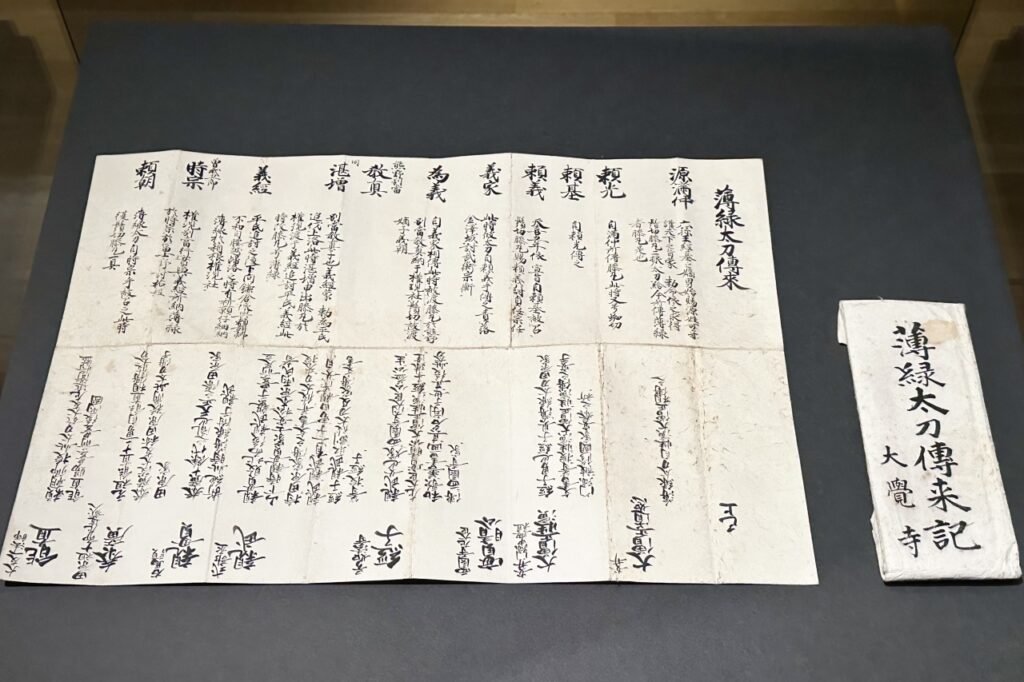
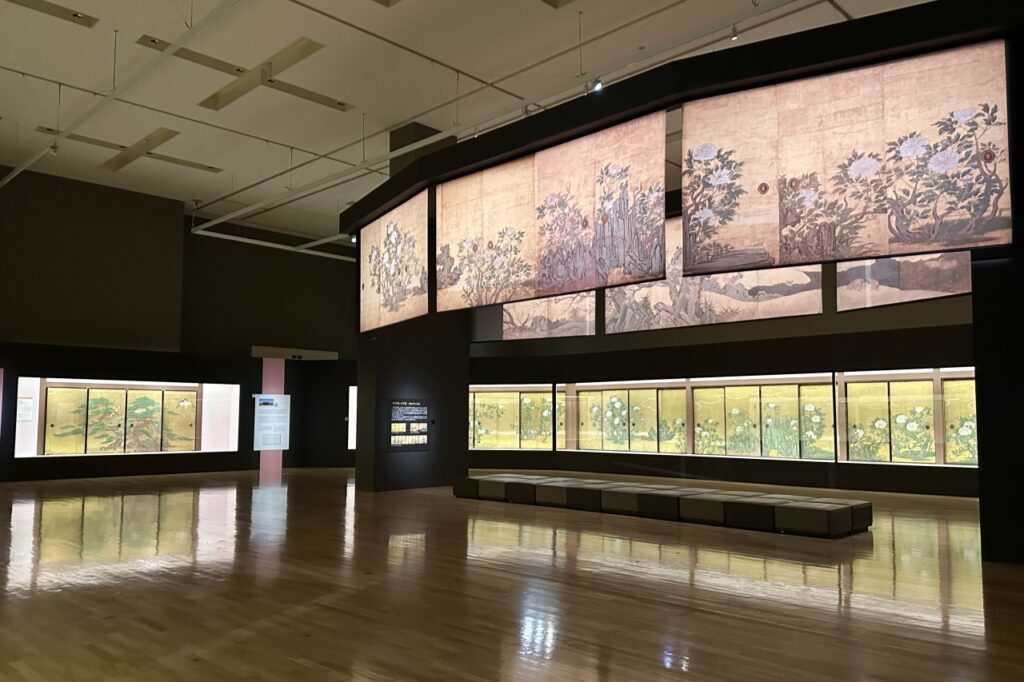
Chapter 4, “Sliding Door Paintings of the Empress’s Palace – Seishinden and Shinden,” is the highlight of the exhibition. The Shinden , located in the center of the Daikakuji temple complex, is a Shinden-style building bestowed by Emperor Gomizunoo, and was the relocated palace of Wako (Tofukumon’in), who entered the Imperial Court in 1620. The Seishinden, located to the northwest of it, is a Shoin-style building built during the Azuchi-Momoyama period, and was used as the throne room (residence) of successive head priests.
Many of the approximately 240 sliding door and shoji paintings that decorate the interior were created by Kano Sanraku (1559-1635), a painter representing the Azuchi-Momoyama to Edo periods who served the Toyotomi and Kujo families, and are collectively designated as Important Cultural Properties. The temple is currently undergoing a major restoration that has been ongoing for 14 years, and this exhibition focuses on works that have been restored, with 123 paintings (100 from the early period and 102 from the later period) being shown. It is said that this is the first time that paintings on this scale have been taken outside the temple, and the spectacular sight is captivating.
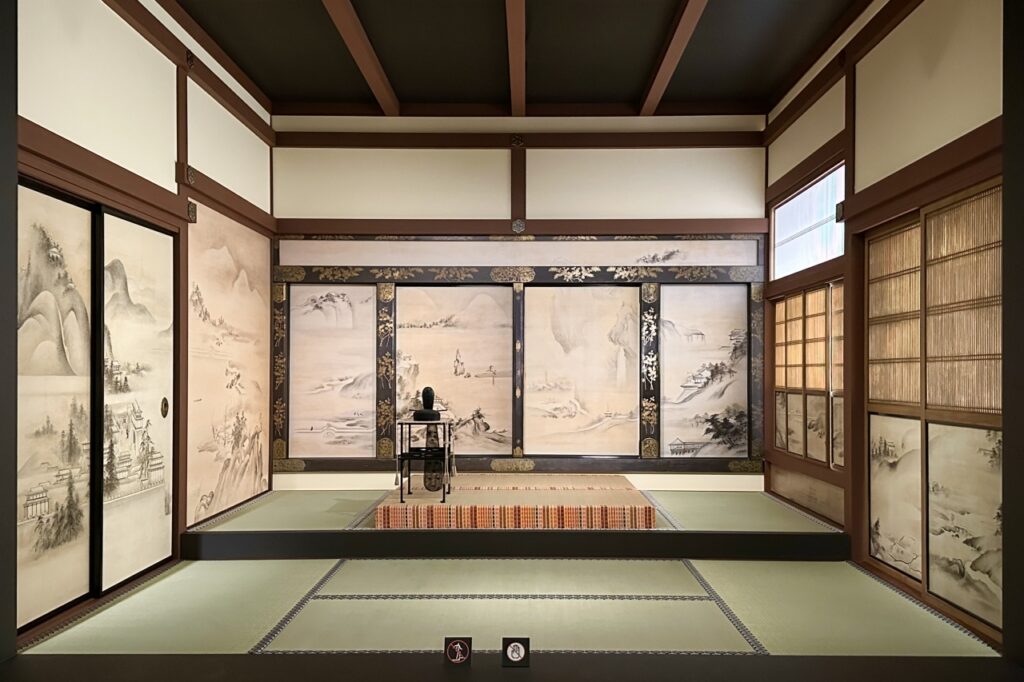
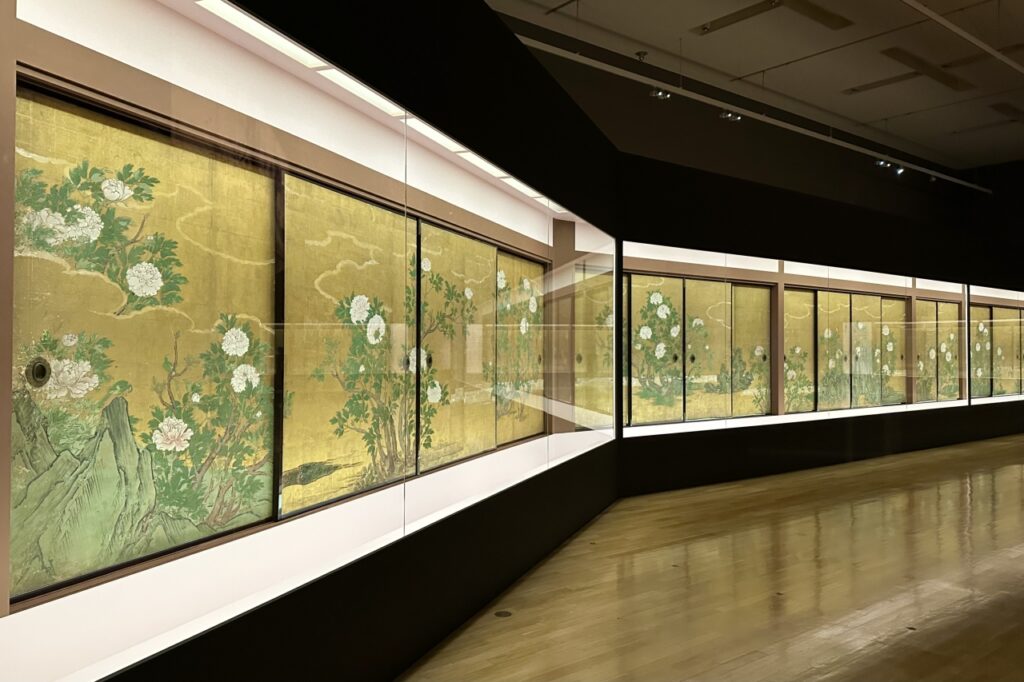
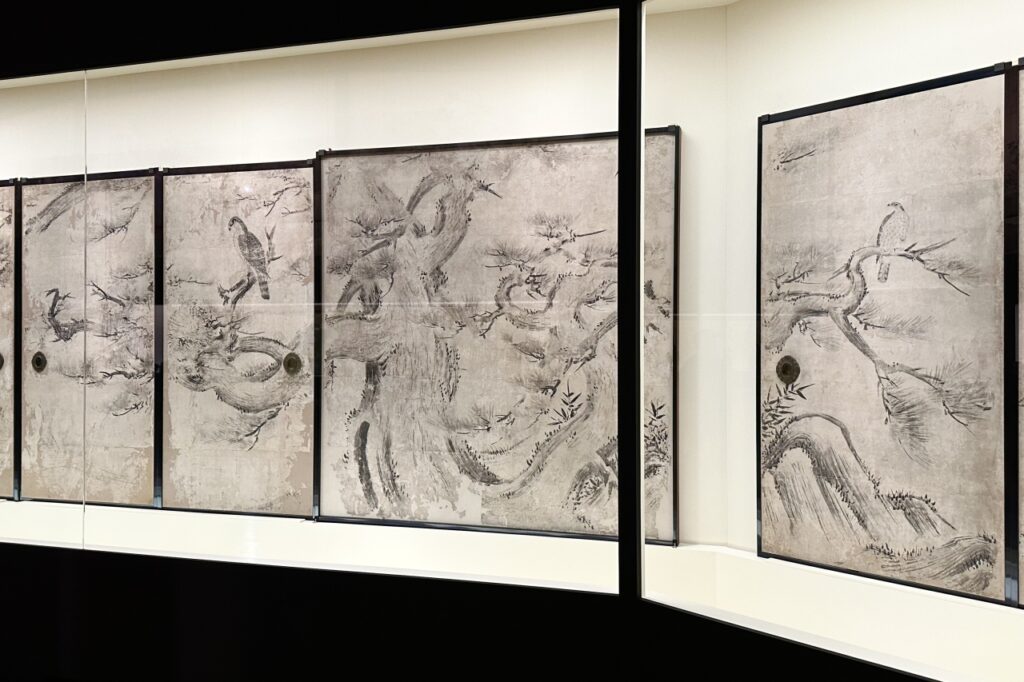
The 13-panel “Pine and Hawk” painting, which decorates the “Hawk Room” of the main bedroom, is a representative work of Sanraku’s ink-wash painting of flowers and birds, depicting a giant pine tree and a brave hawk within a long screen. Some may recall the “Cypress Screen” by Sanraku’s teacher, Kano Eitoku (1543-90), housed in the Tokyo National Museum, with its dynamic movement created by the large, undulating thick trunk and meandering branches, and the balance that dominates the whole work.

One of Sanraku’s greatest masterpieces , Red and White Plum Blossoms (8 panels), which beautifully blends realism with decoration and decorates the Red Plum Blossom Room in the Shinden Palace, also shows the influence of Eitoku in the depiction of the large tree spread across the entire screen. However, all of these works are portrayed with a softer, gentler tone than Eitoku’s boldness, suggesting that Sanraku inherited his master’s characteristics while refining his own stylistic individuality.
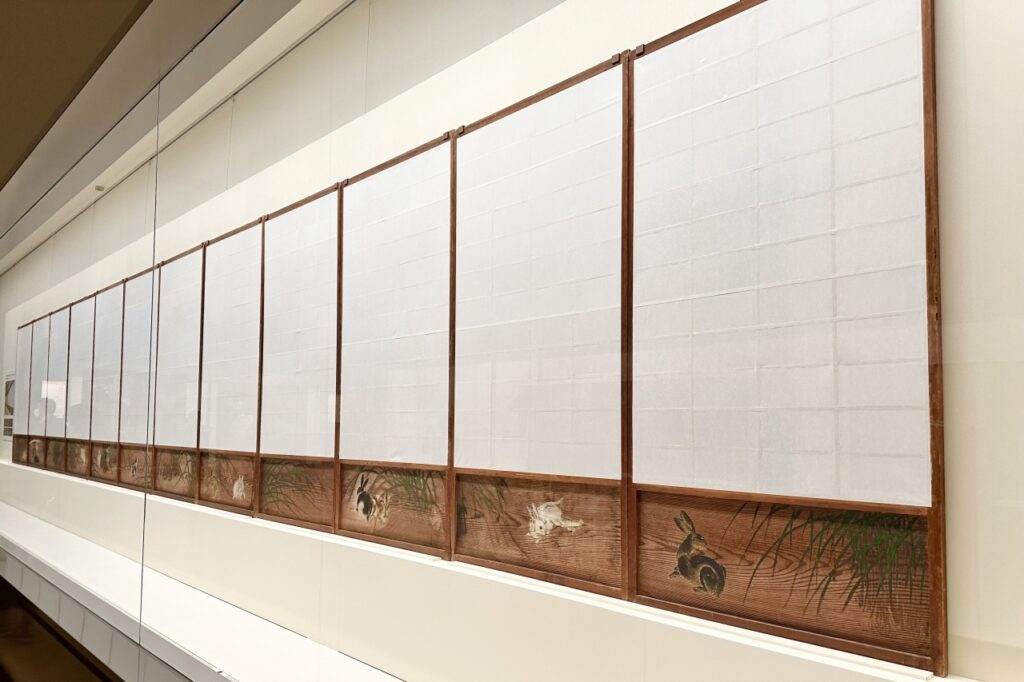

The 12-panel painting of rabbits on the lower shoji screens decorating the veranda of the main bedroom was created by Watanabe Shiki (1683-1755), a mid-Edo period painter who studied under the Kano school and Ogata Korin. It is said to have been commissioned by Konoe Iehiro to comfort his son, born in the year of the rabbit, who entered Daikakuji Temple at a young age from the Konoe family. The painting features 19 rabbits in a variety of poses, such as with ears on their hind legs or relaxing close together, set amongst sprawling wildflowers.
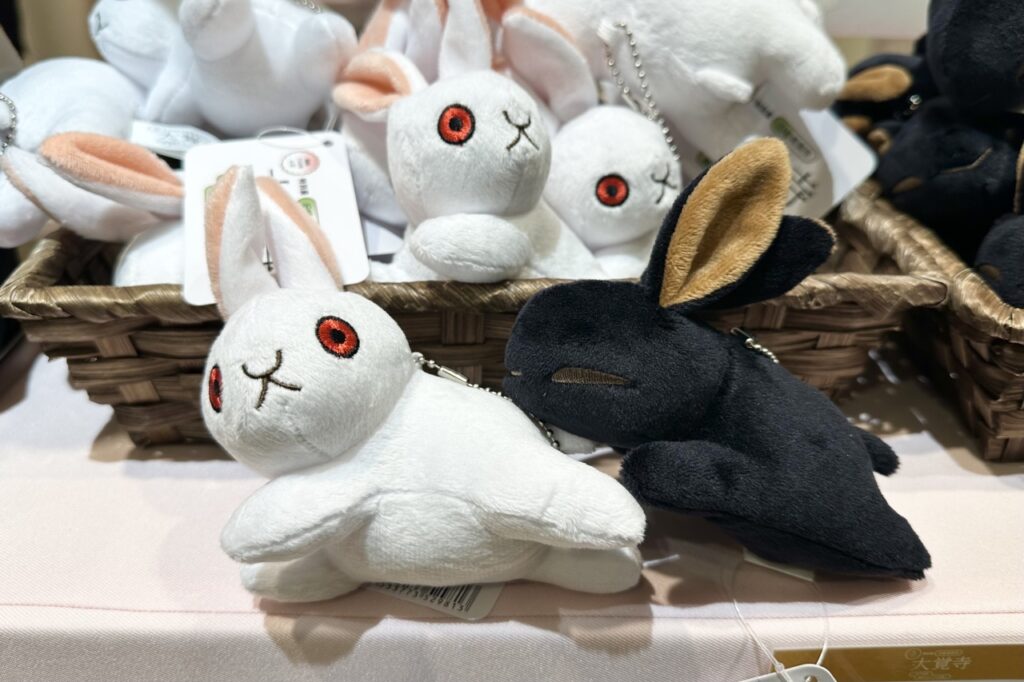
The special exhibition “Former Saga Imperial Palace, Daikakuji Temple – A Profusion of Paintings Related to the Imperial Palace,” which allows visitors to immerse themselves in the temple’s long history and elegant atmosphere, will be held until March 16, 2025.
Summary of the special exhibition commemorating the 1150th anniversary of the founding of the temple: “Former Saga Imperial Palace, Daikakuji Temple – A Profusion of Paintings Related to the Imperial Palace”
| Dates | January 21, 2025 (Tuesday) – March 16, 2025 (Sunday)
*Some of the works on display will be changed during the exhibition. |
| venue | Tokyo National Museum Heiseikan (Ueno Park) |
| Opening hours | 9:30-17:00 *Last admission is 30 minutes before closing. |
| Closed Days | Mondays (open on February 10th and 24th), February 25th (Tuesday) |
| Organizer | Tokyo National Museum, Daikakuji Temple, Yomiuri Shimbun, Nippon Television Network Corporation, BS Nippon Television |
| inquiry | 050-5541-8600 (Hello Dial) |
| Exhibition official website | https://tsumugu.yomiuri.co.jp/daikakuji2025/ |
*The contents of this article are current as of the time of coverage. Please check the official exhibition website for the latest information.
Article provided by: Kokosil Ueno


